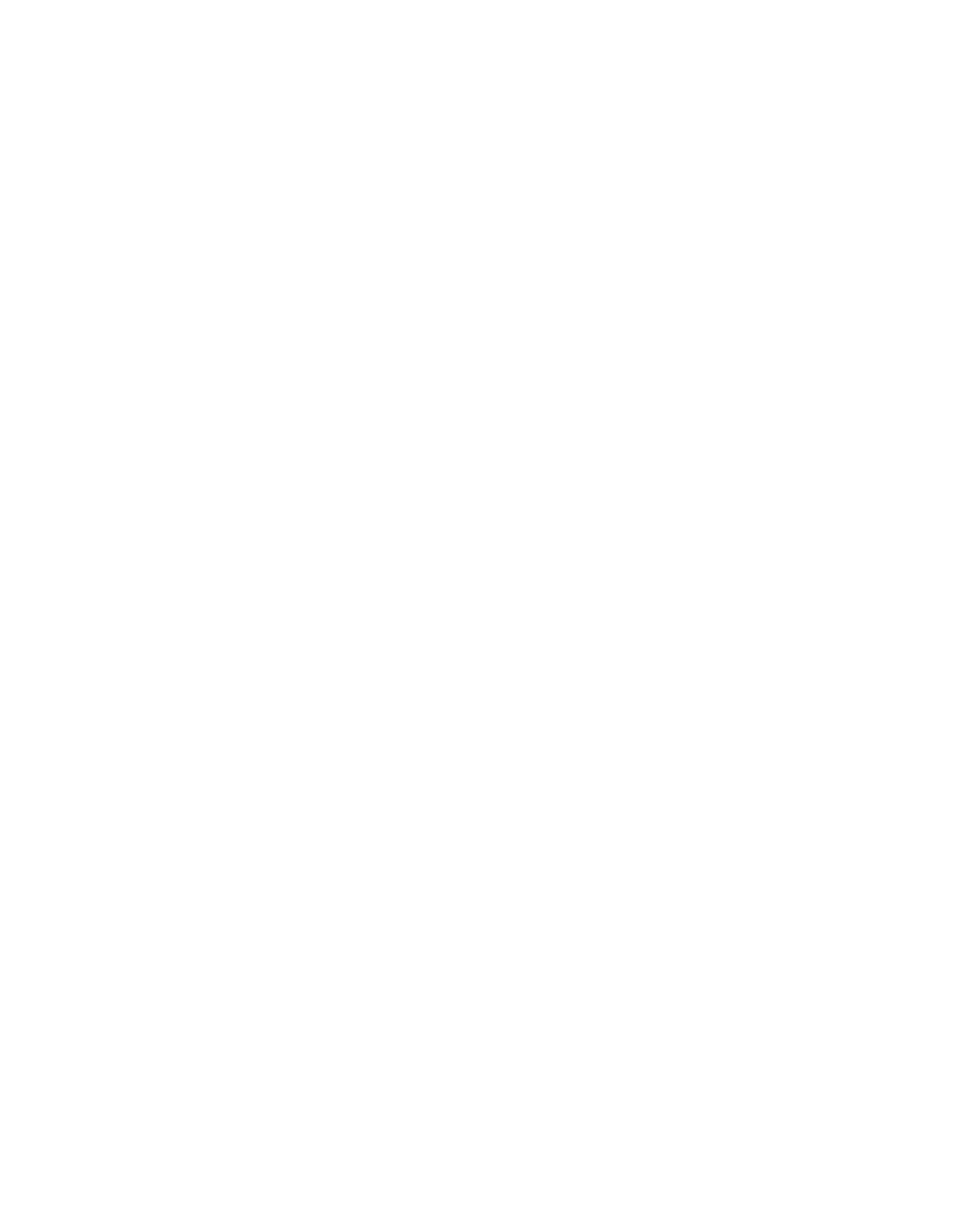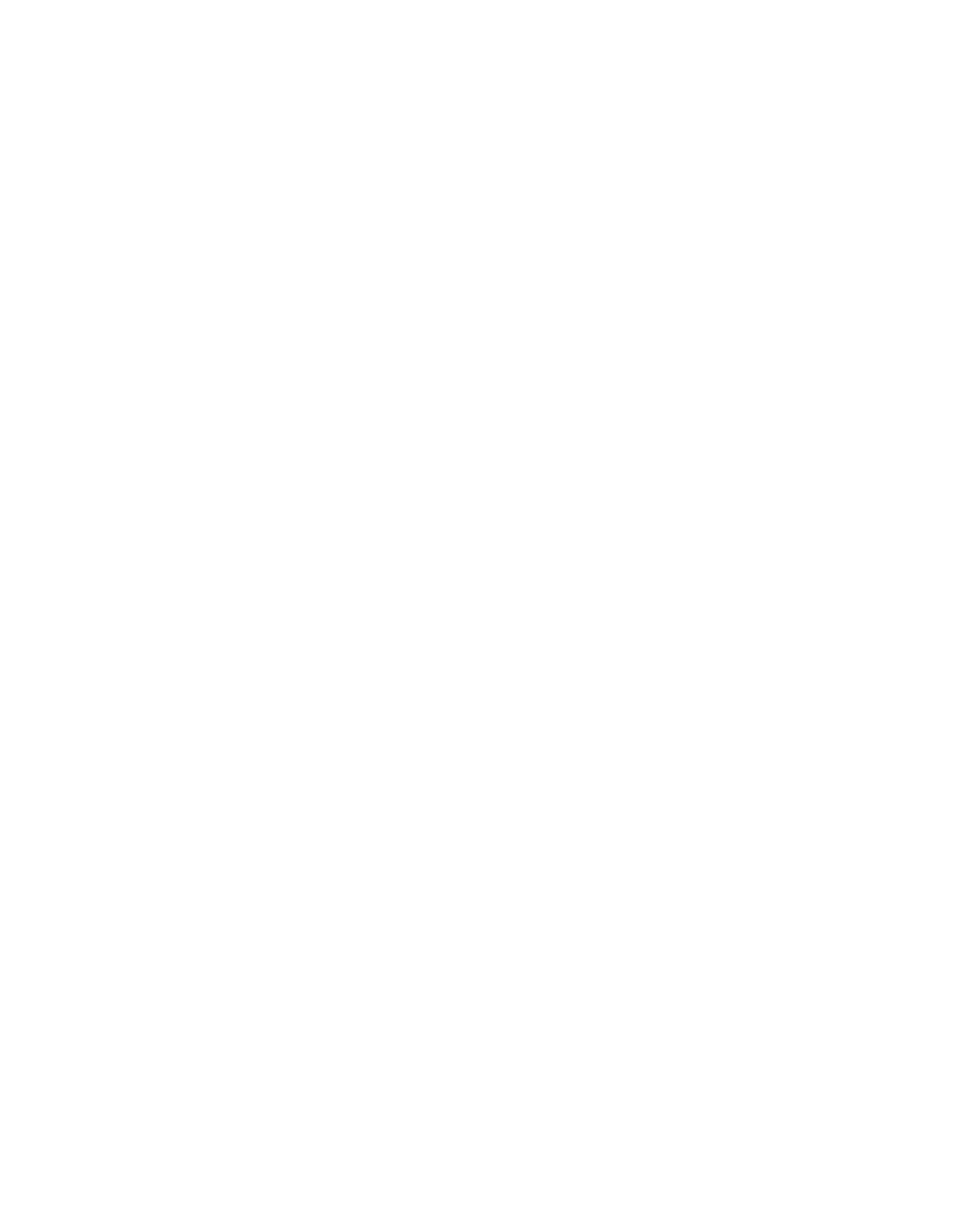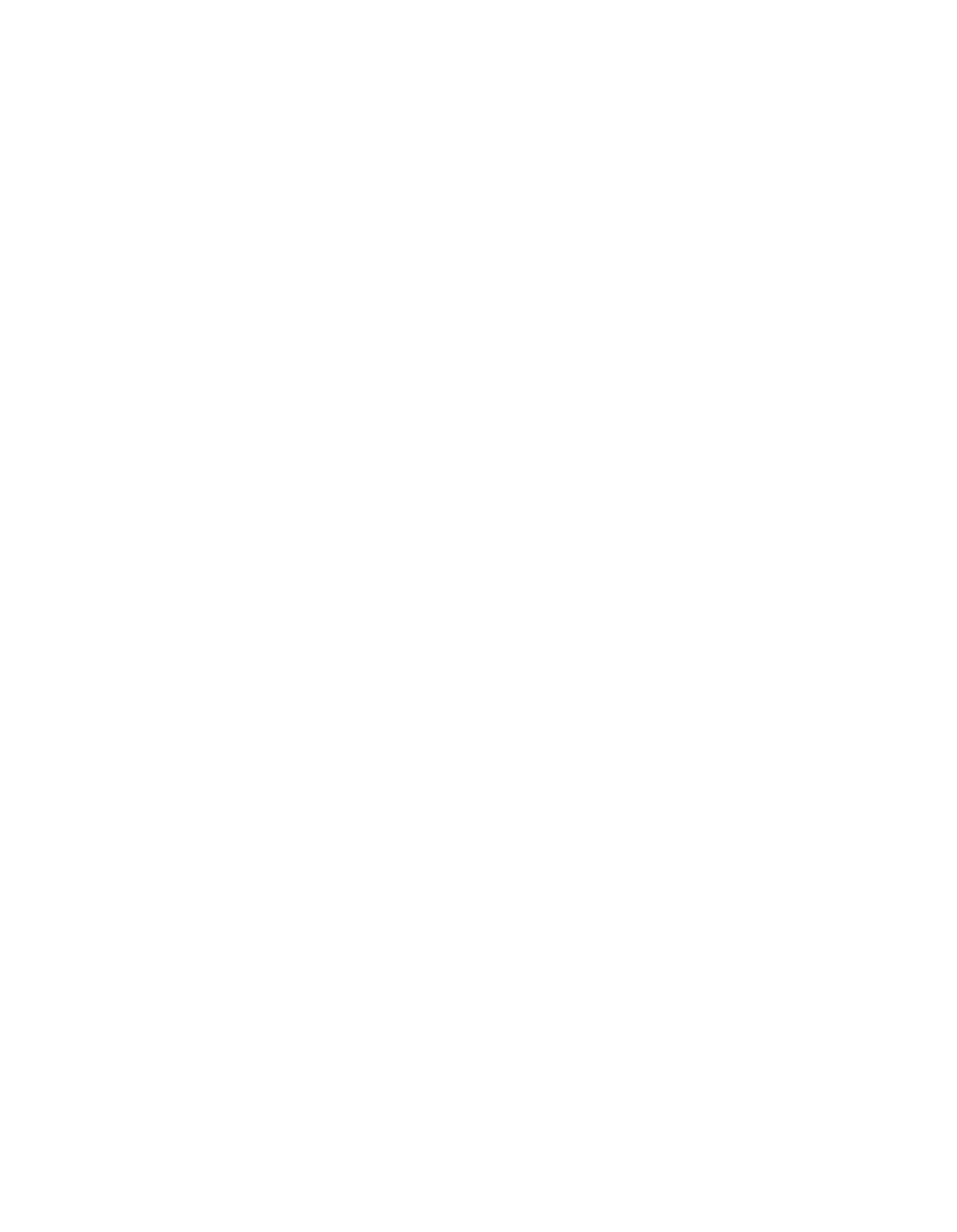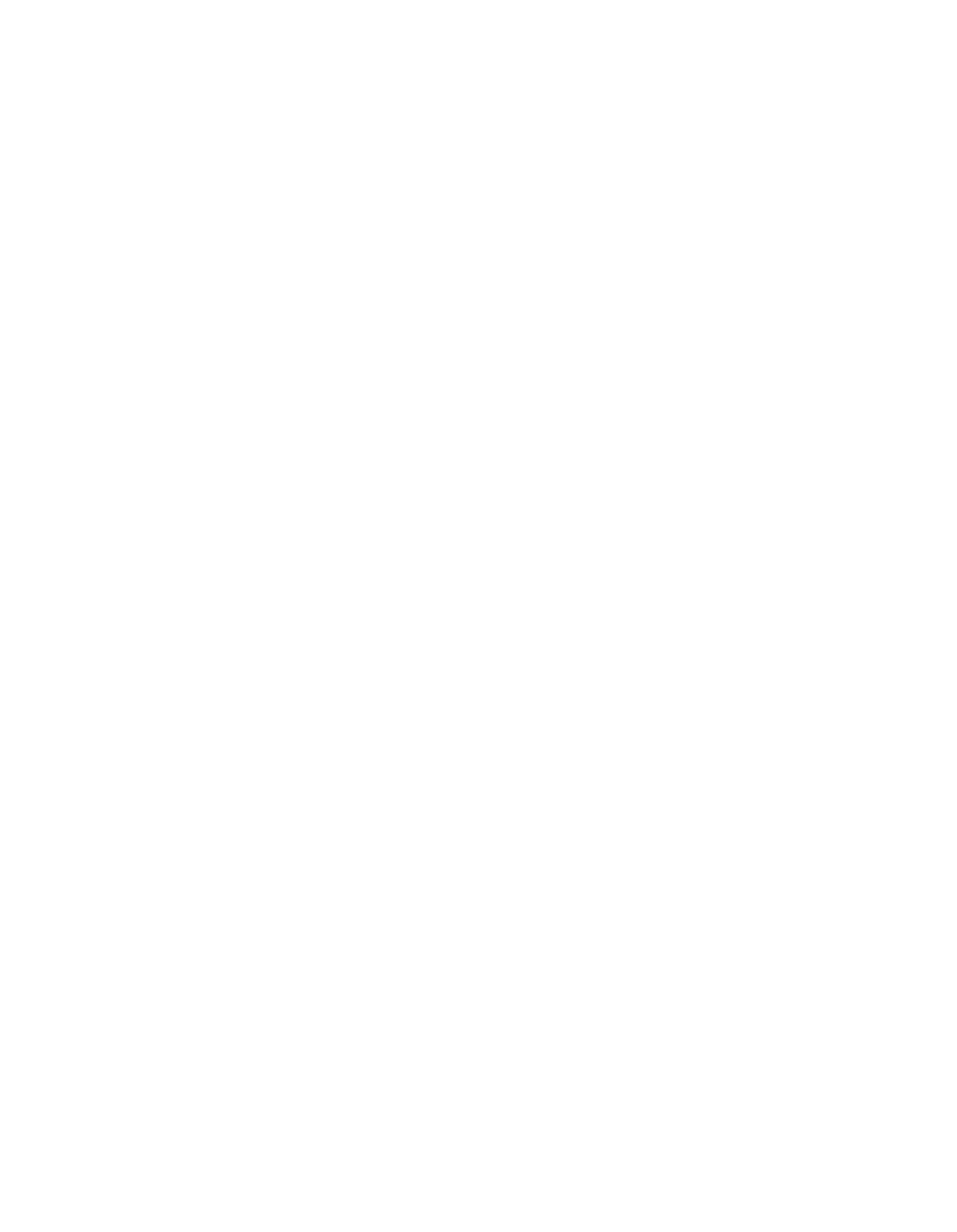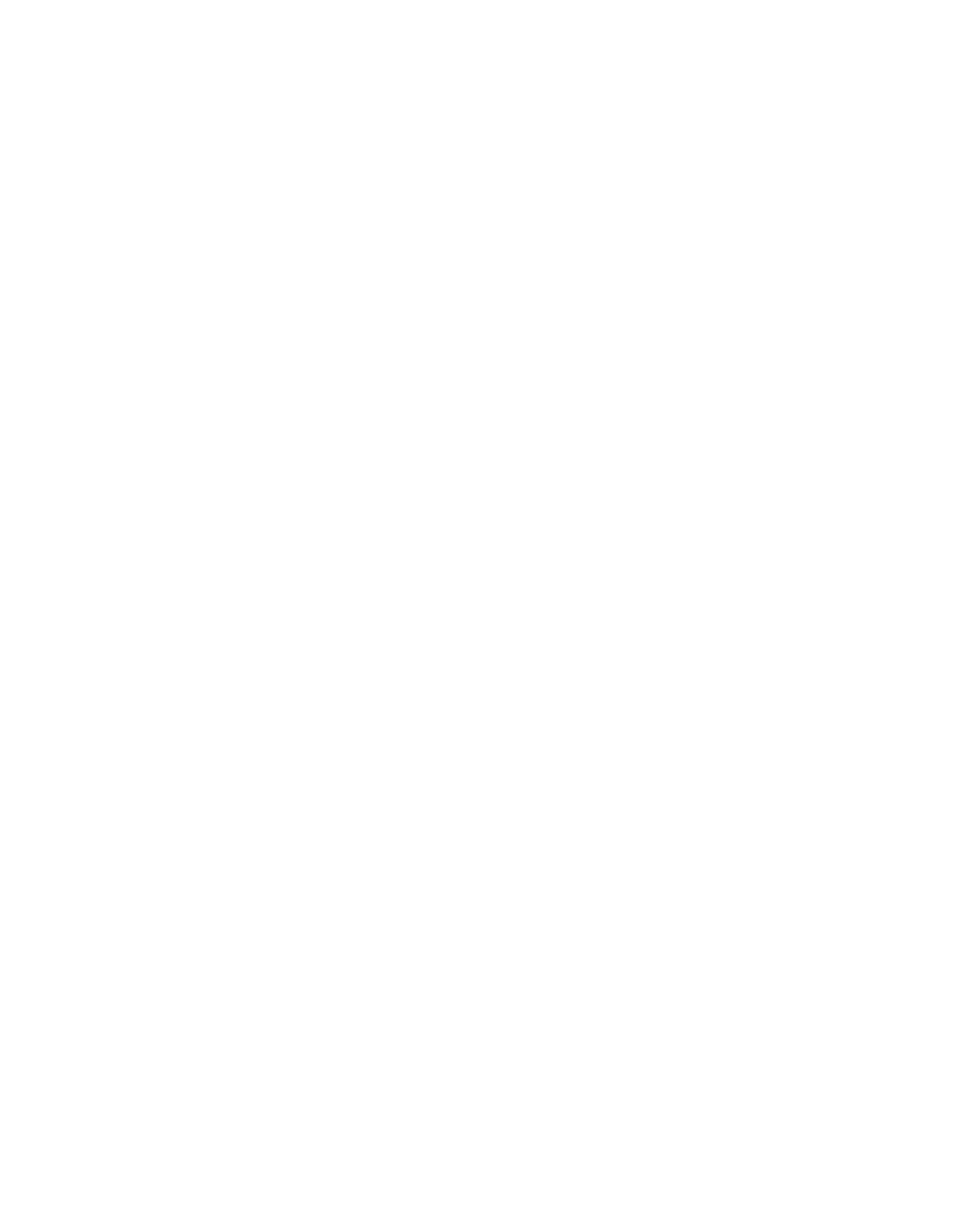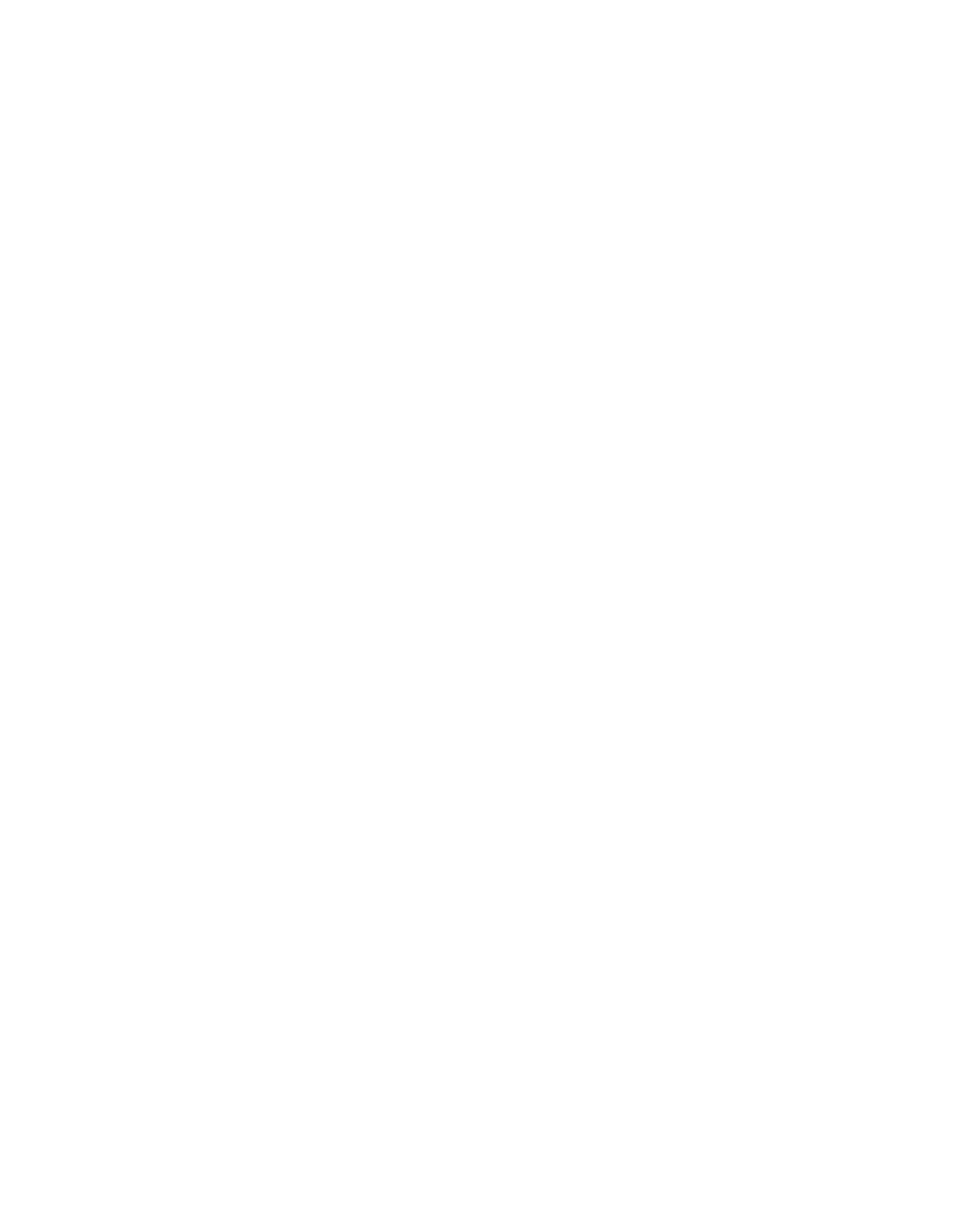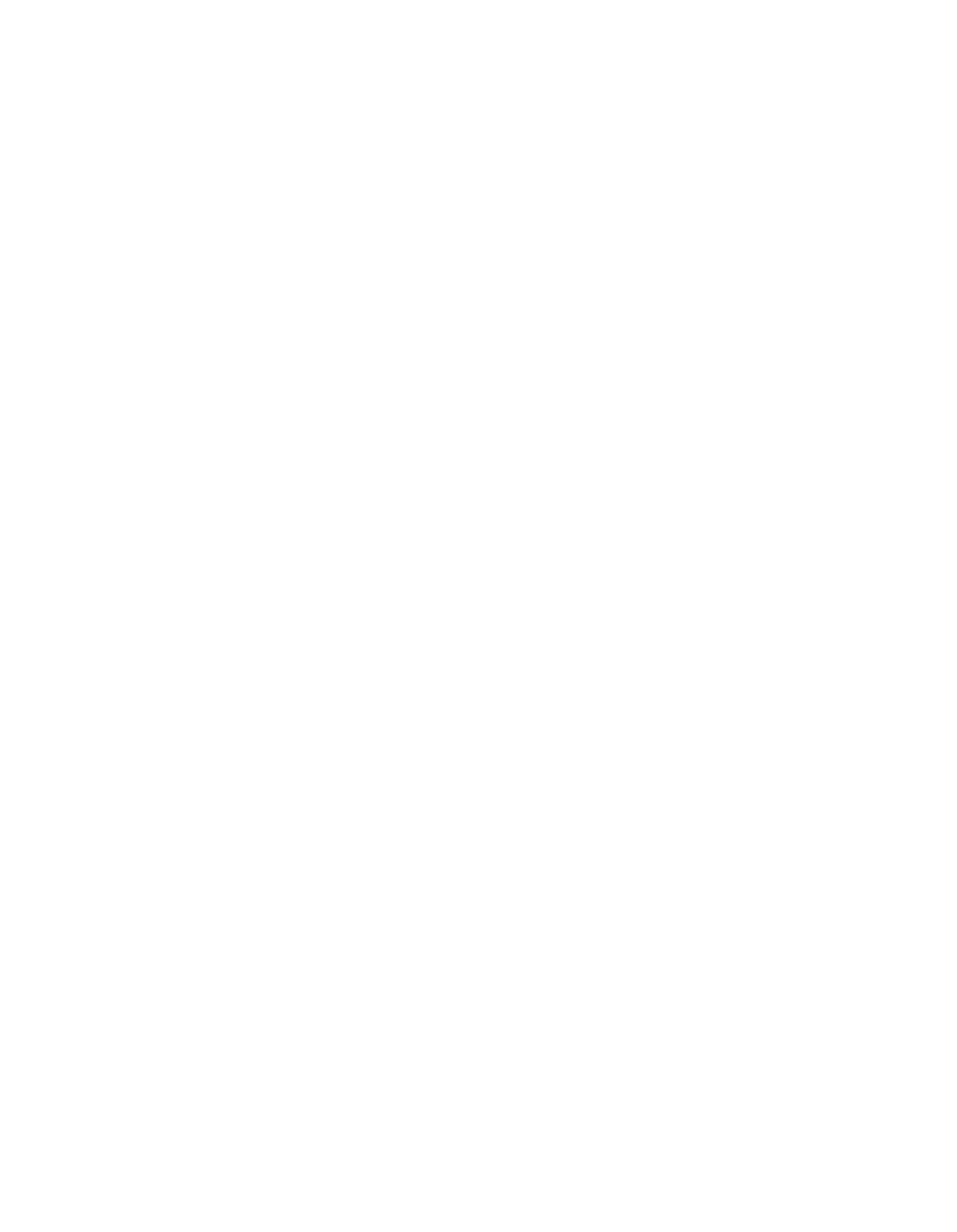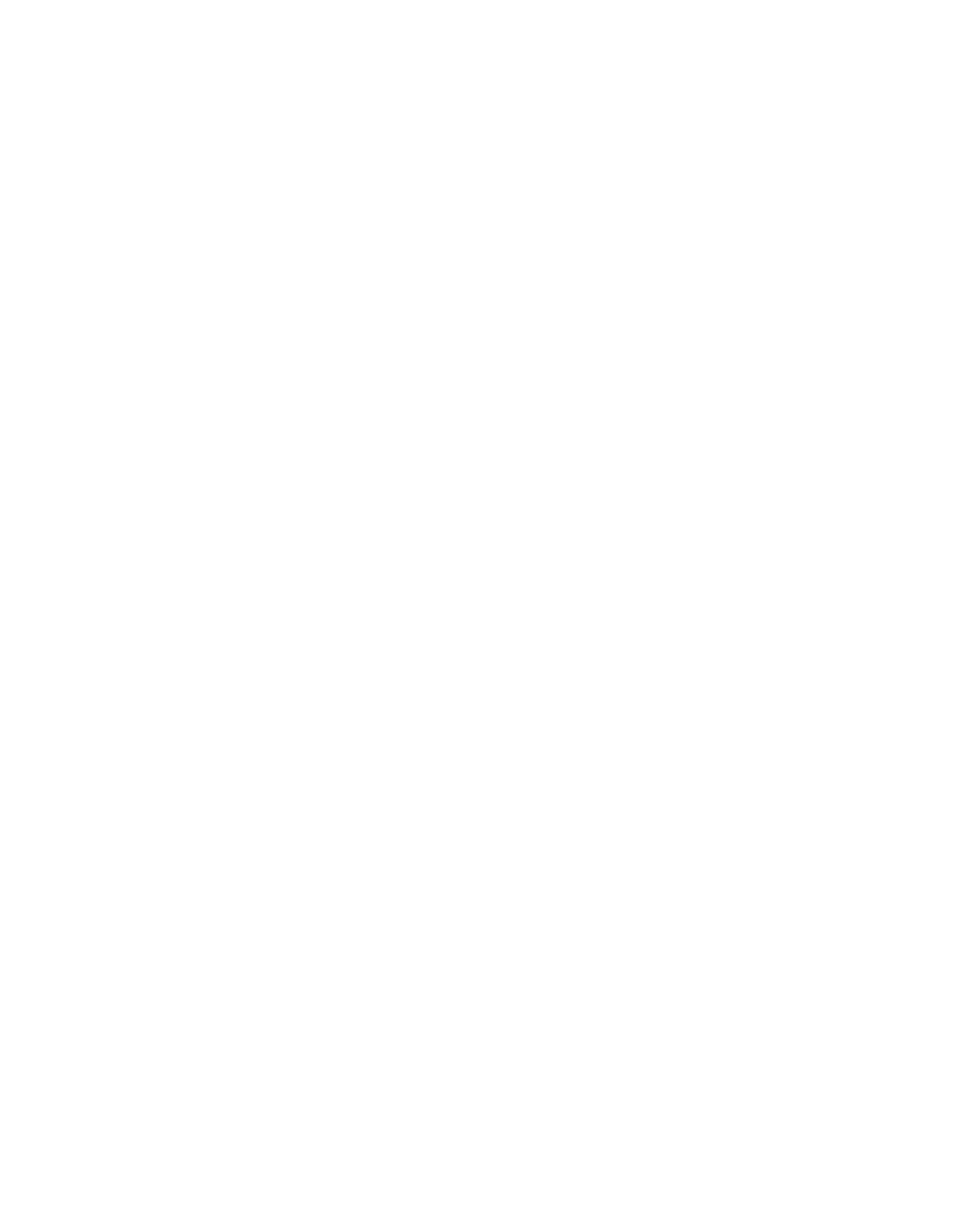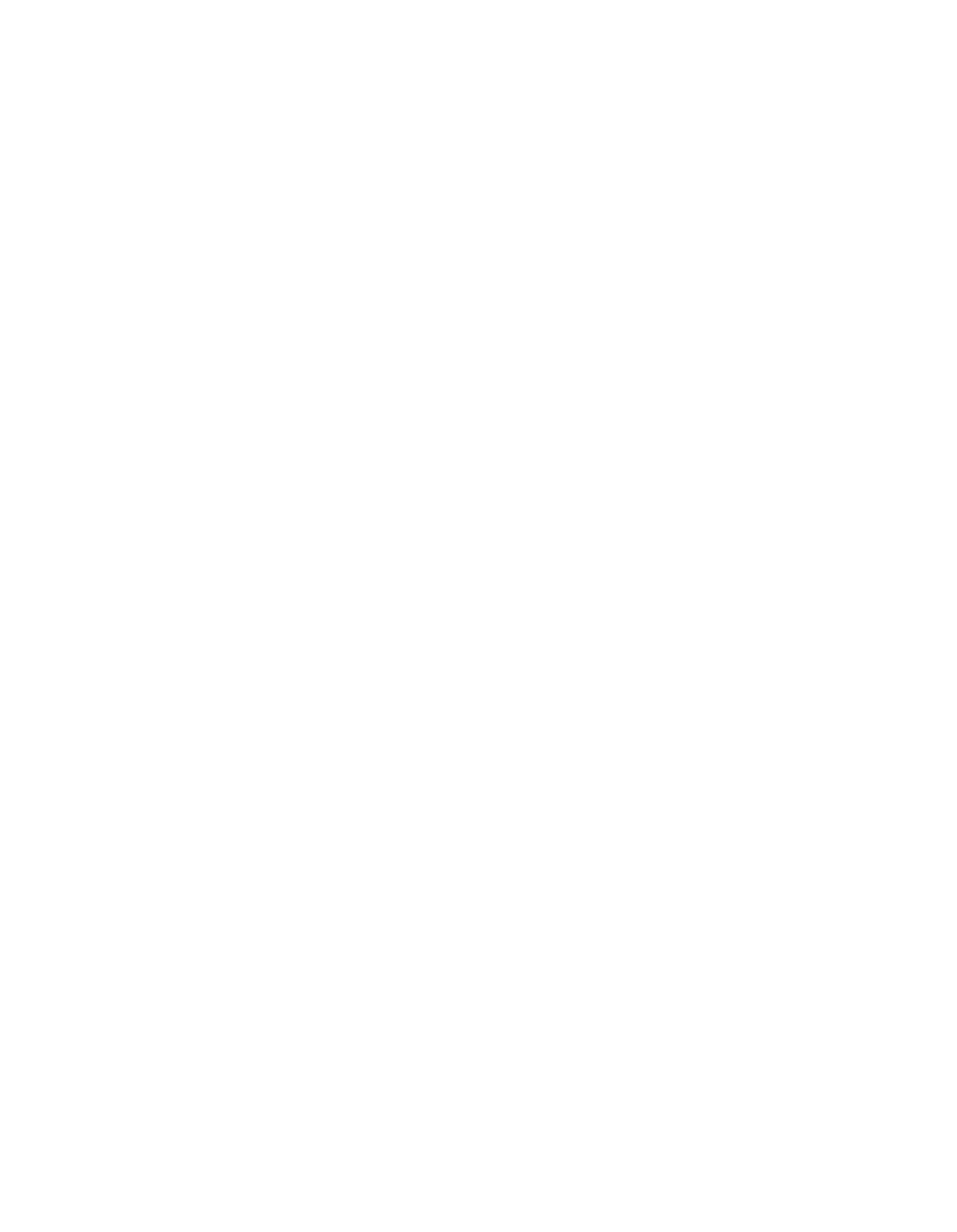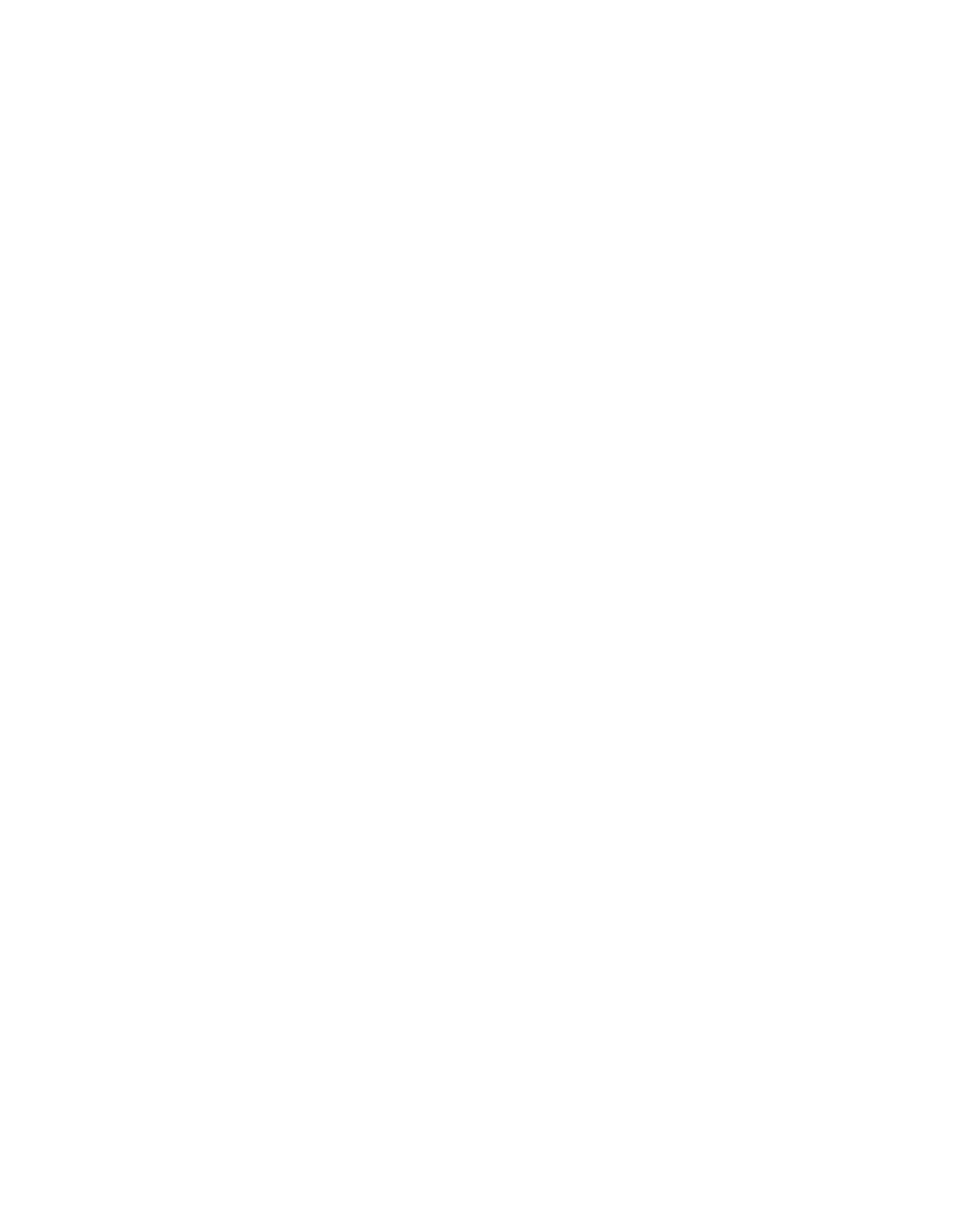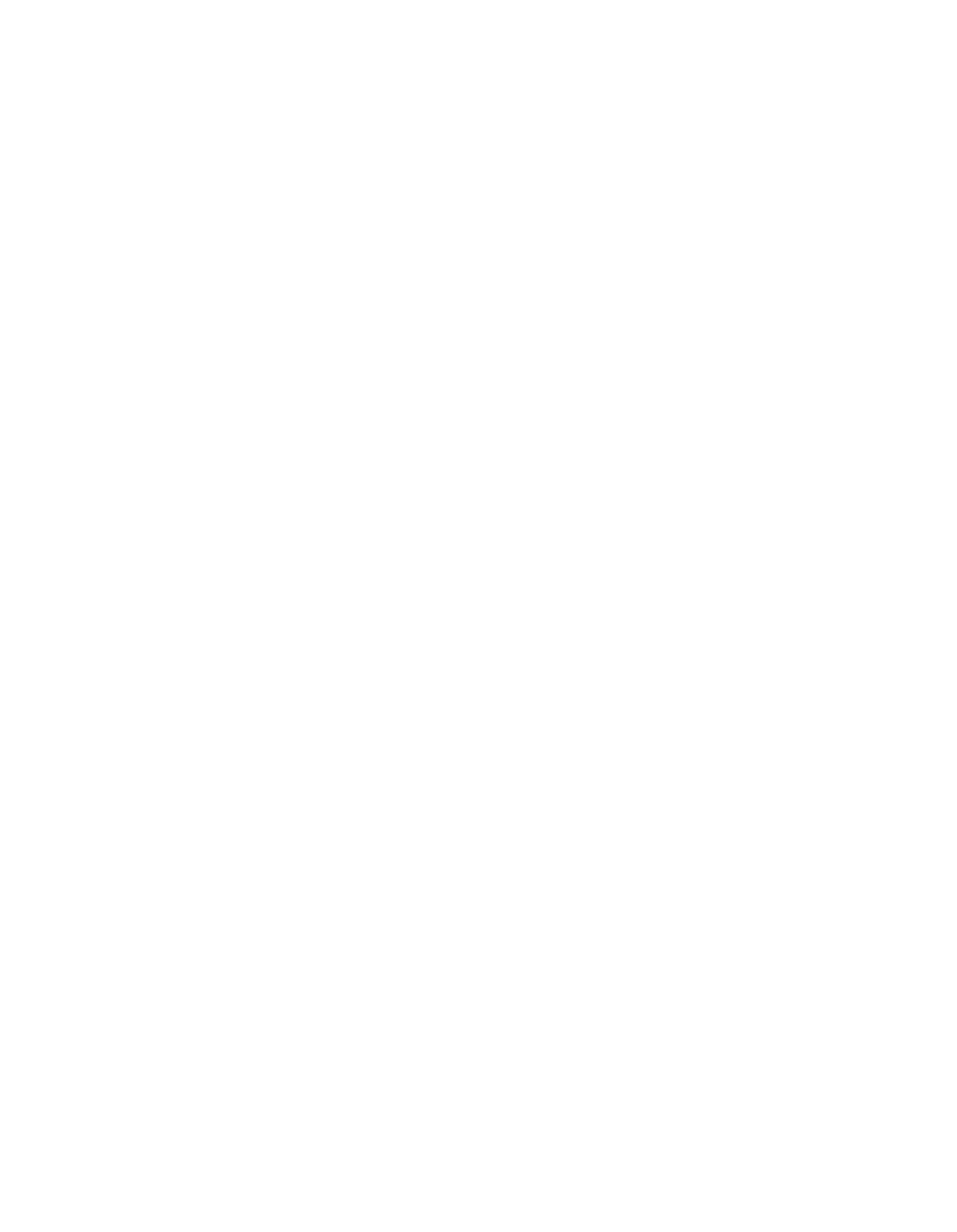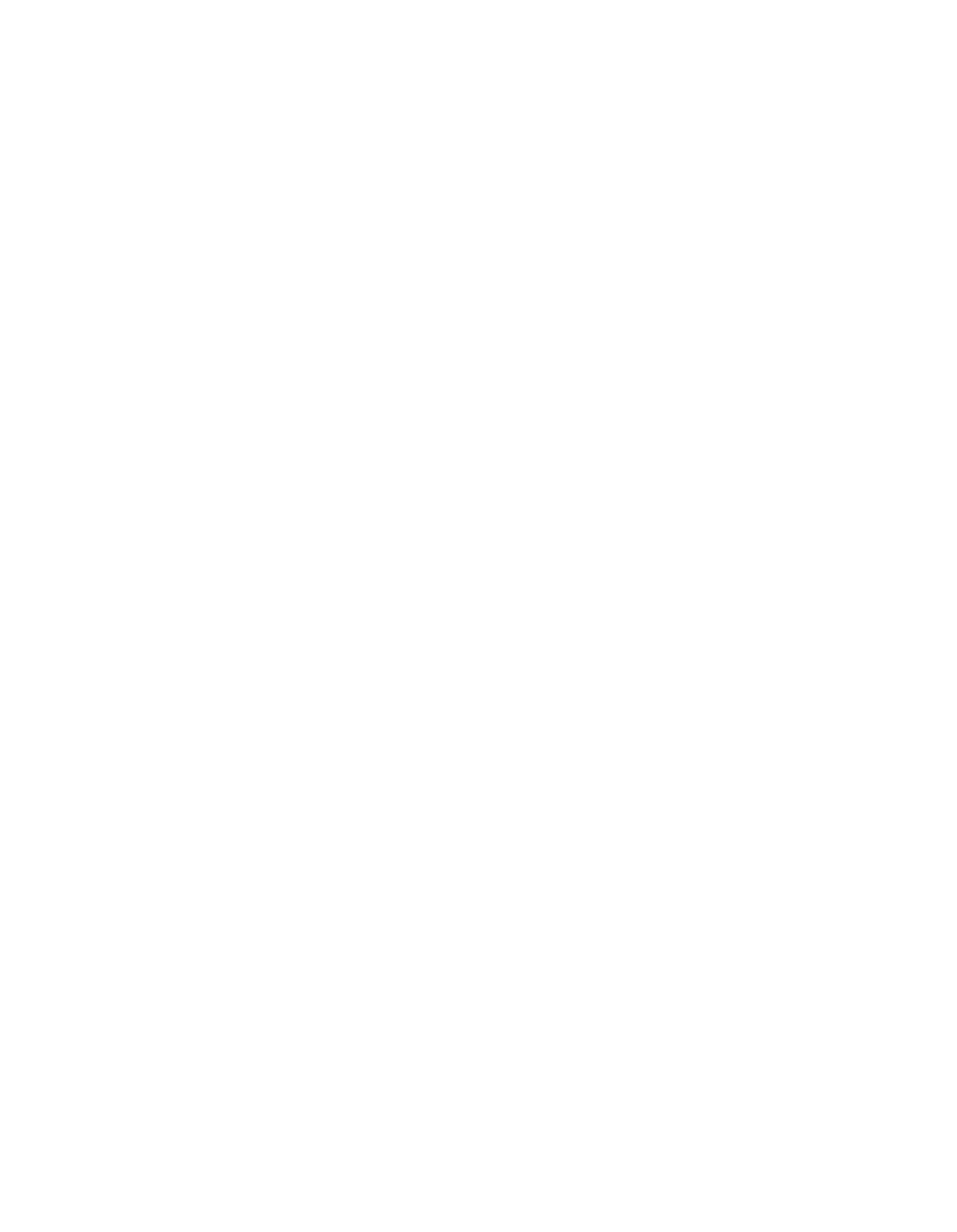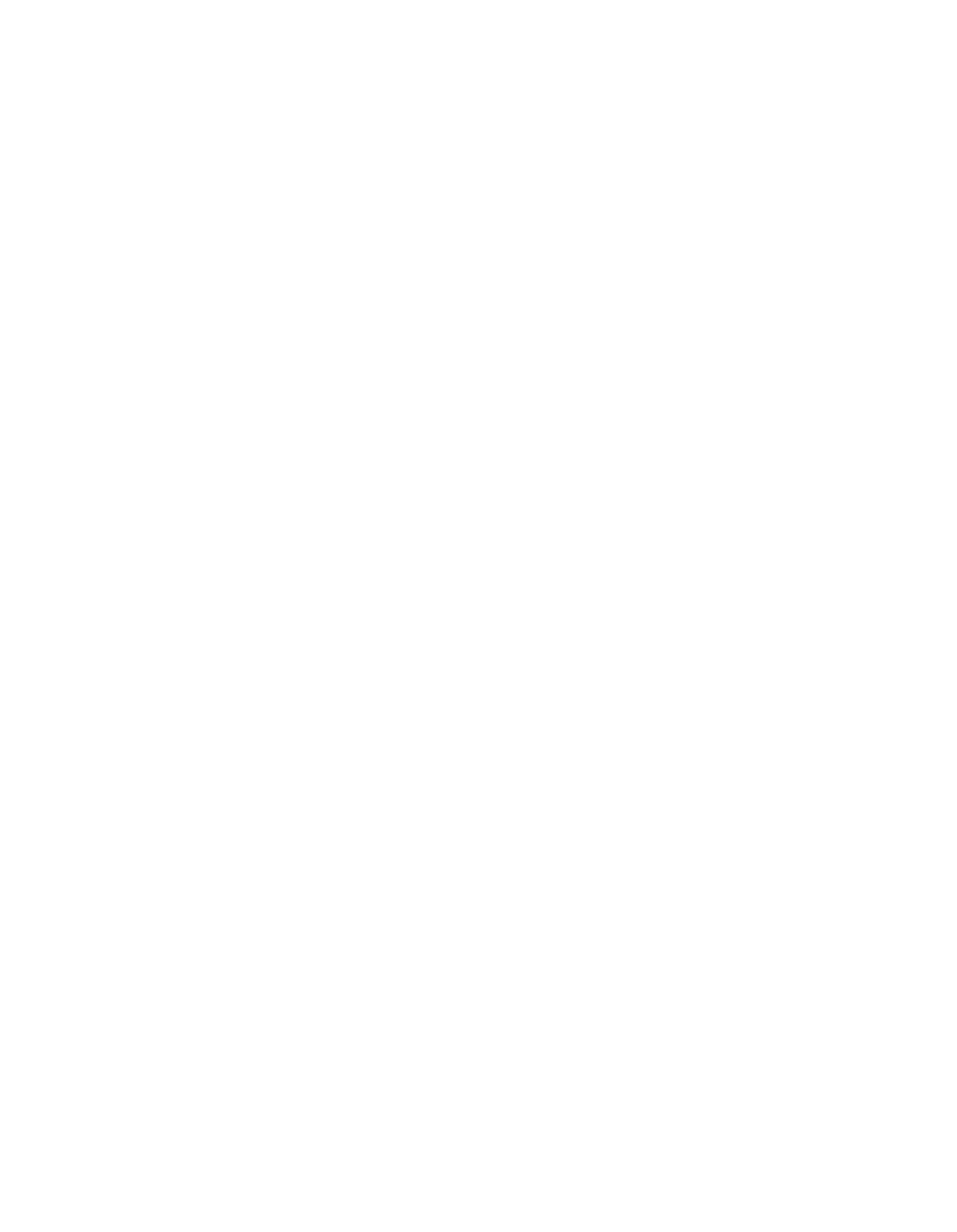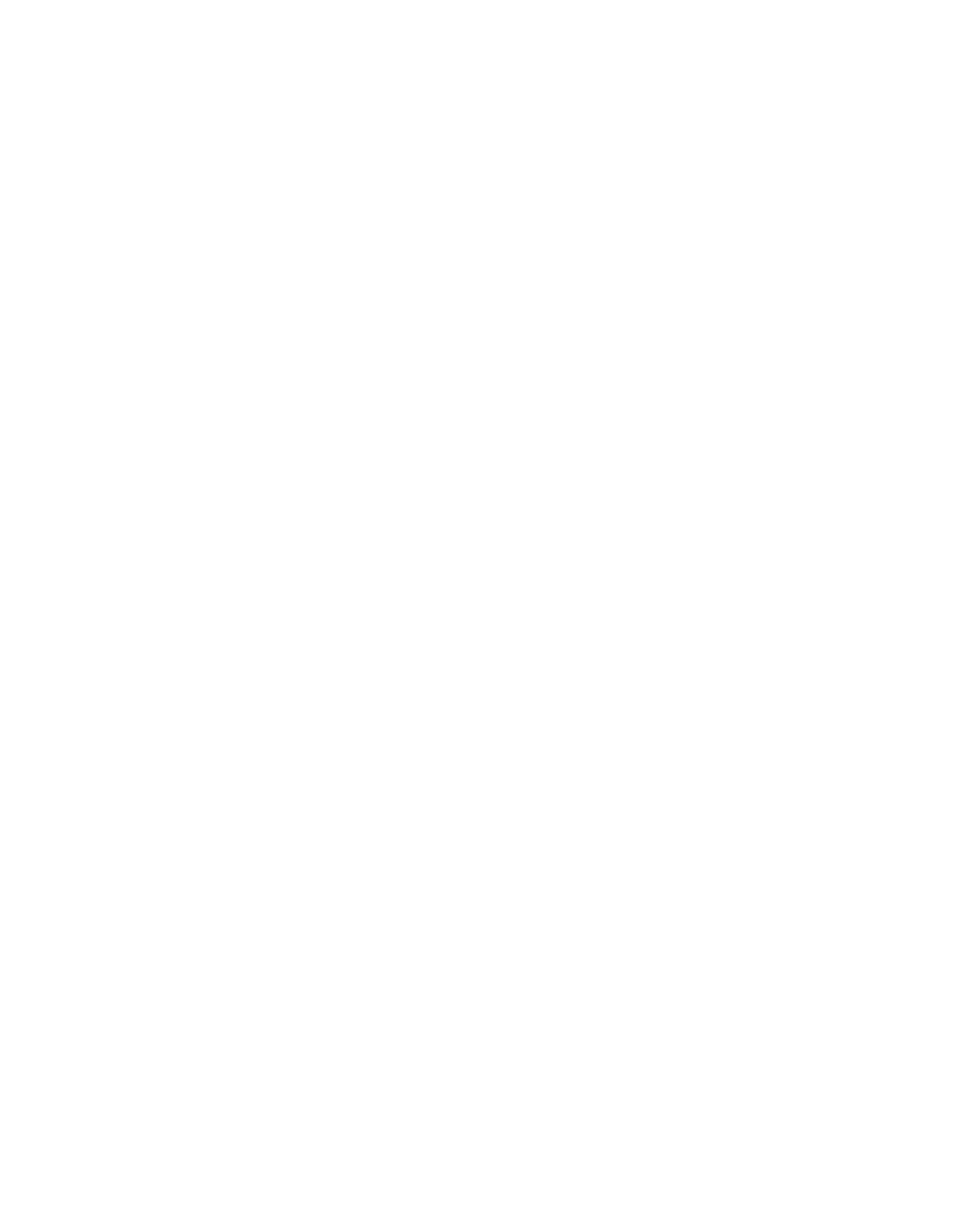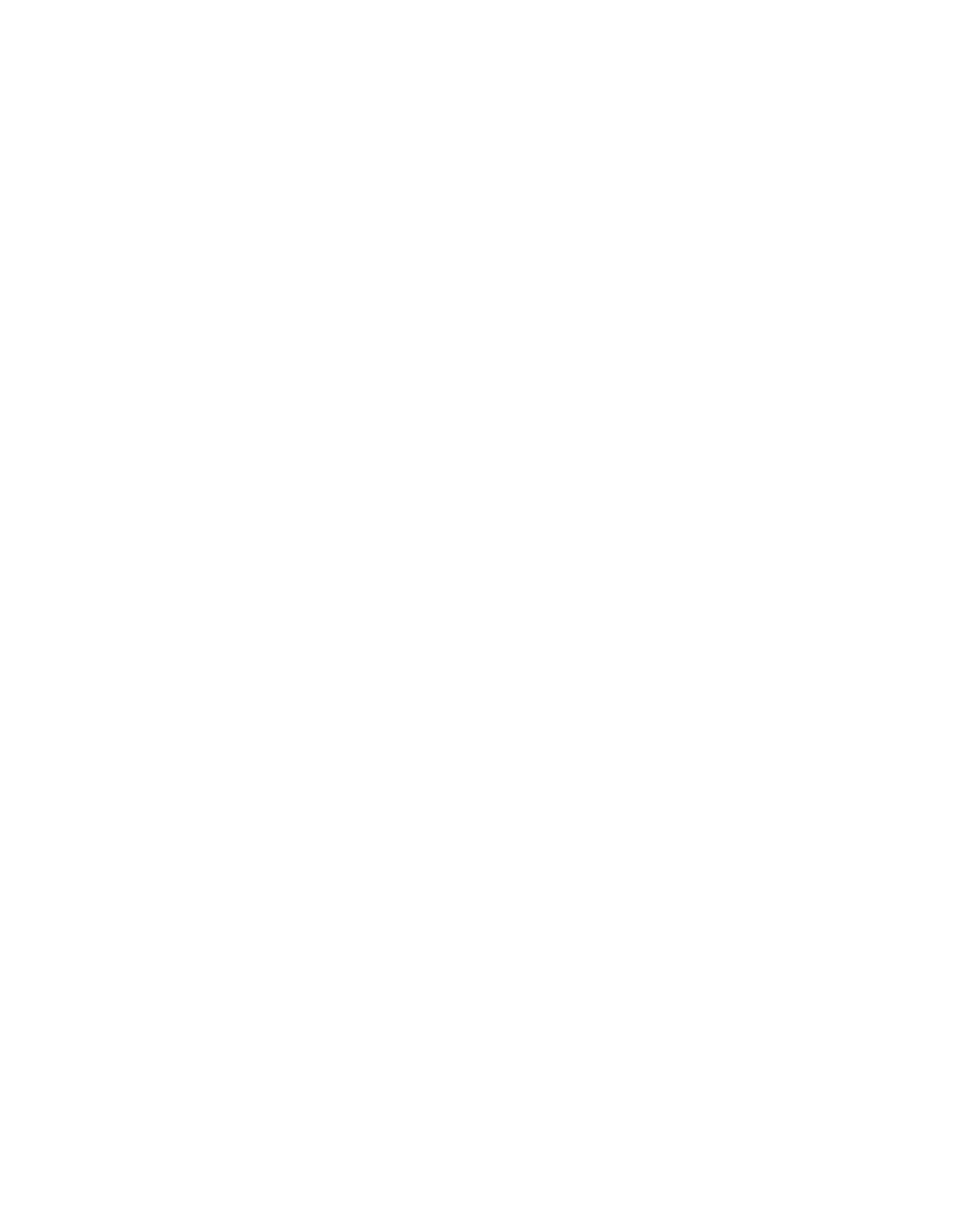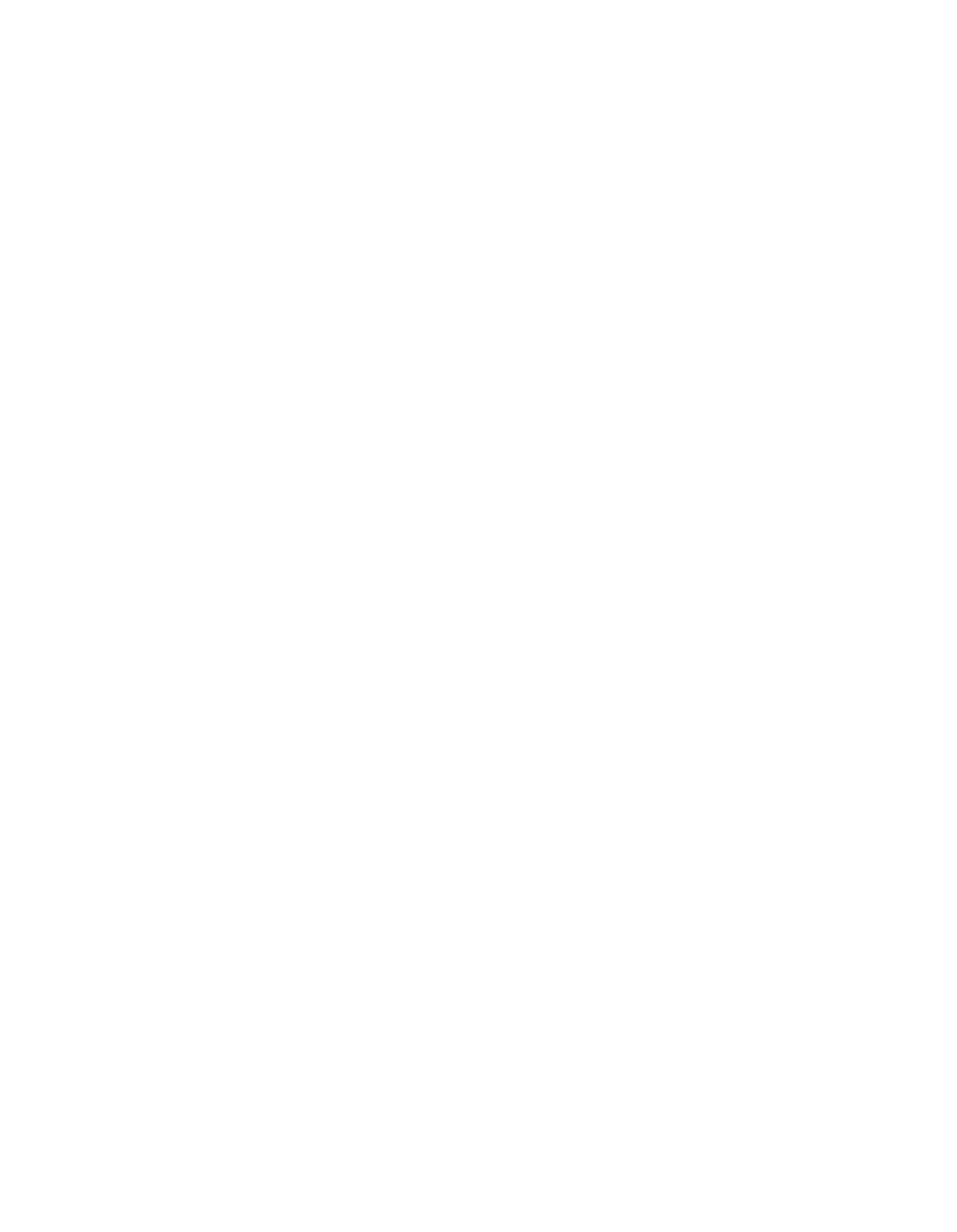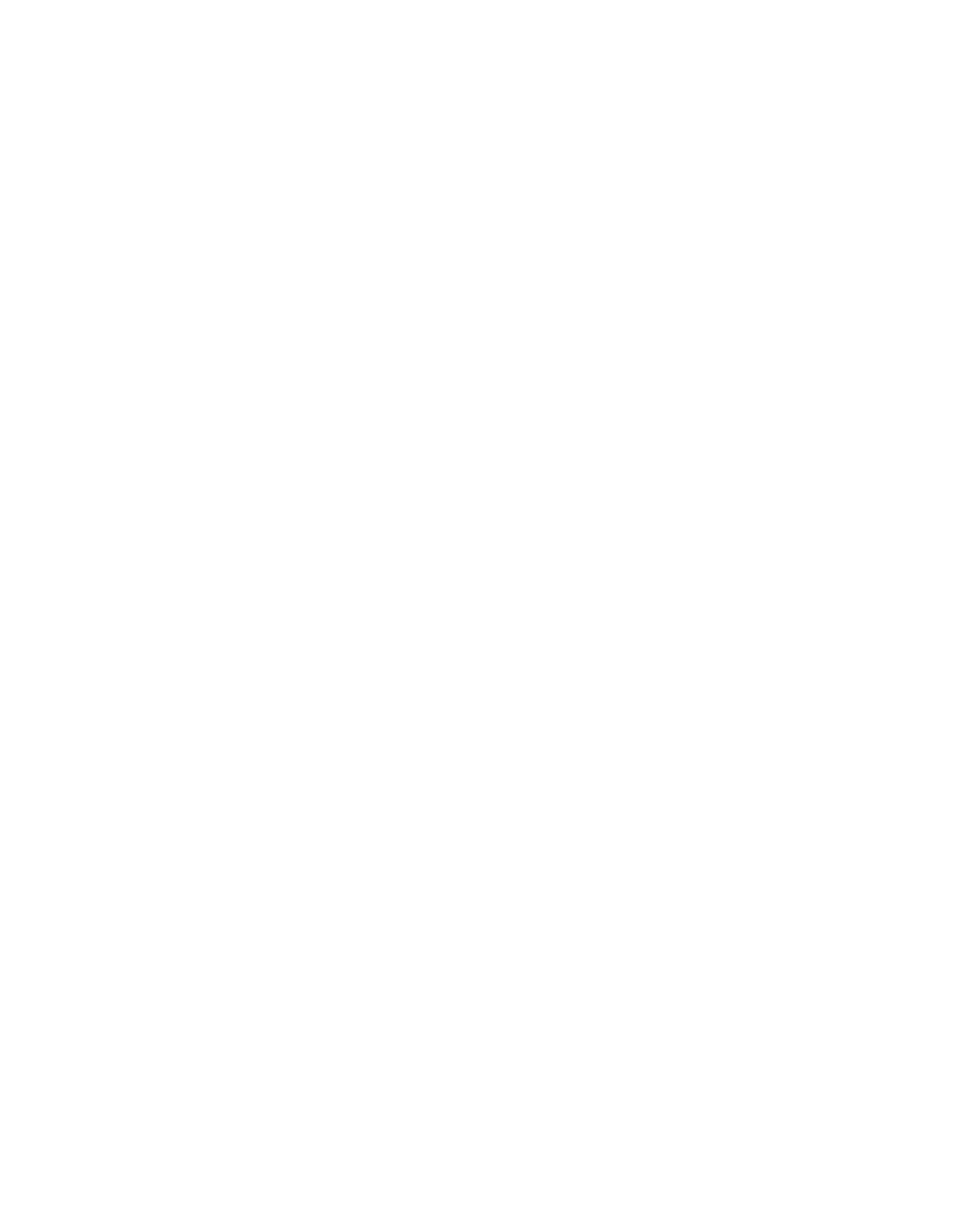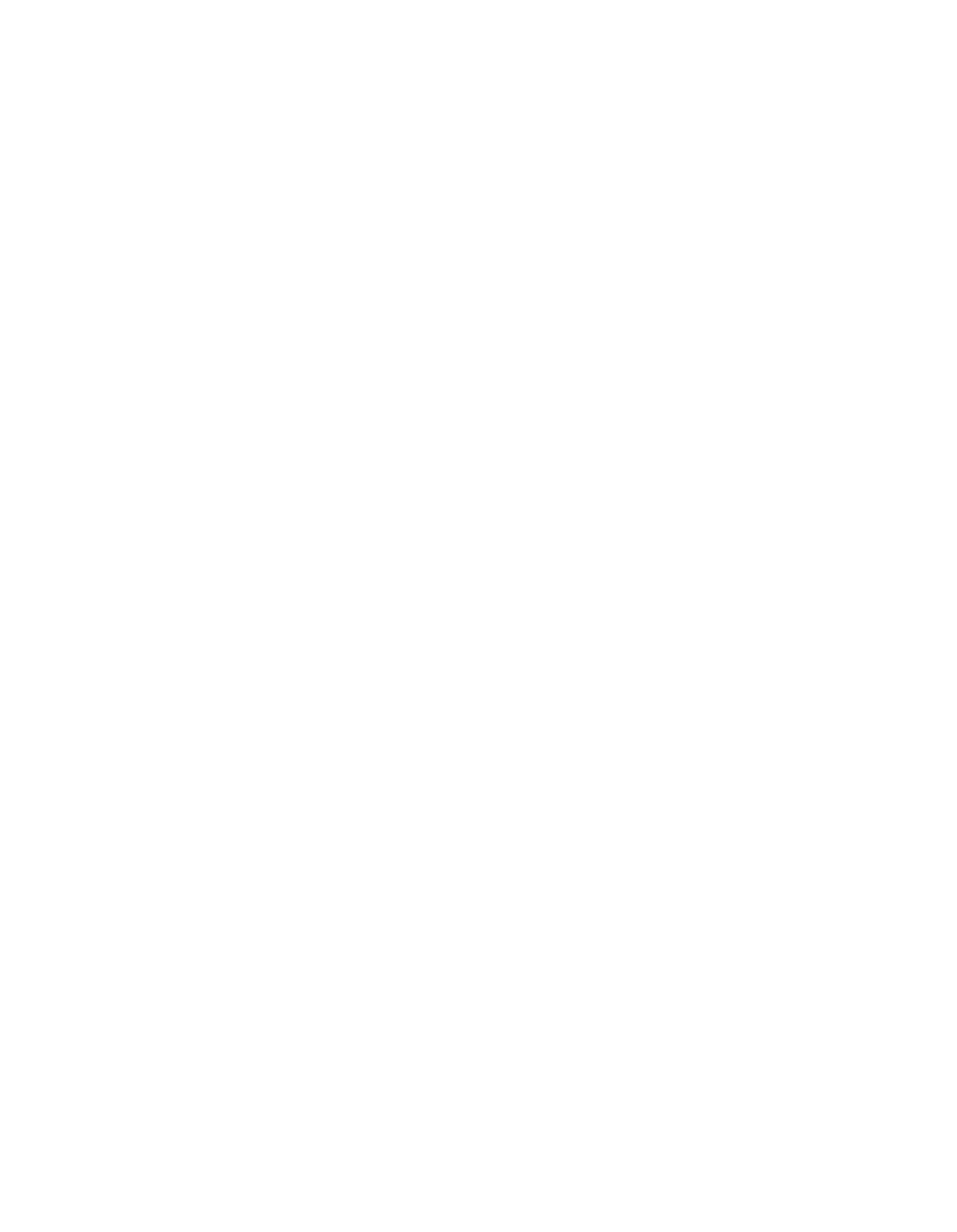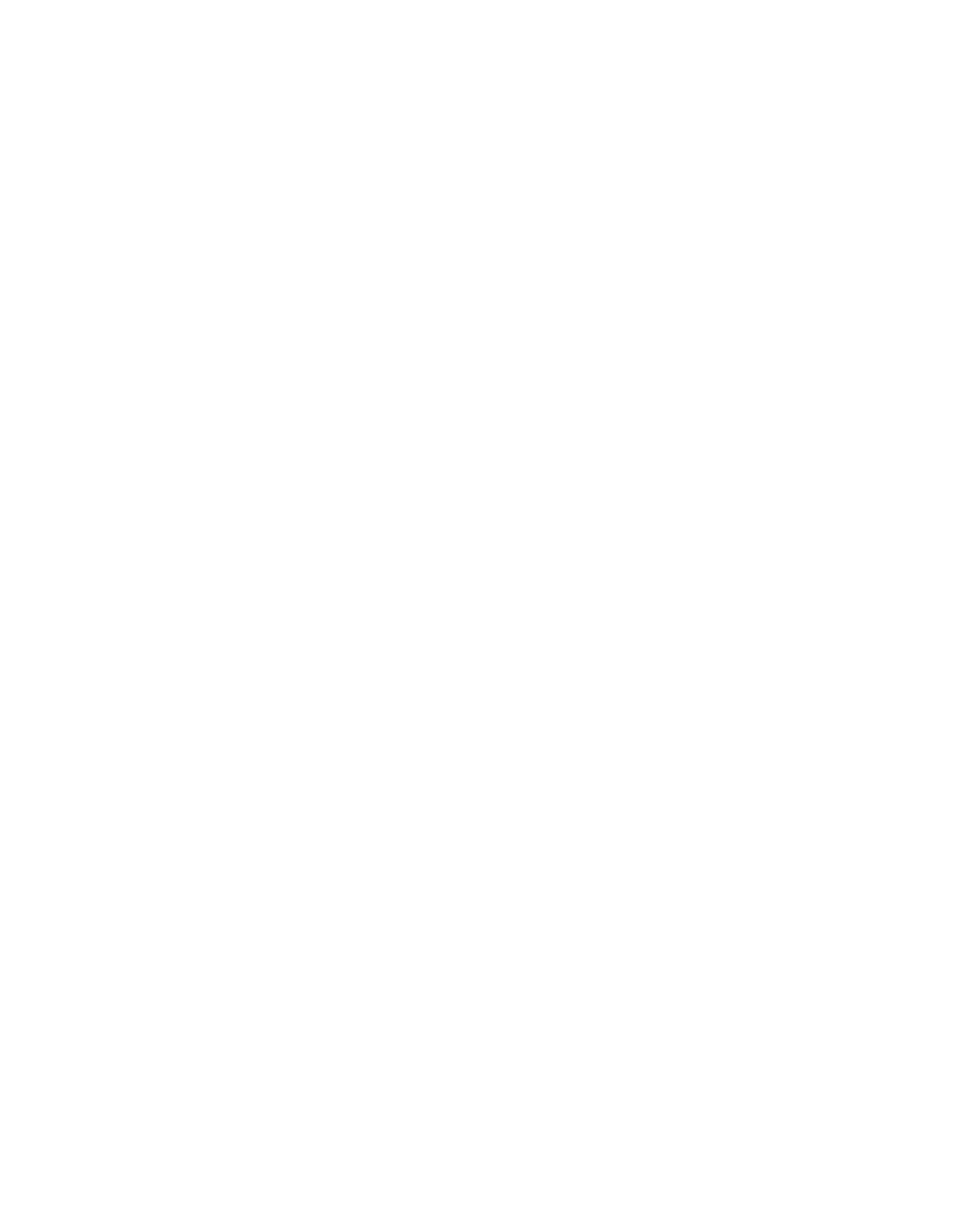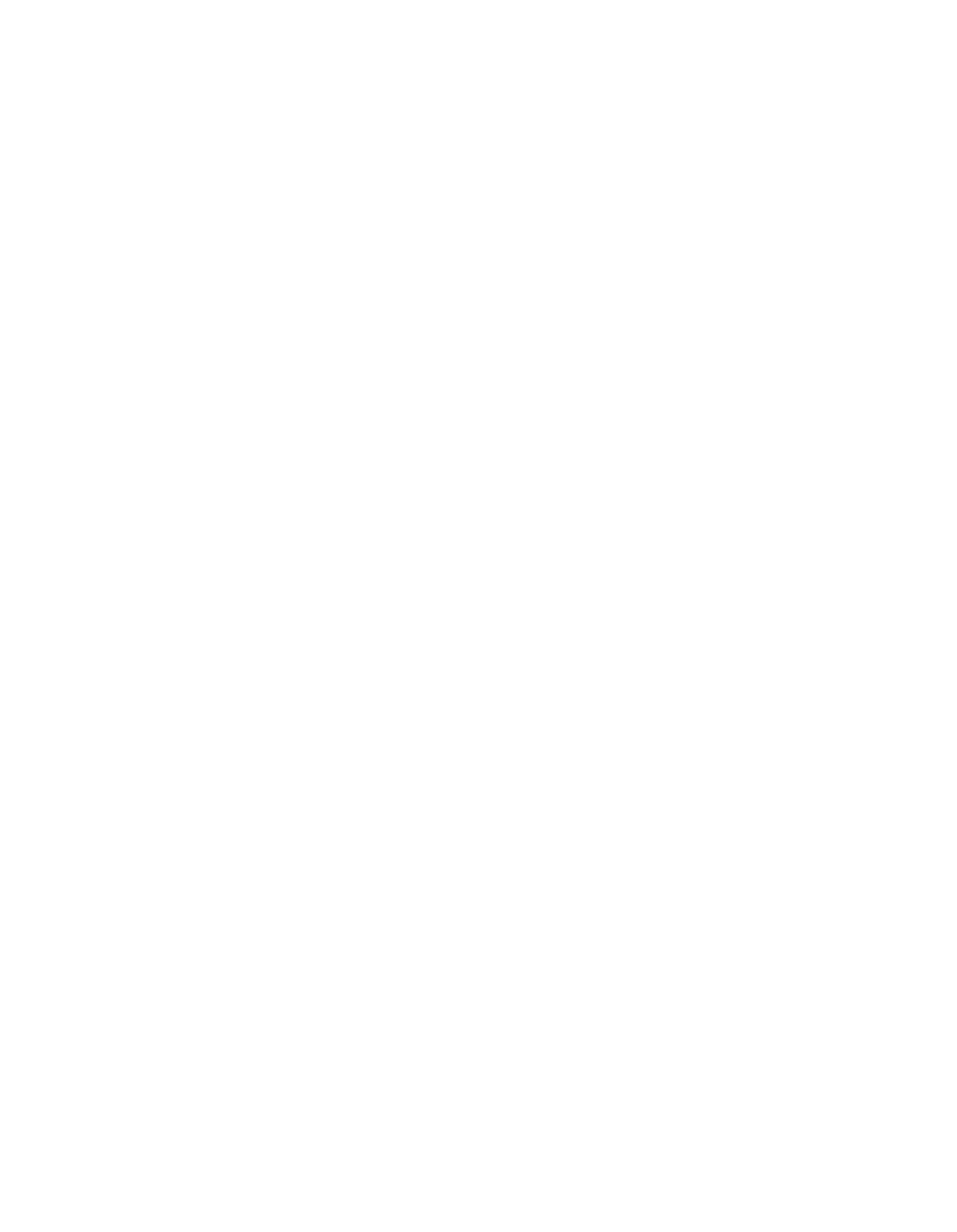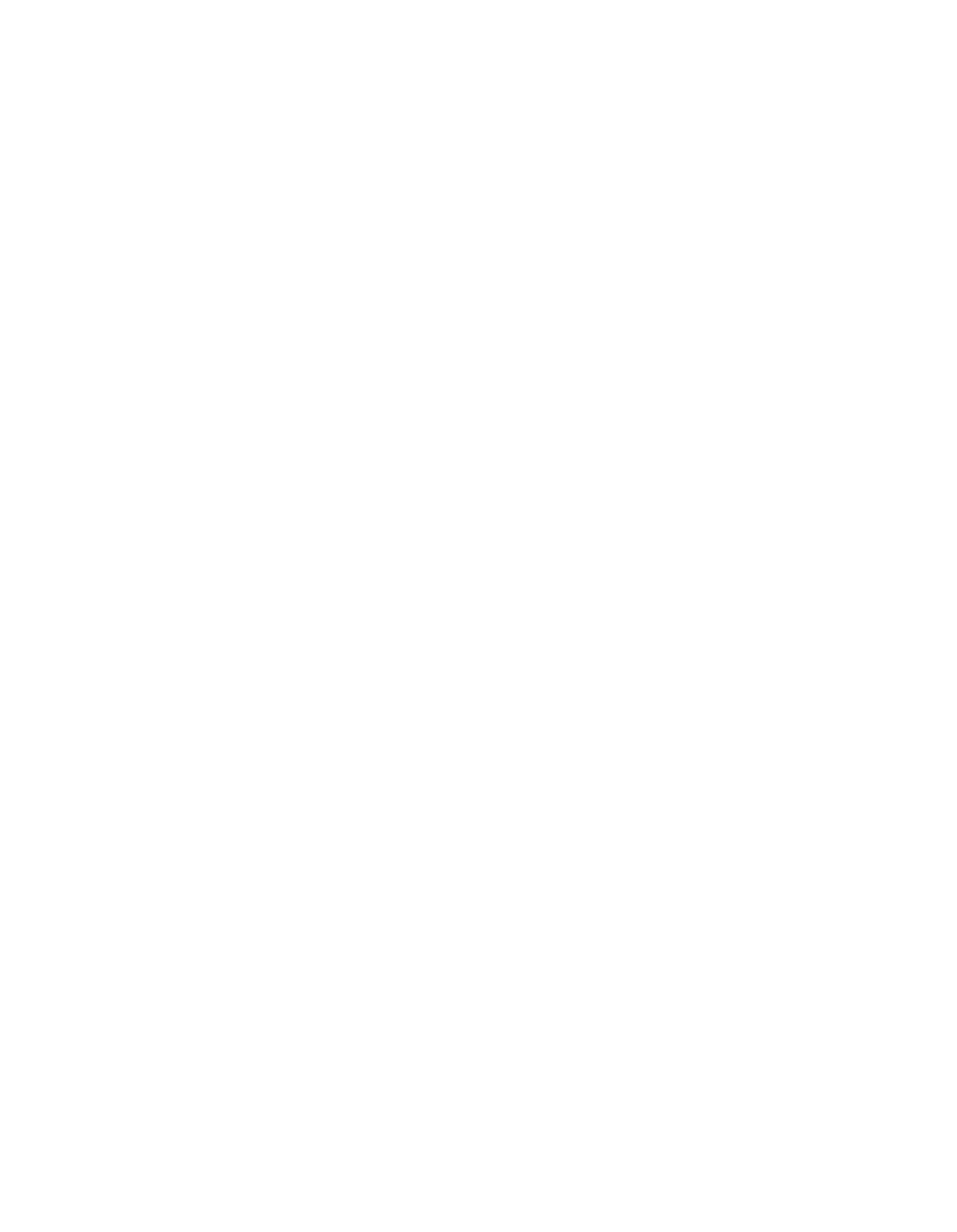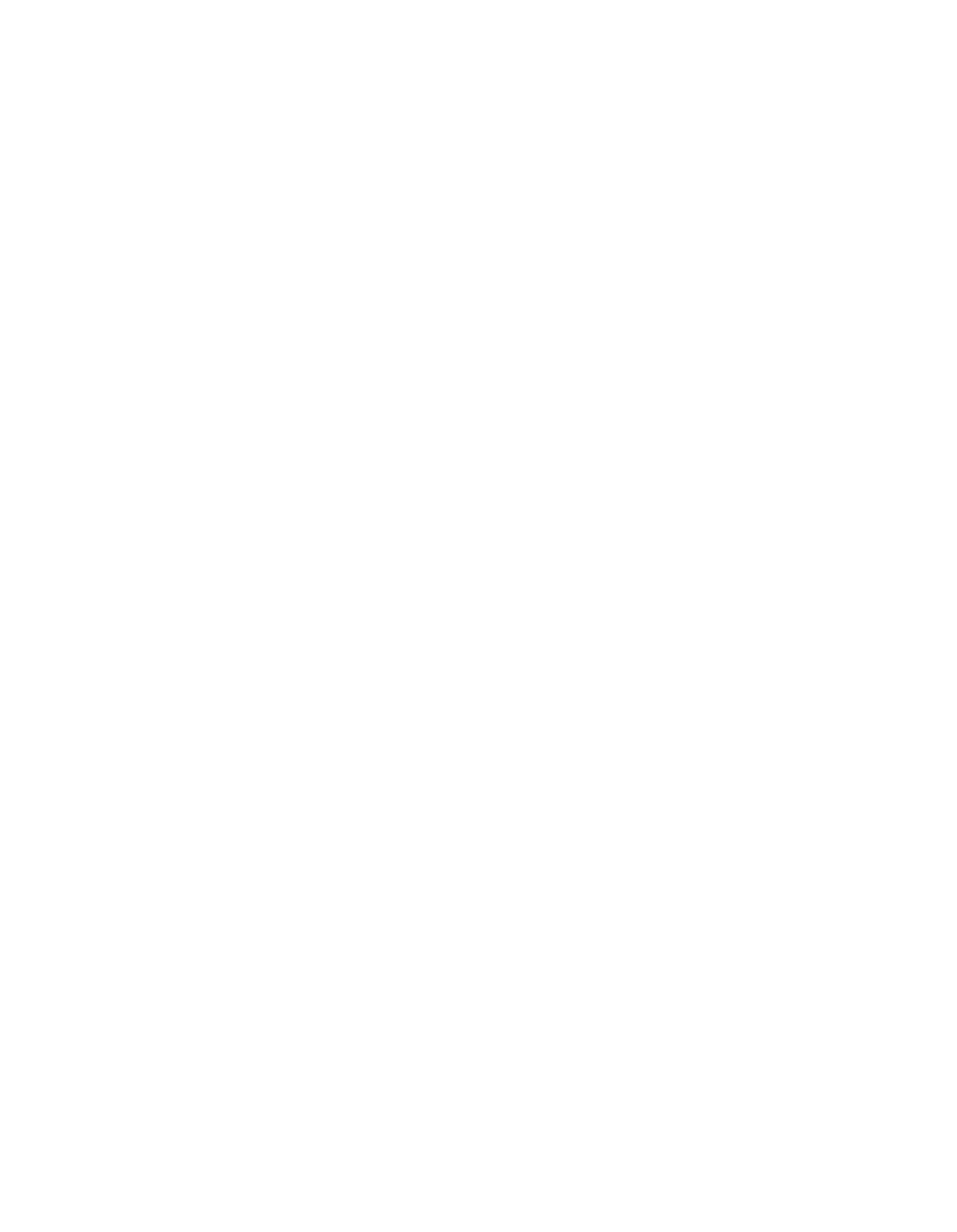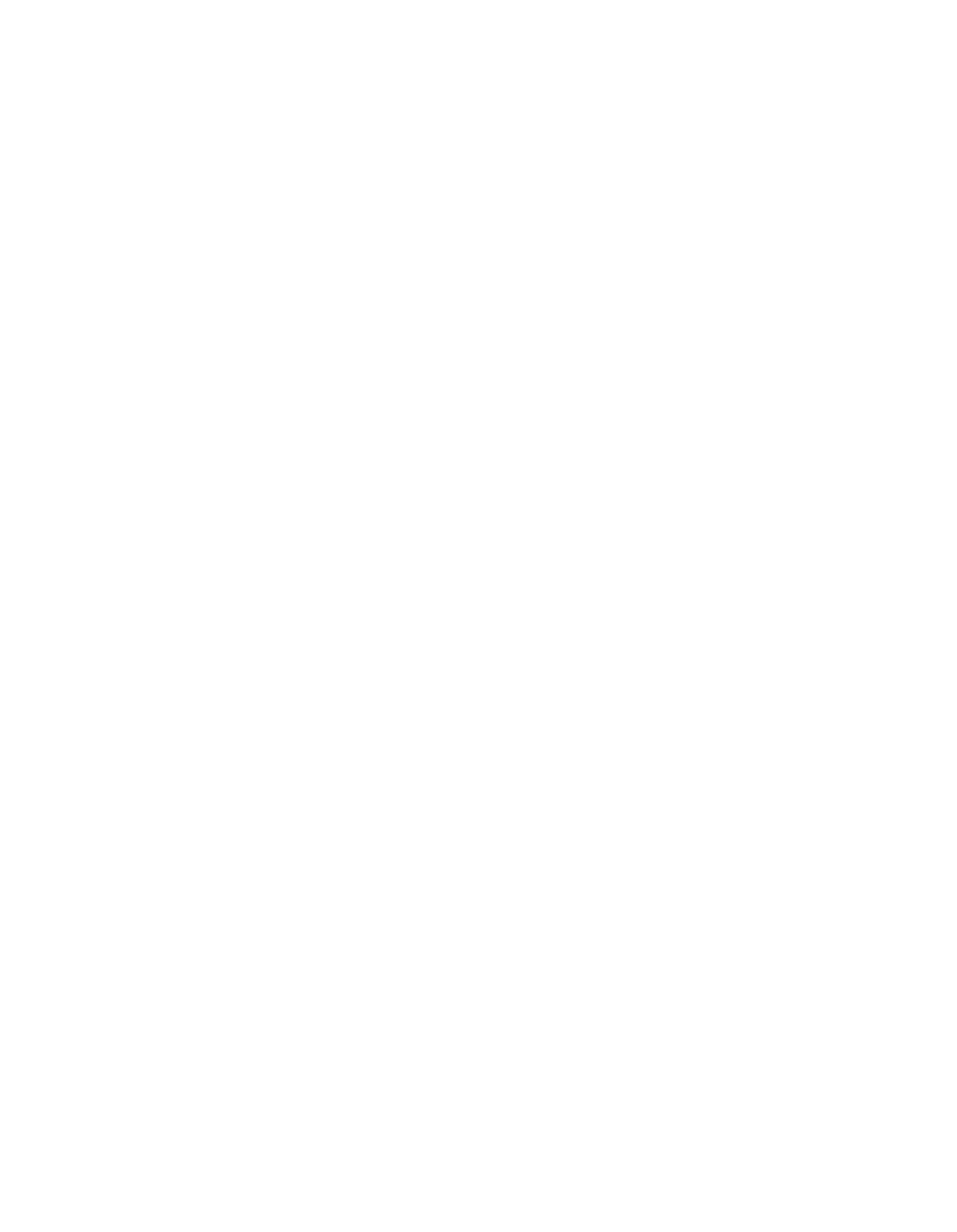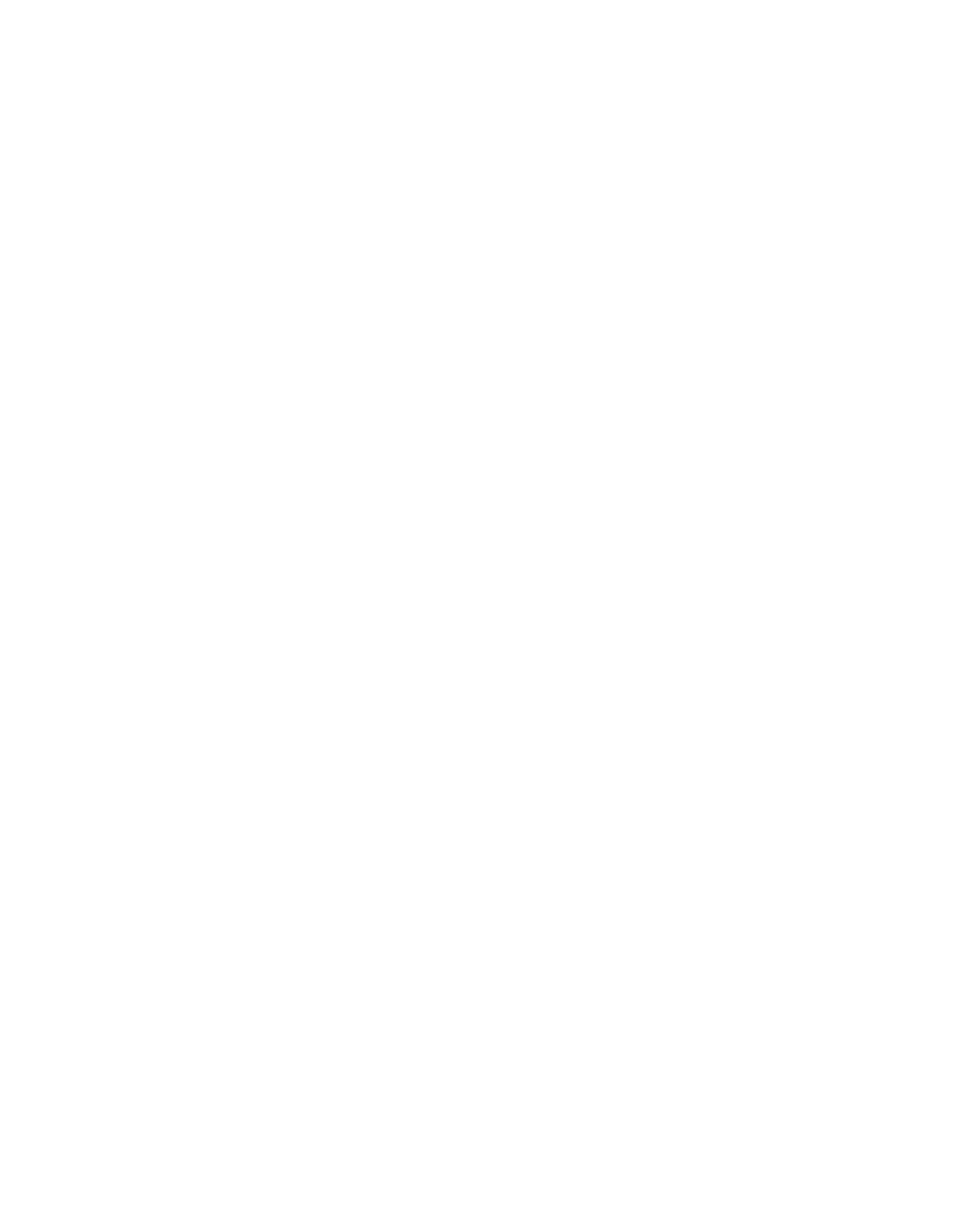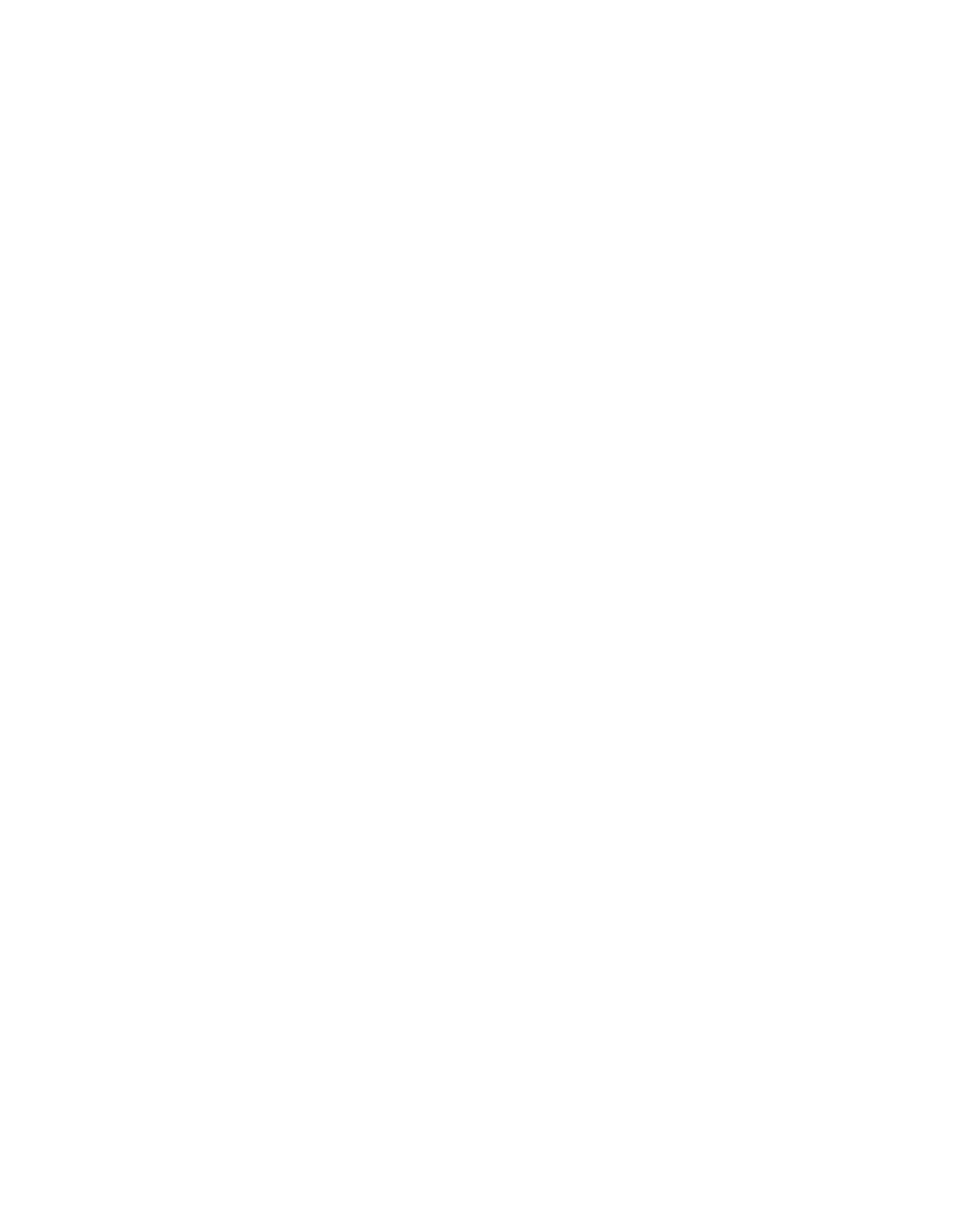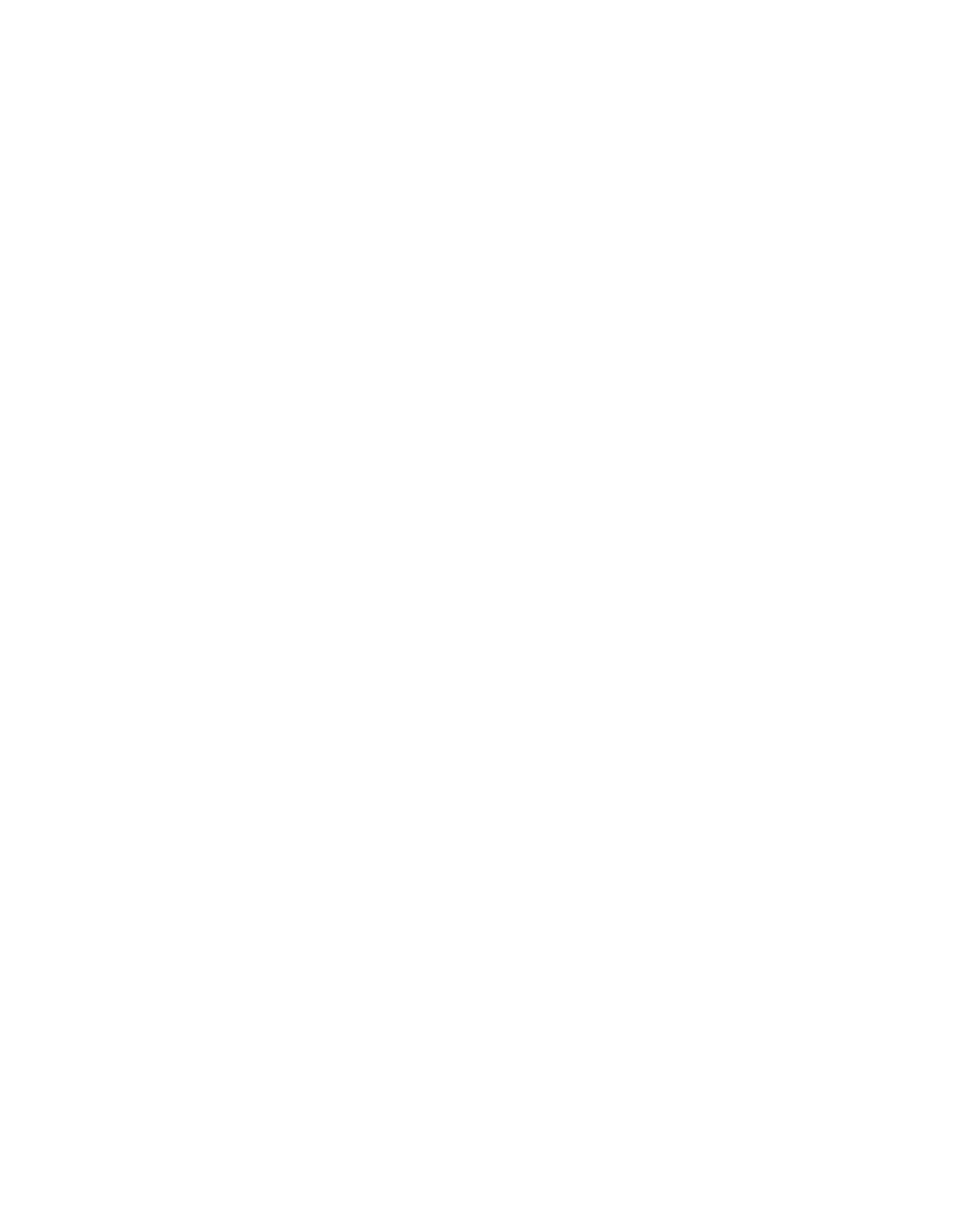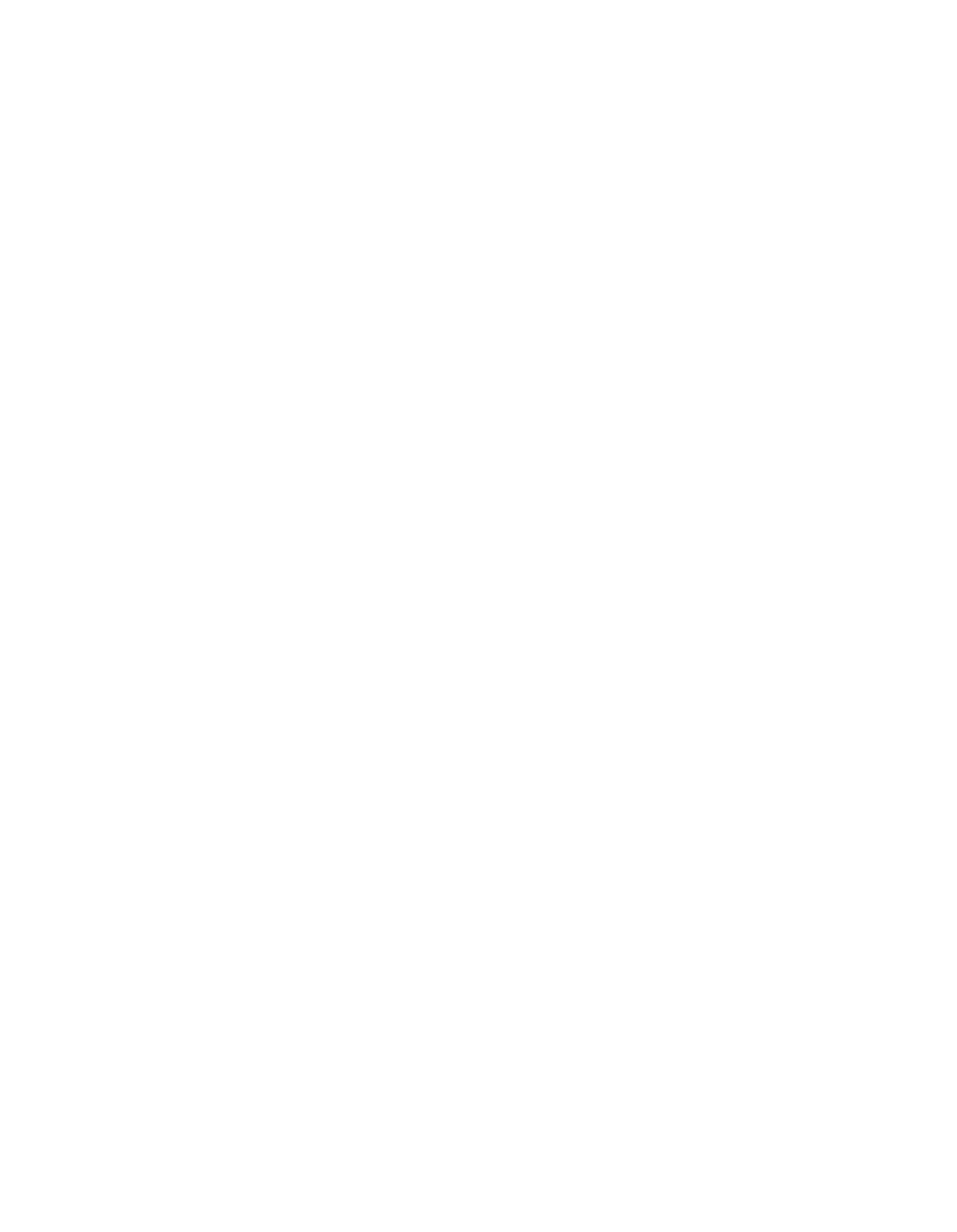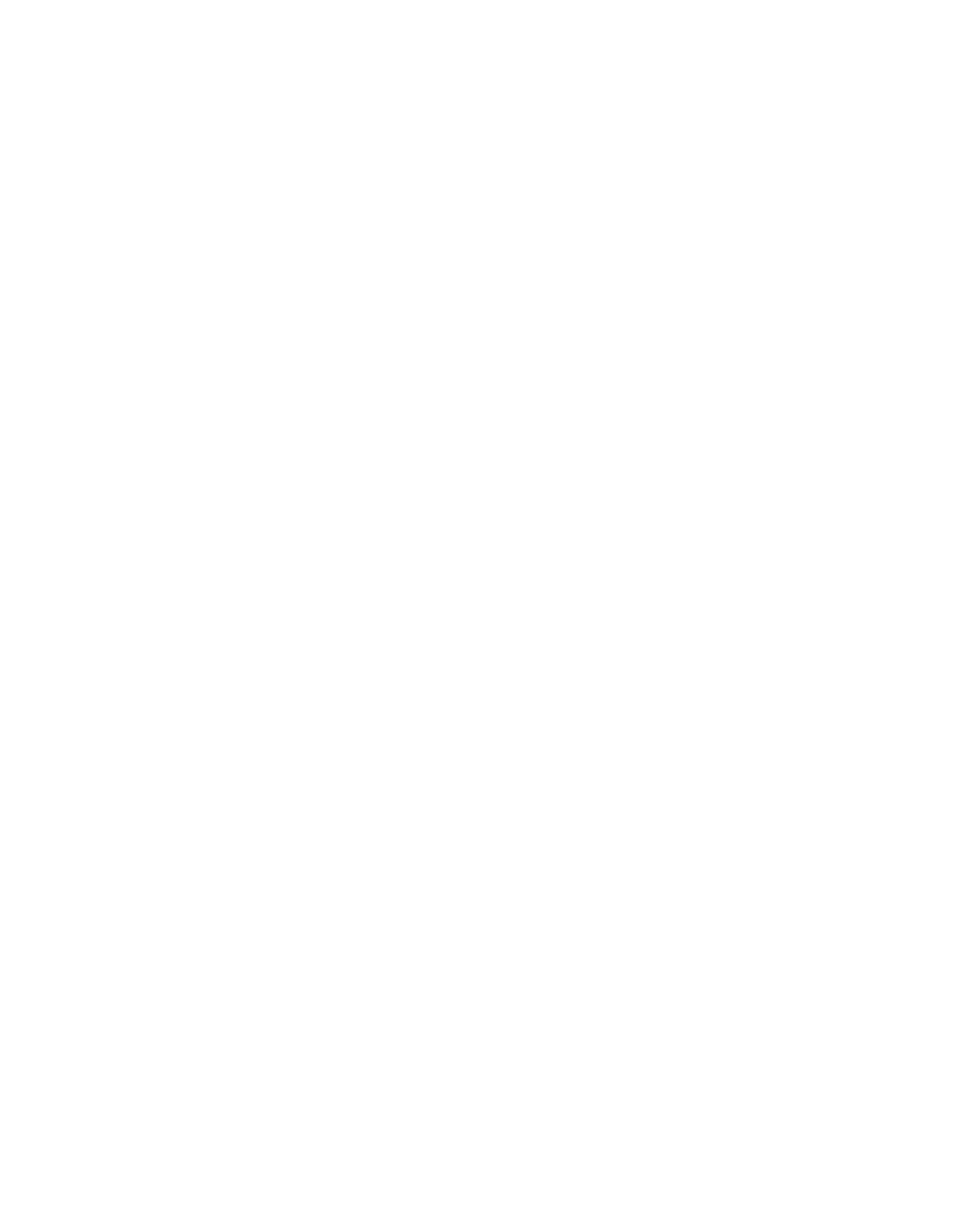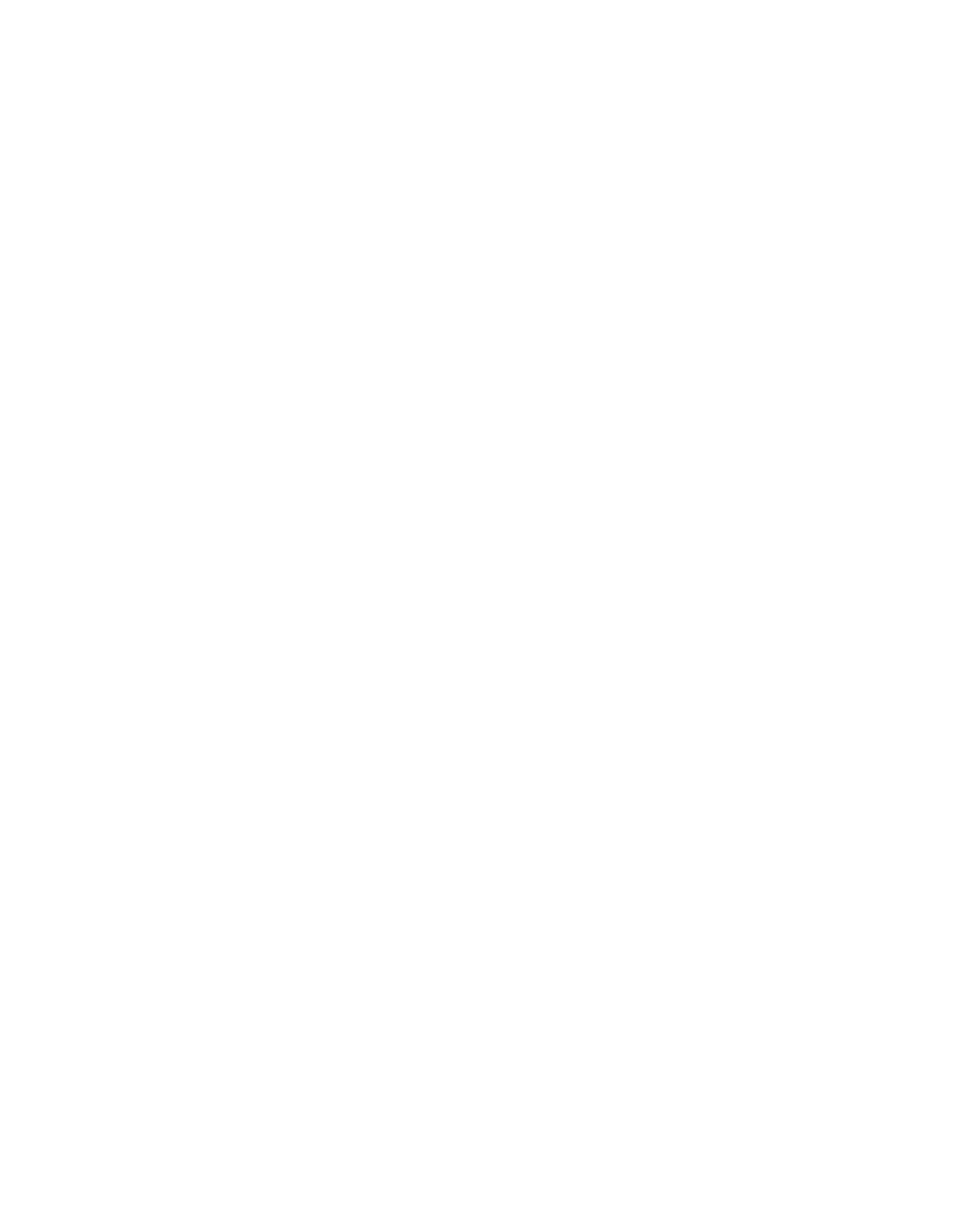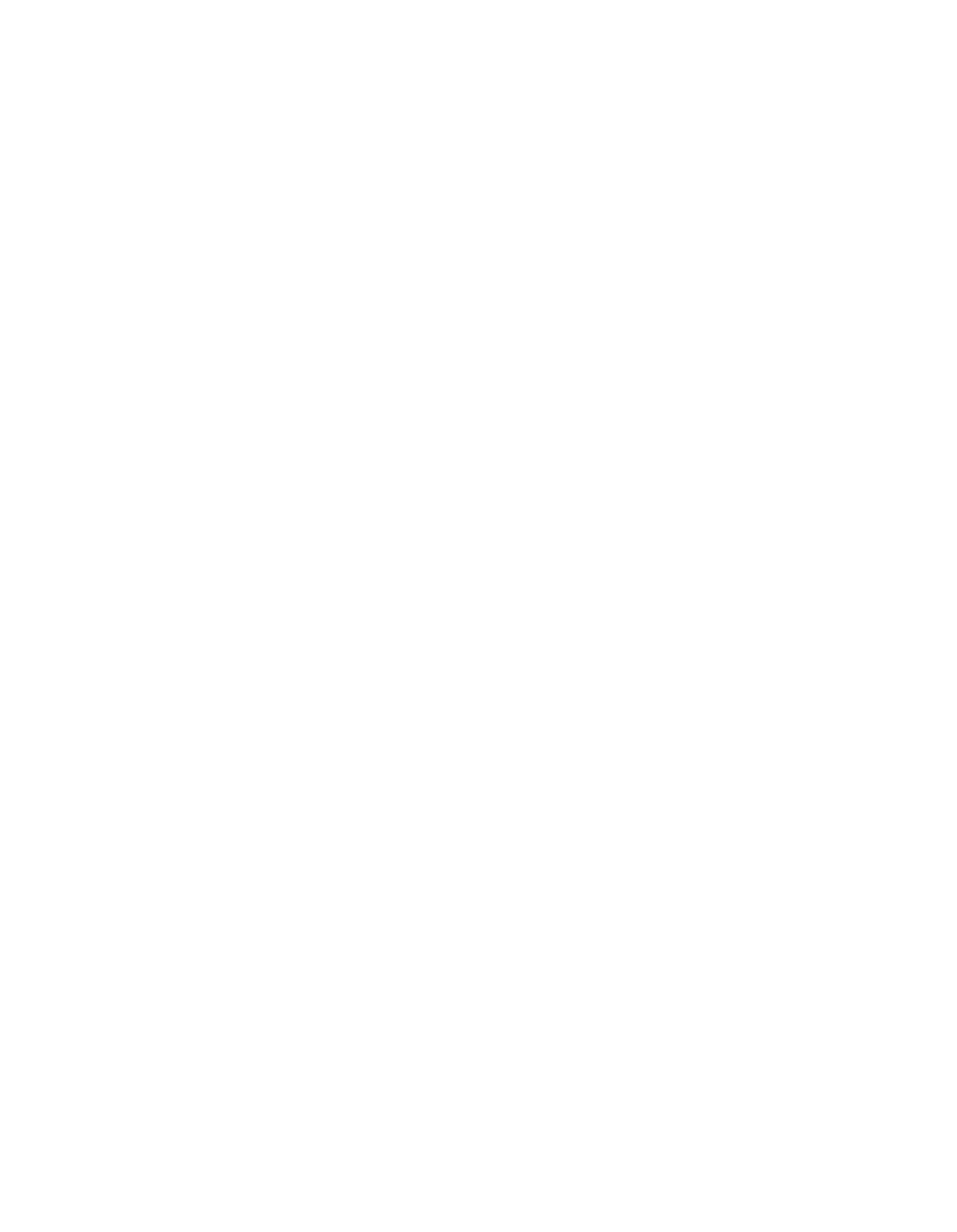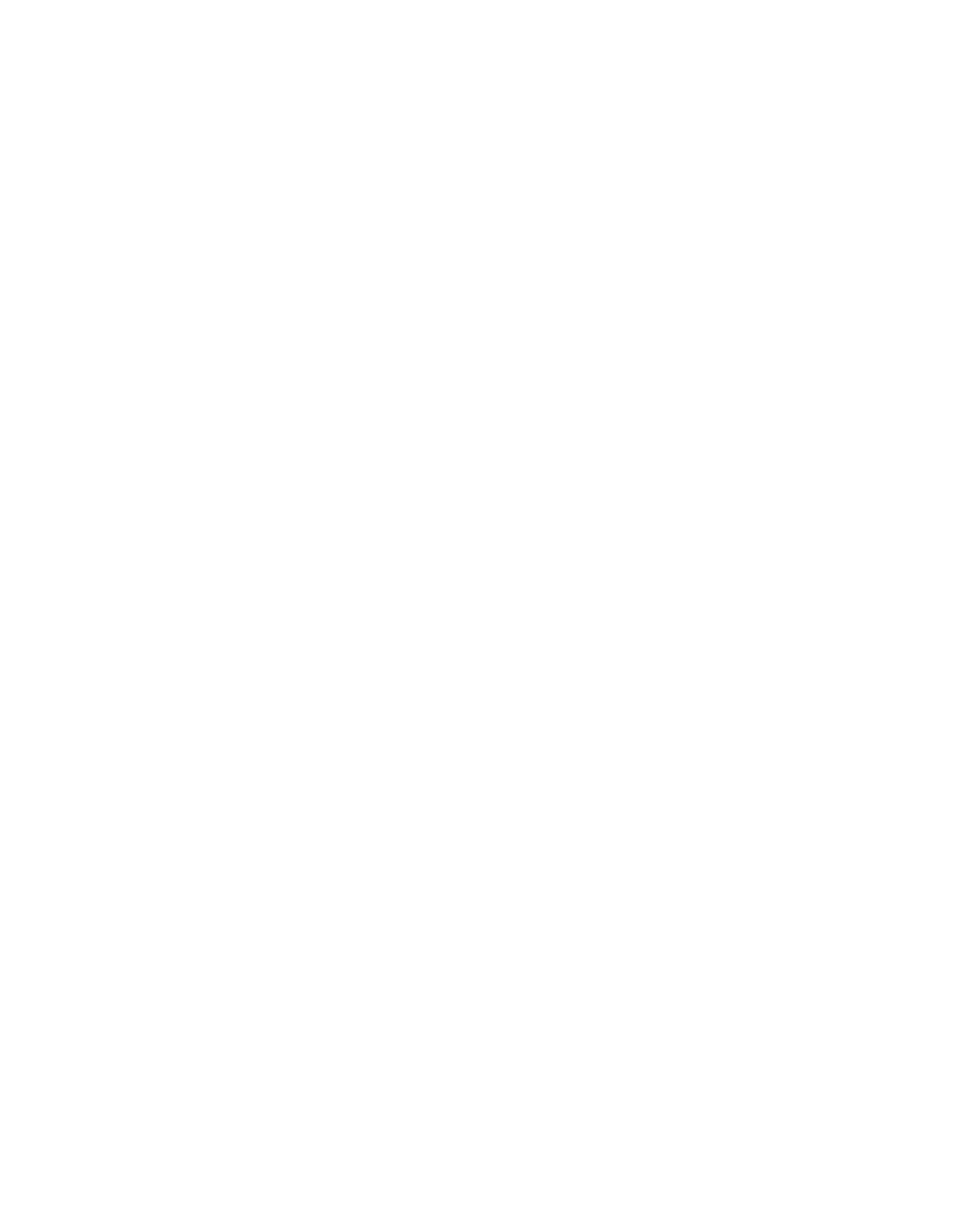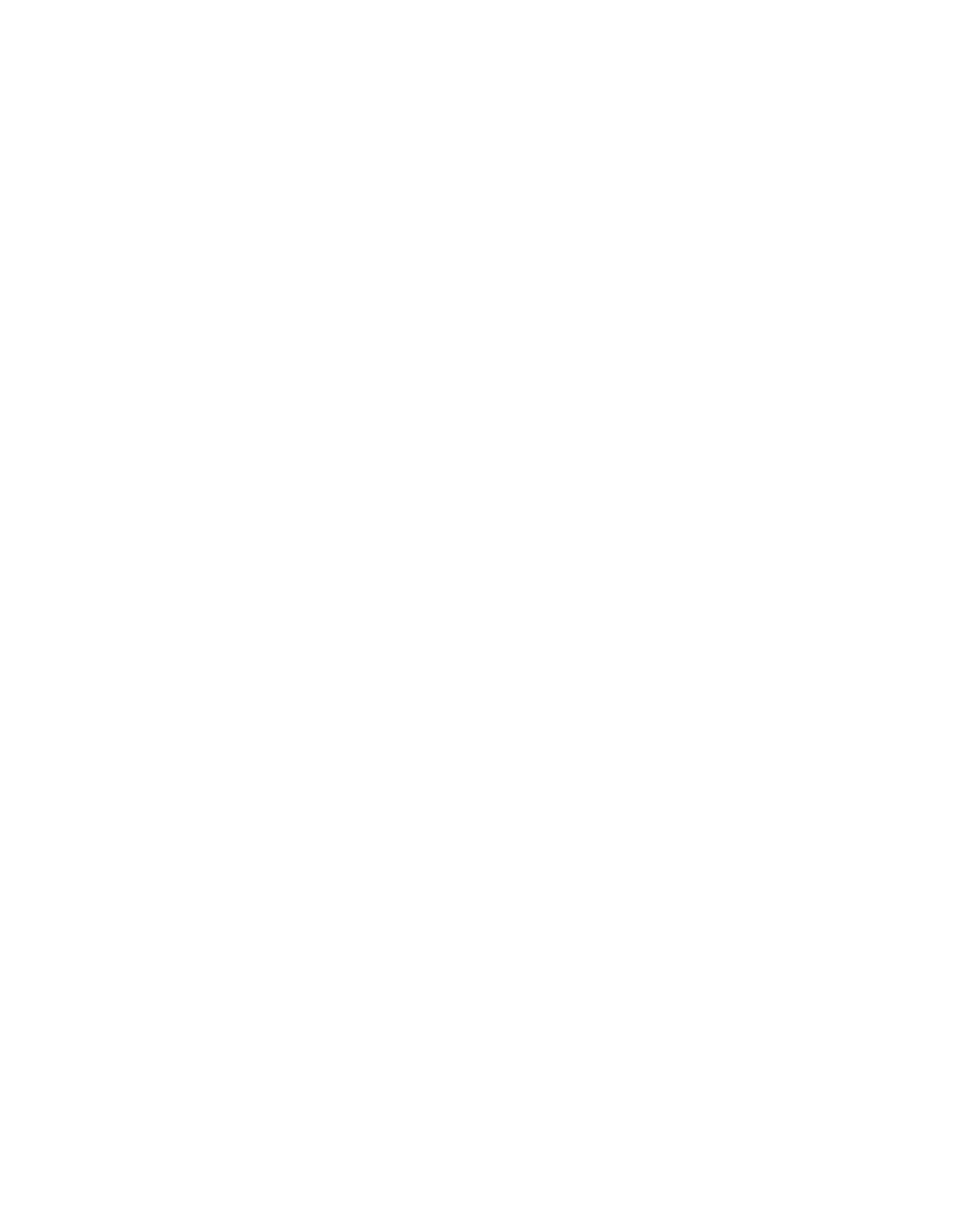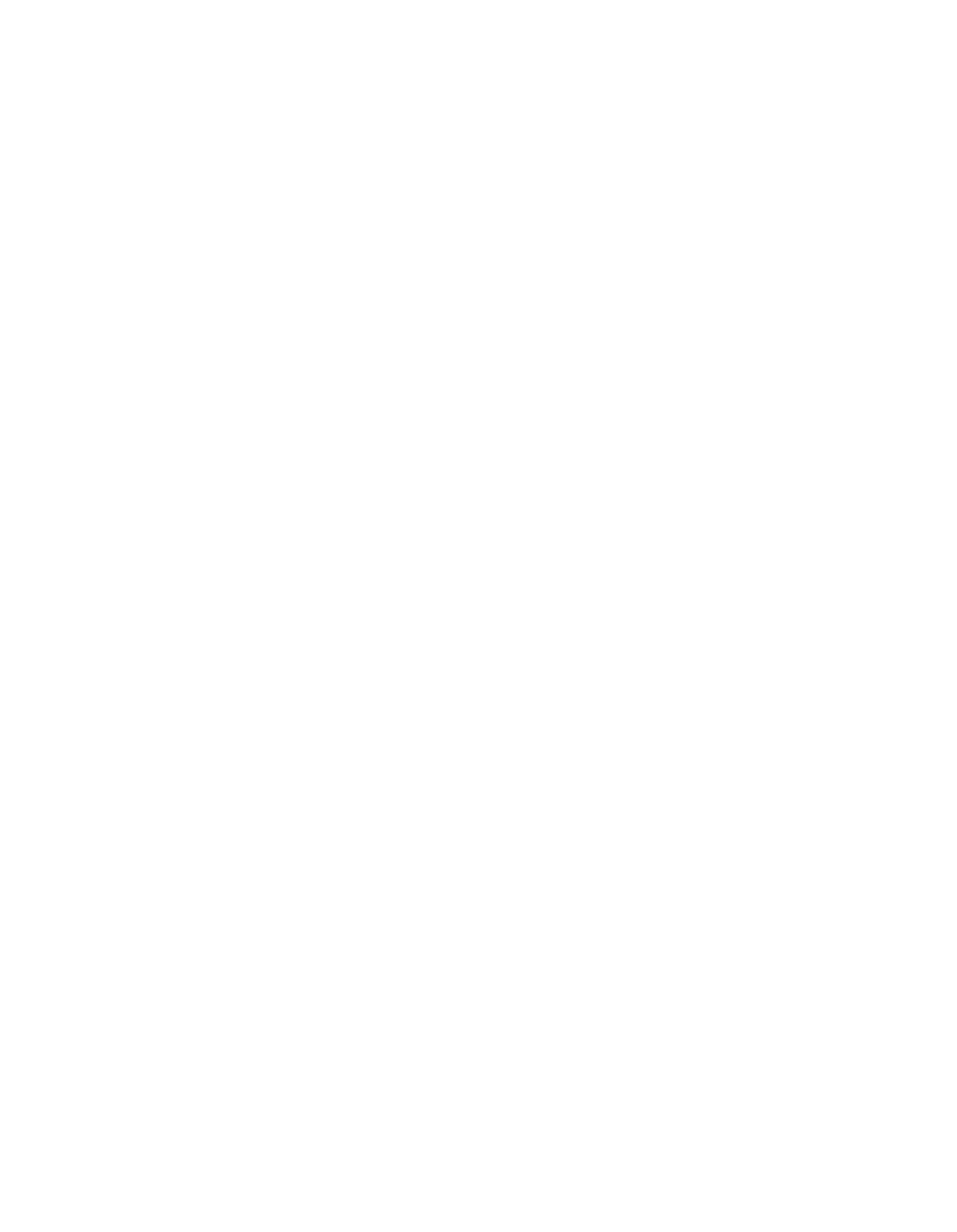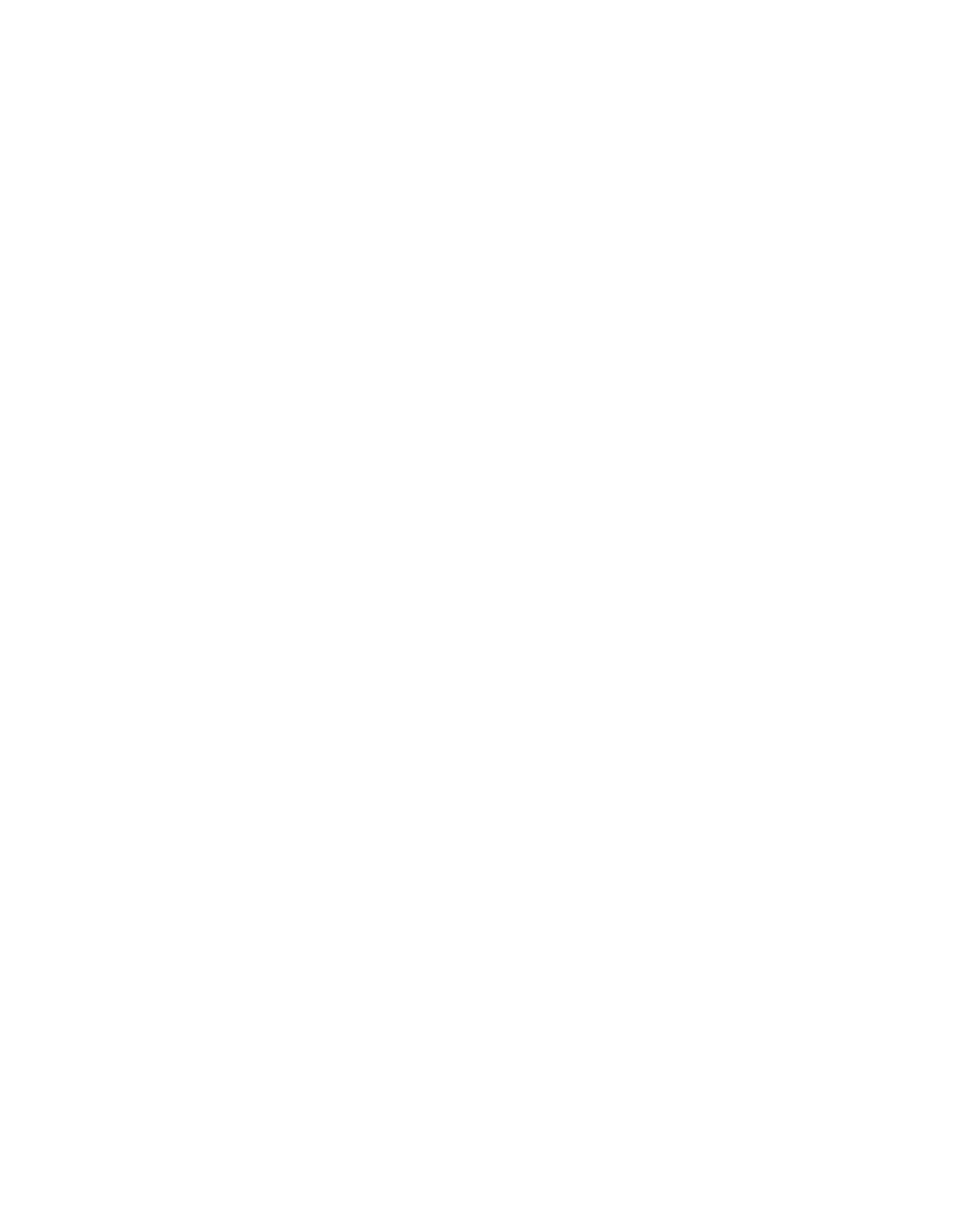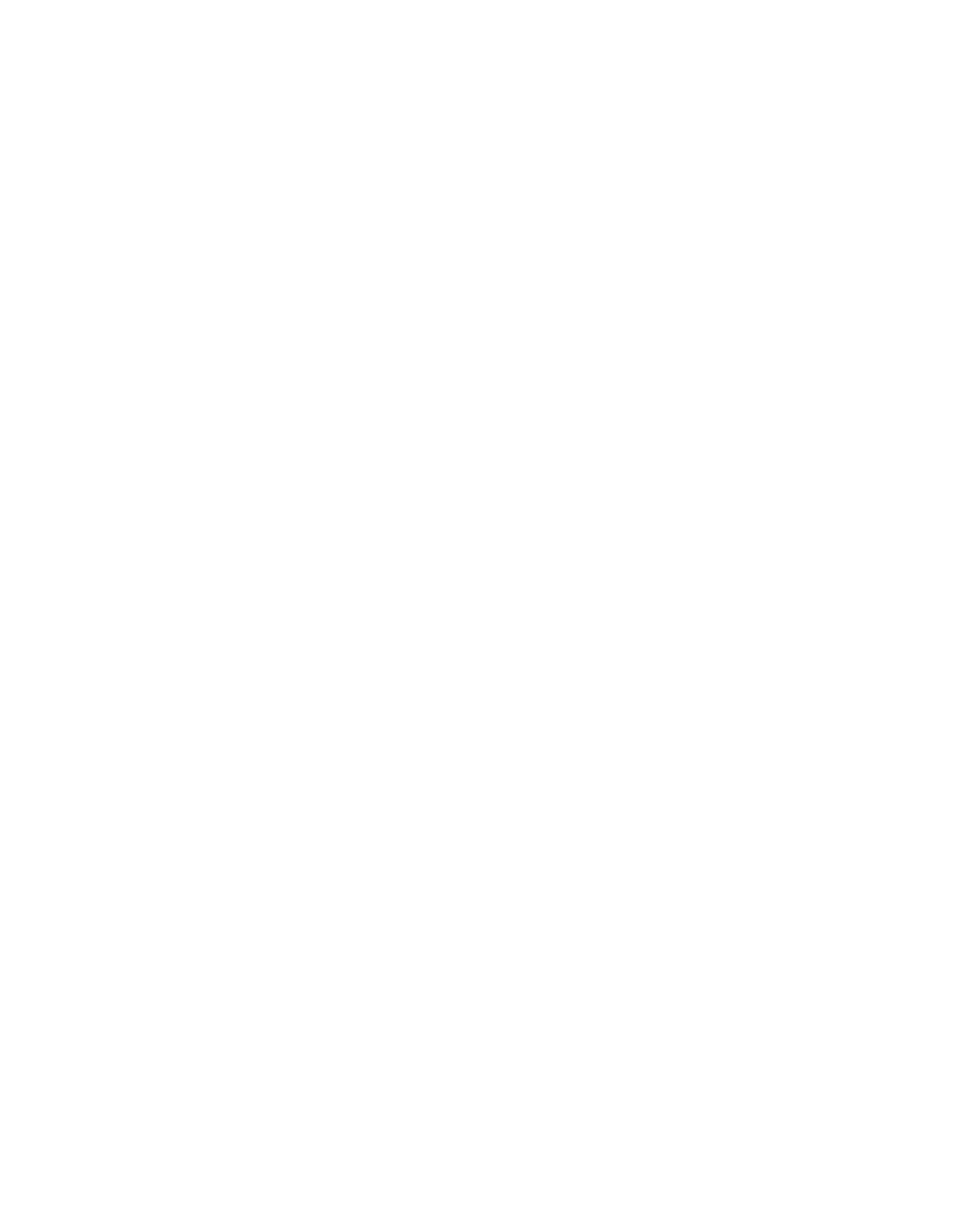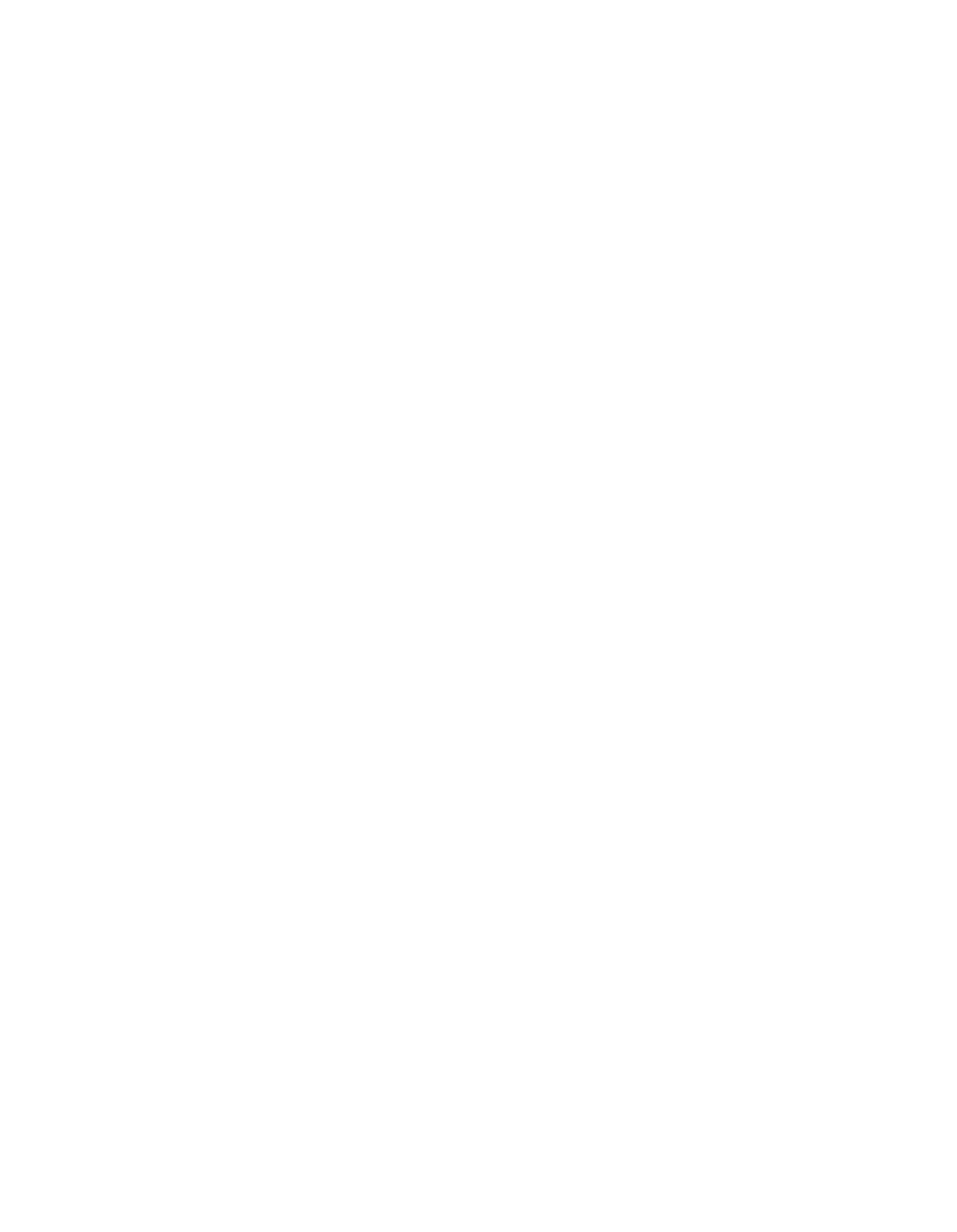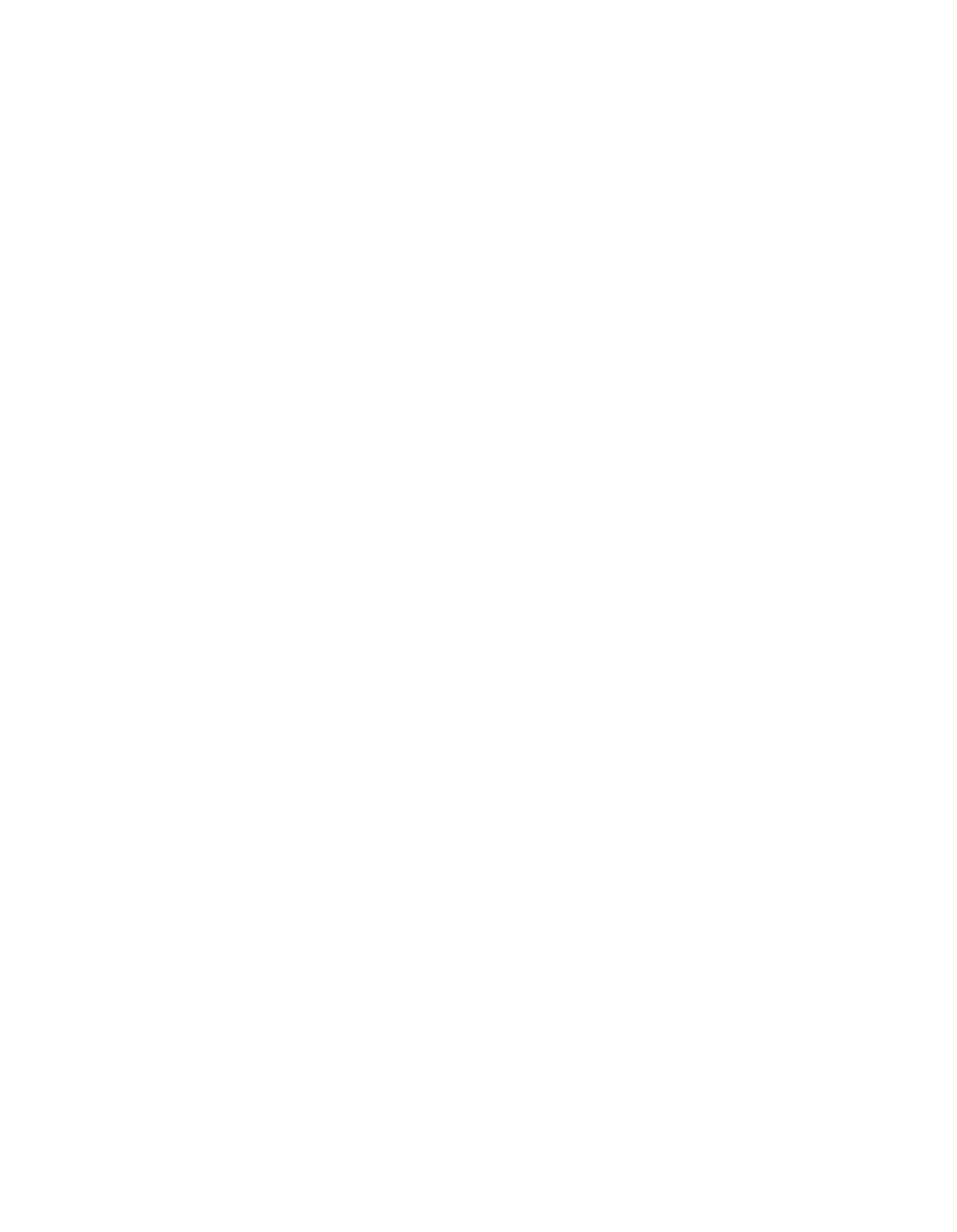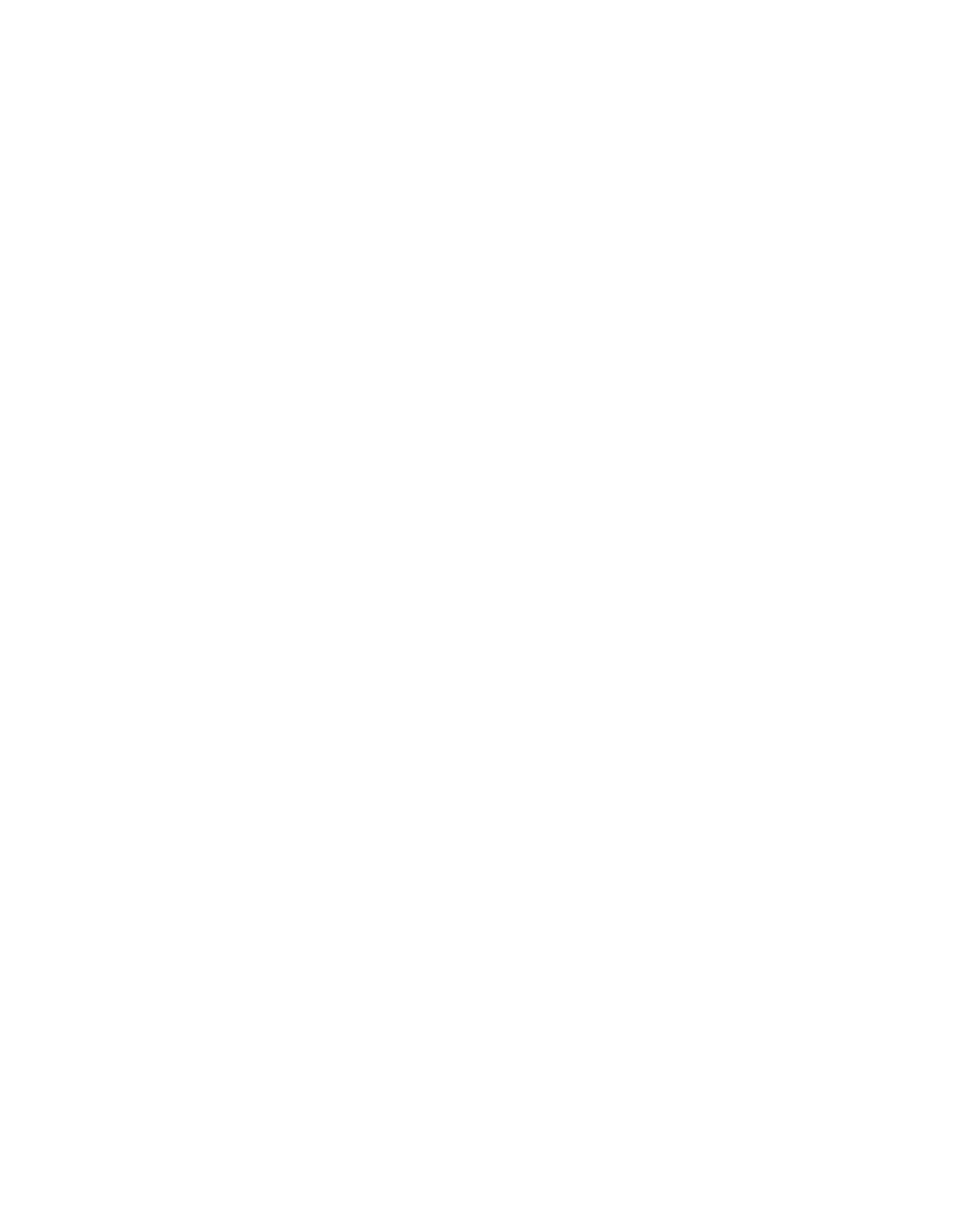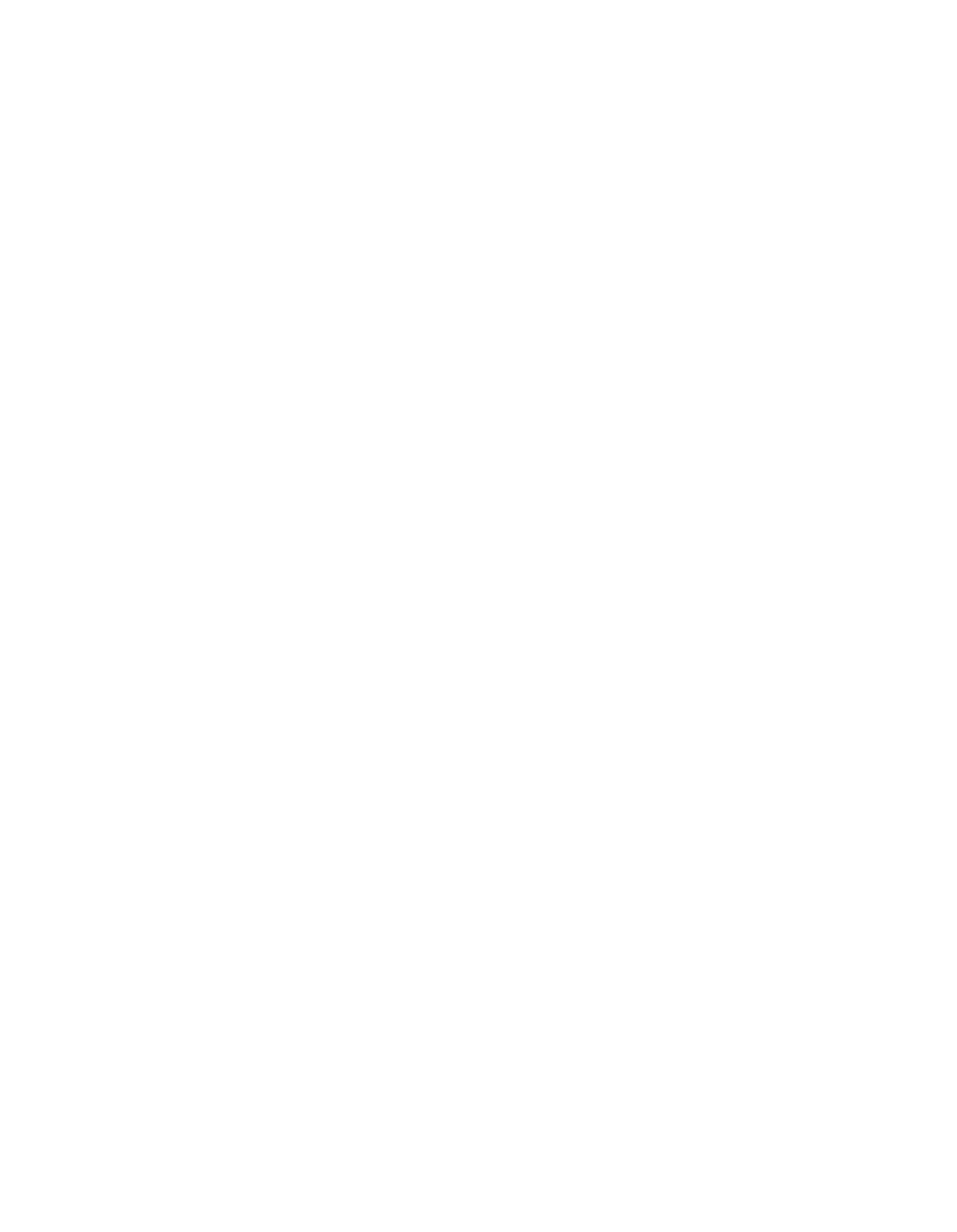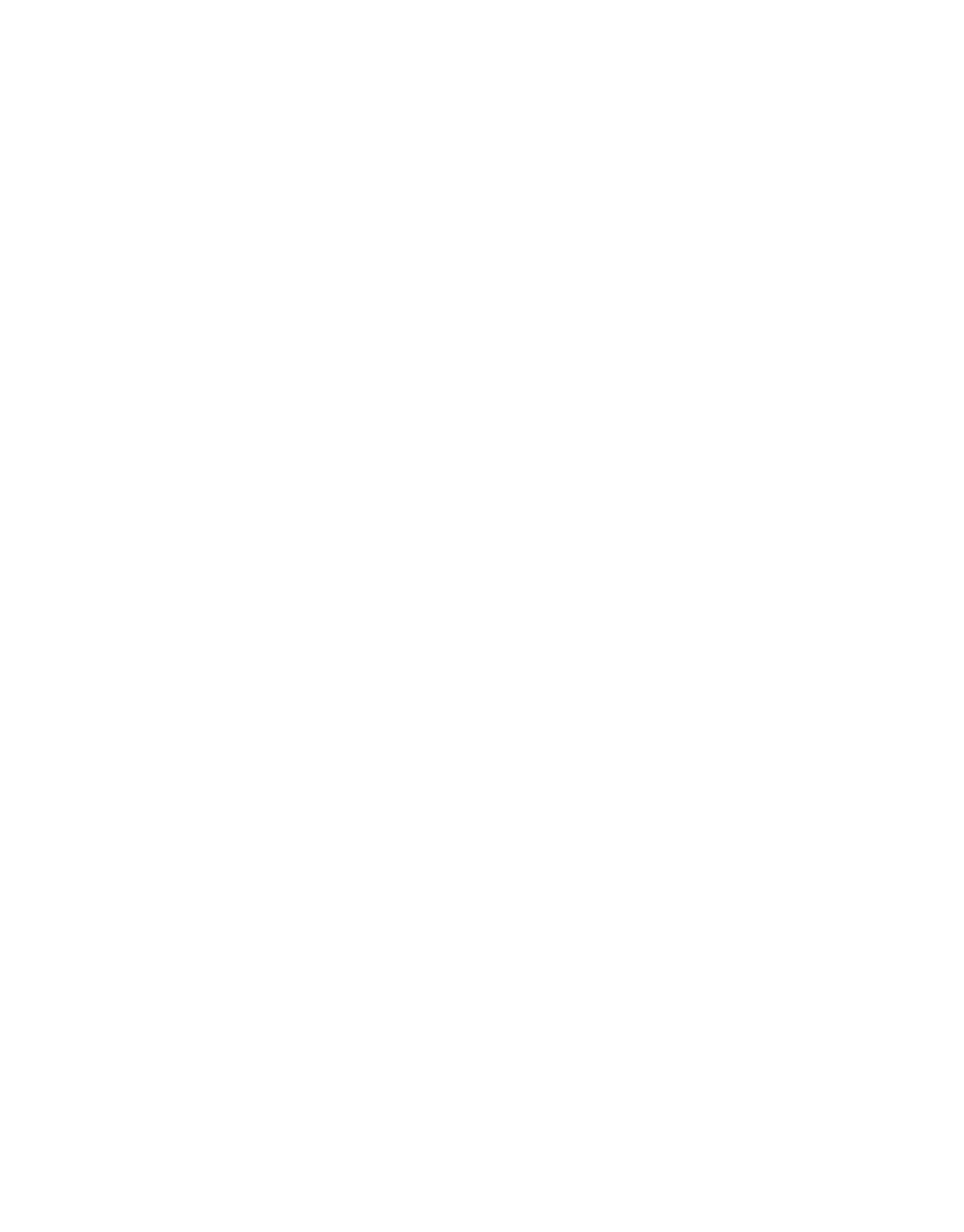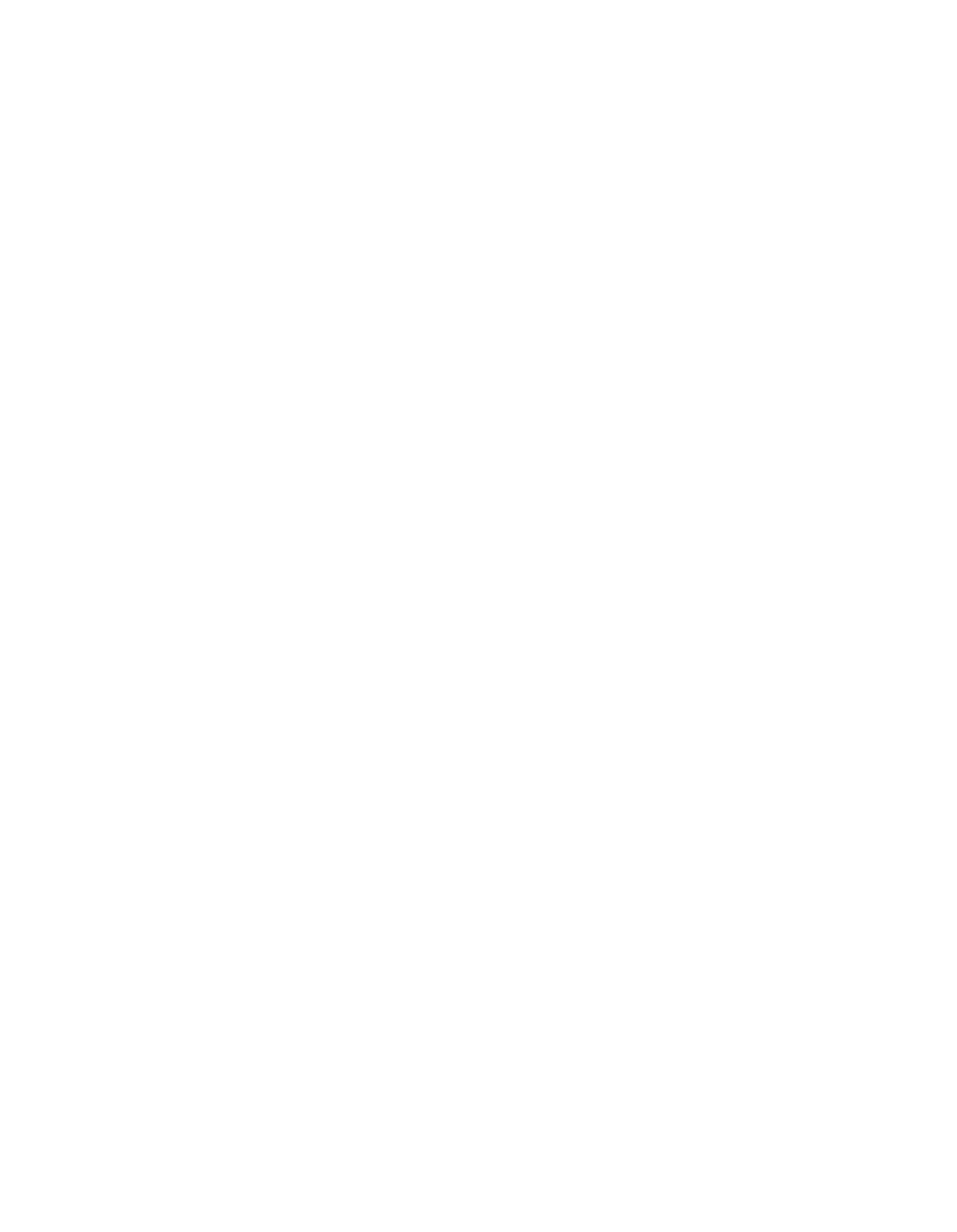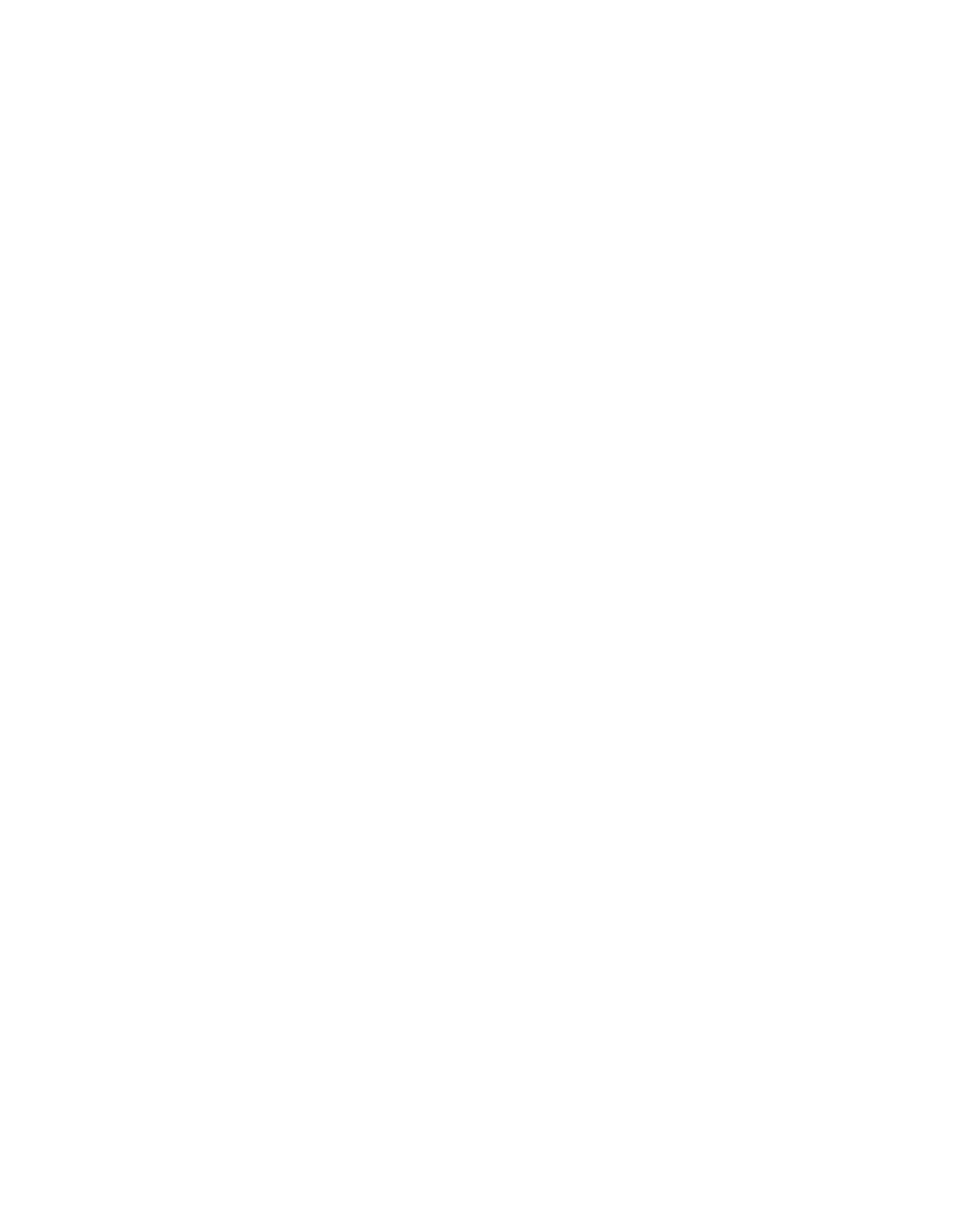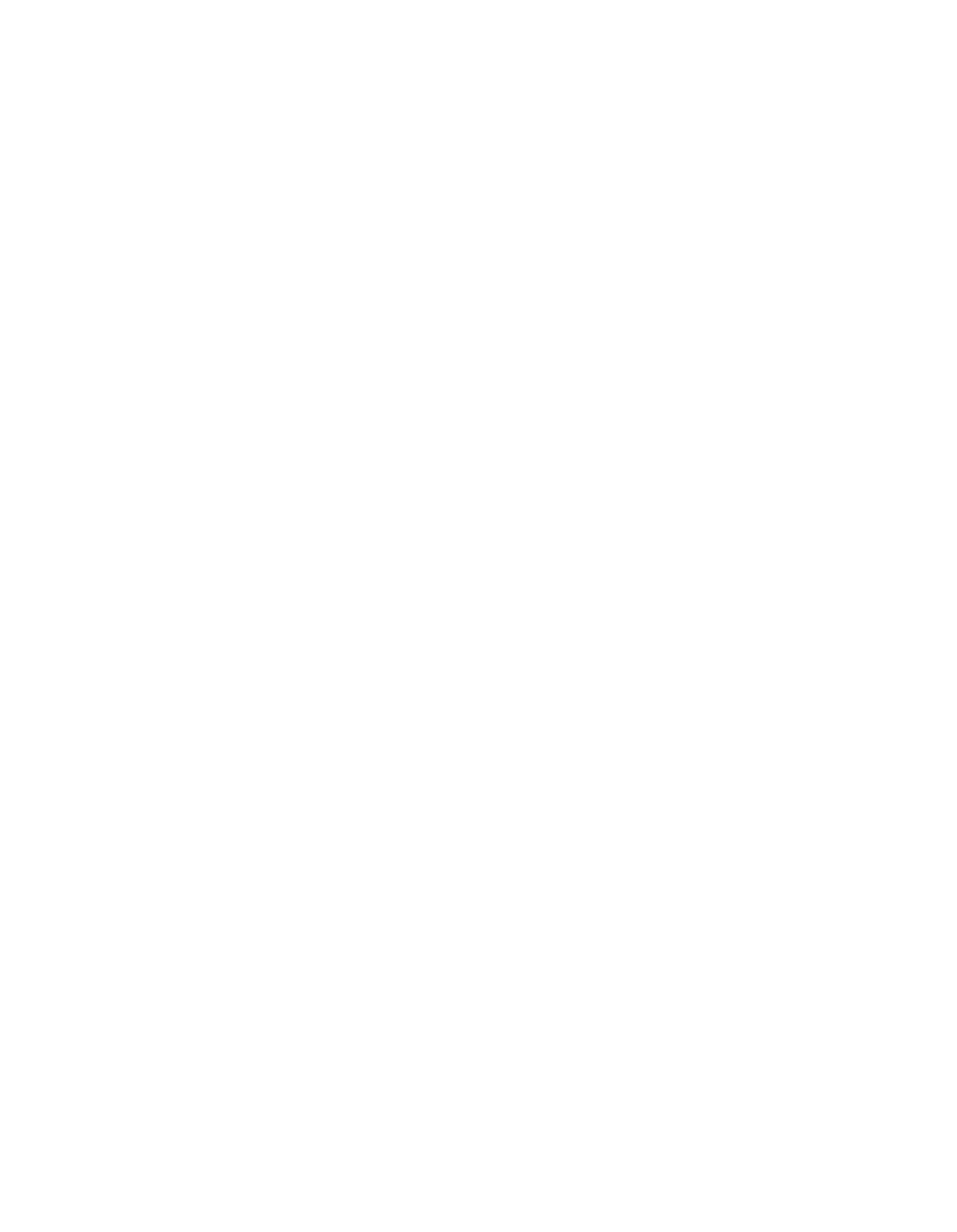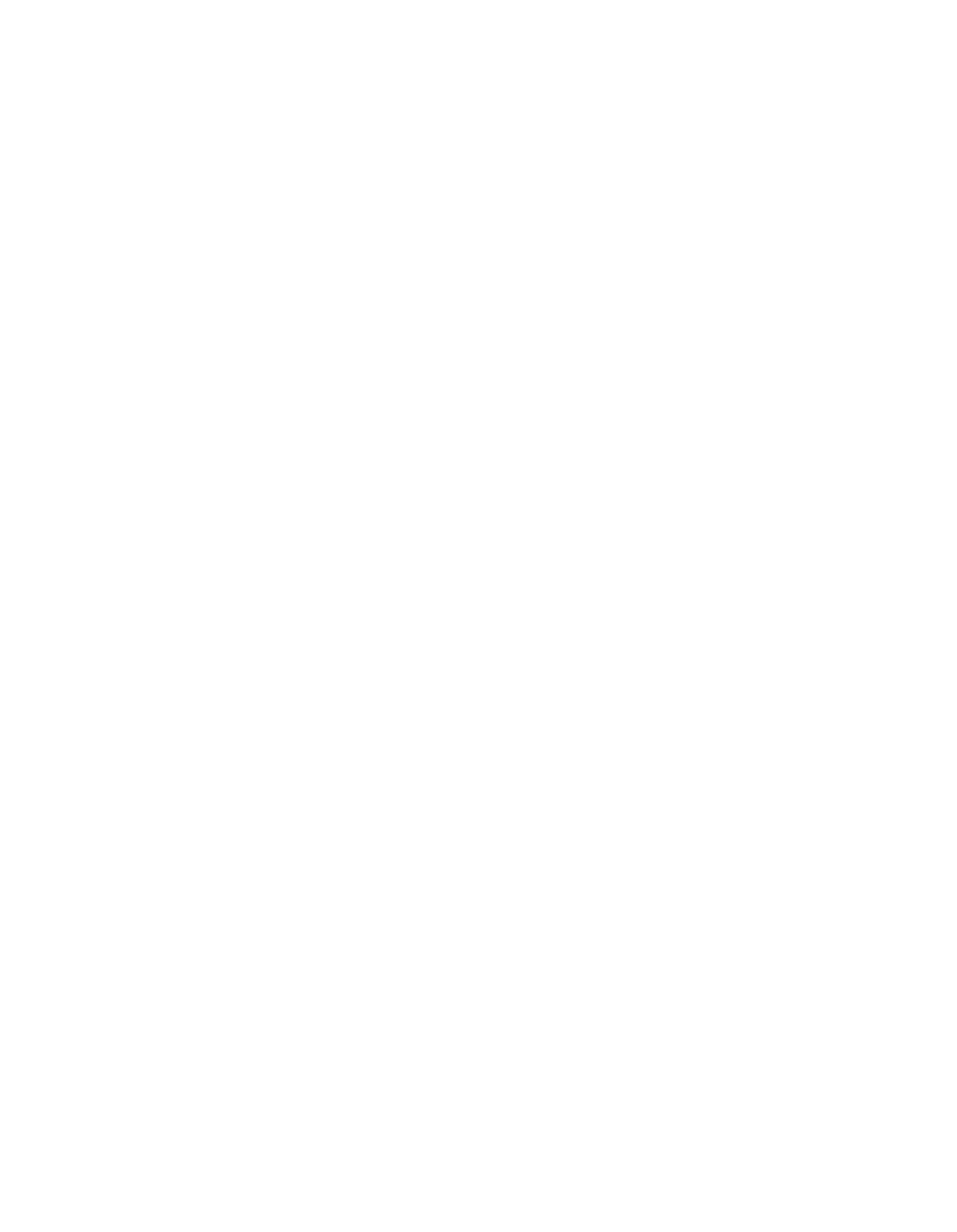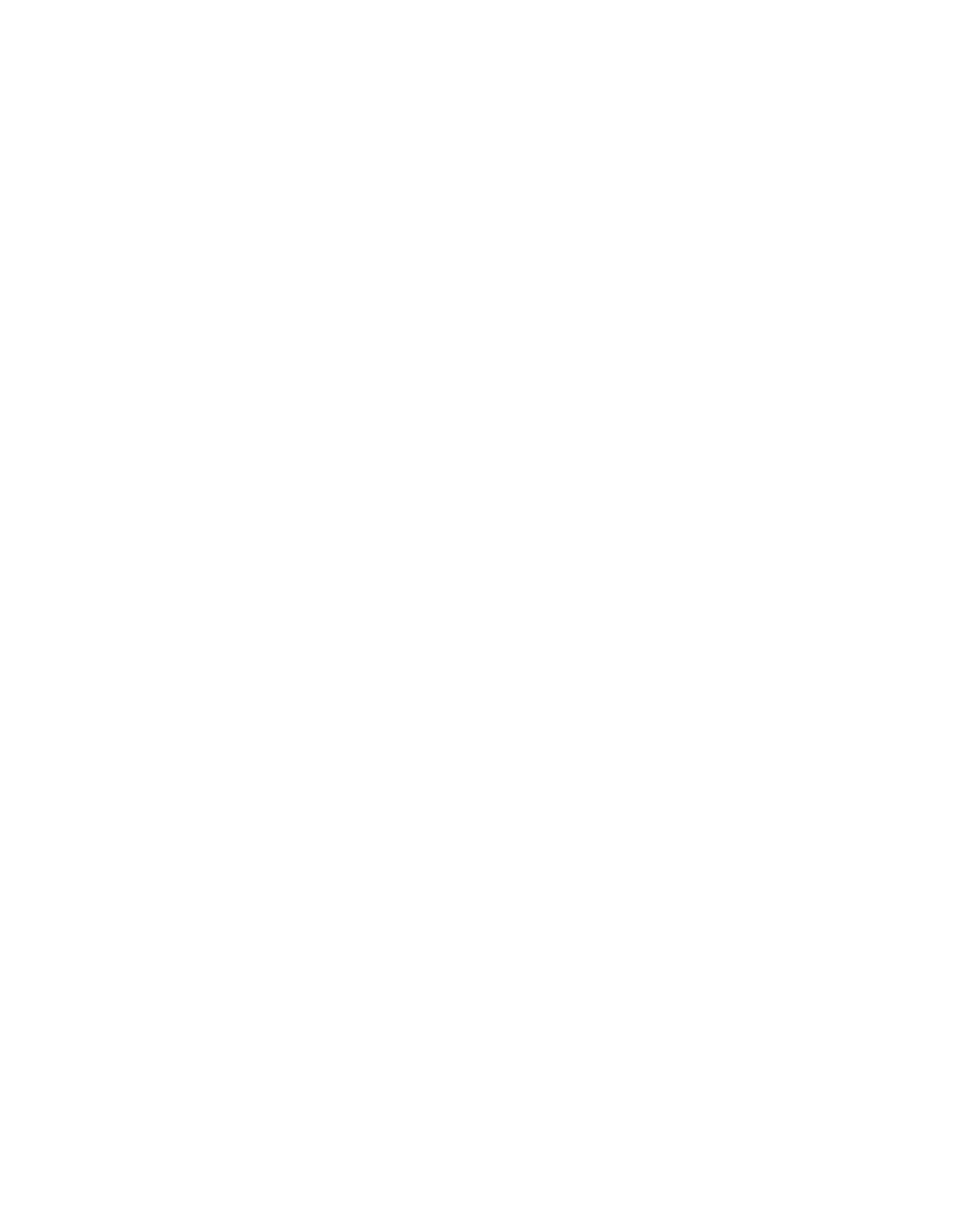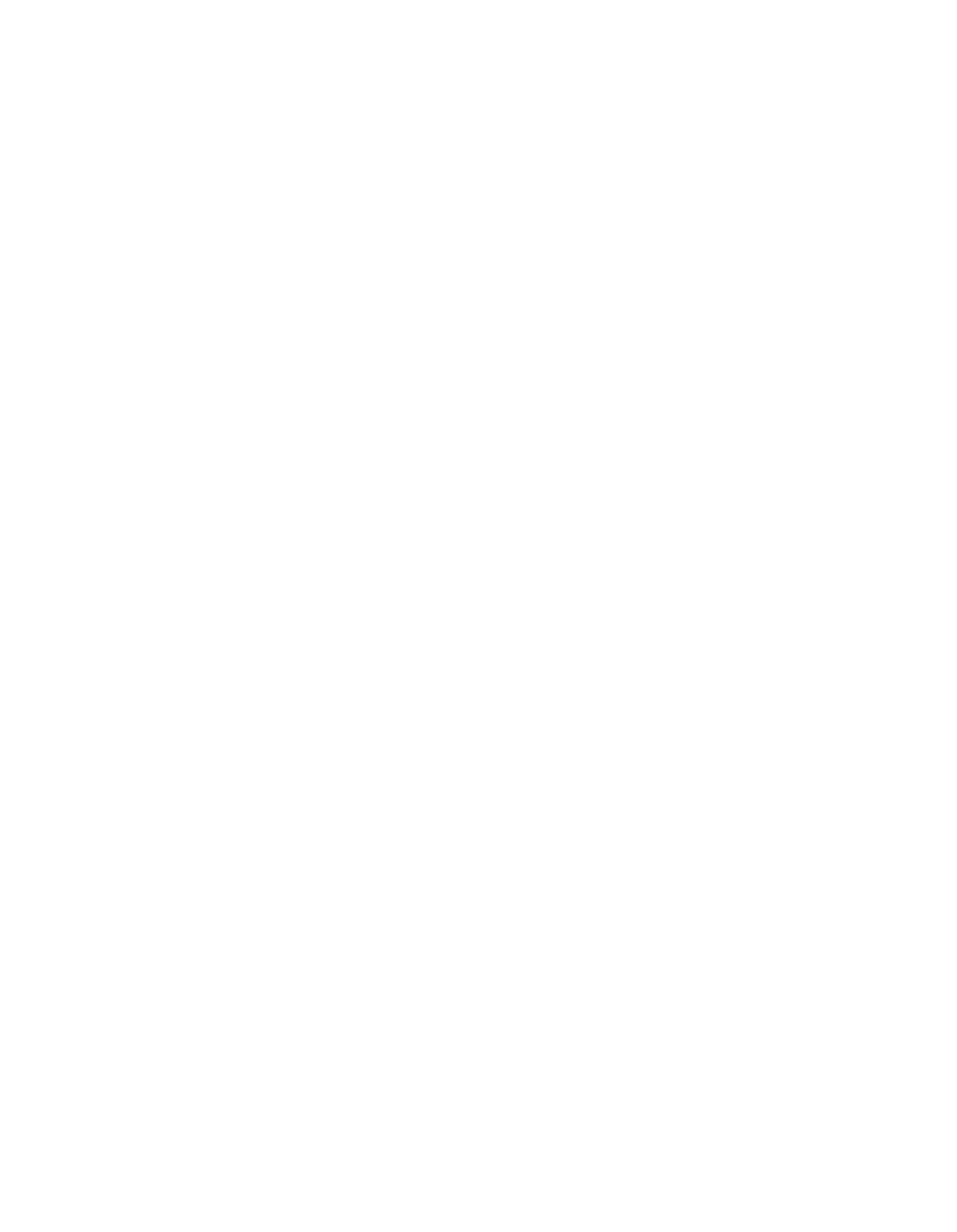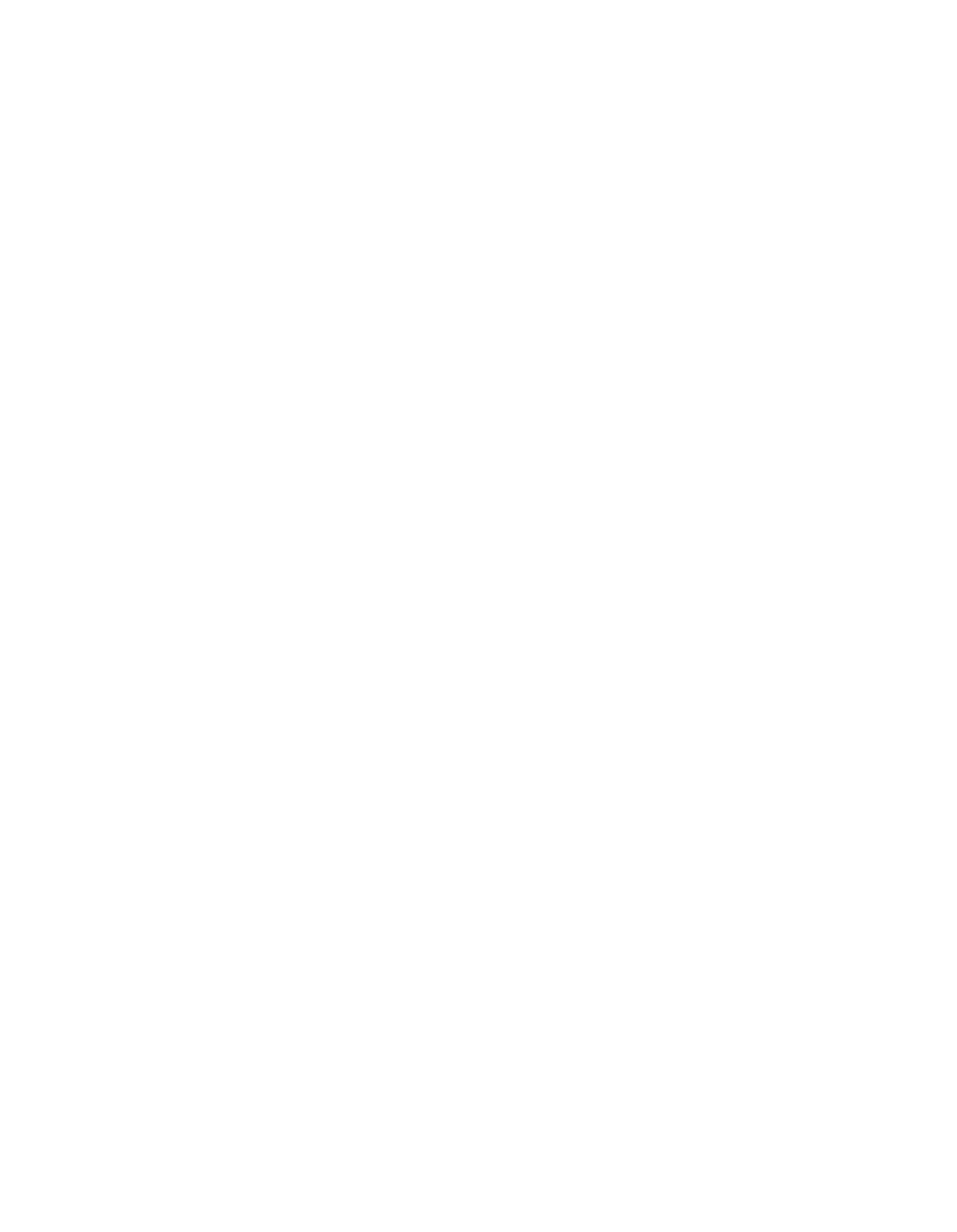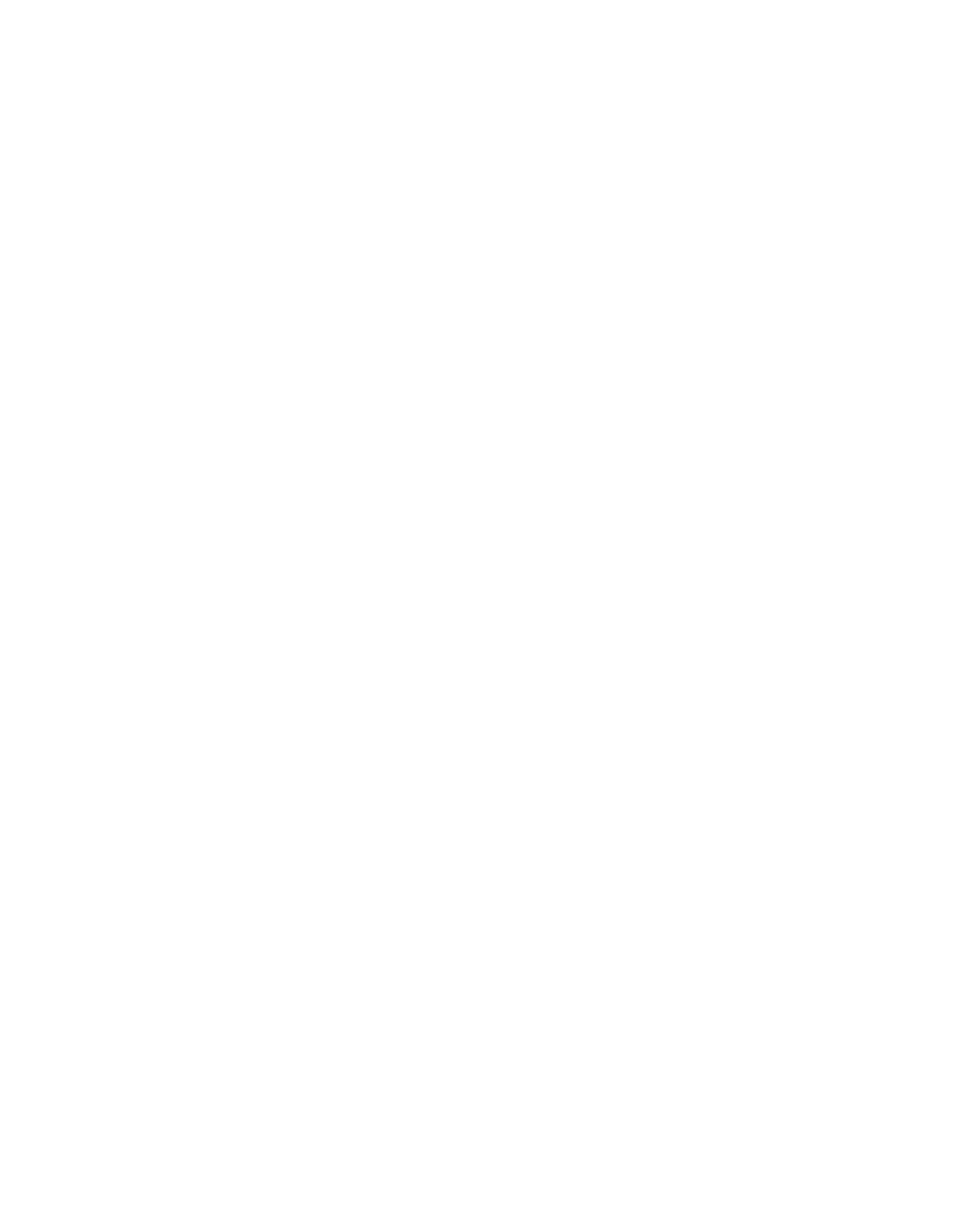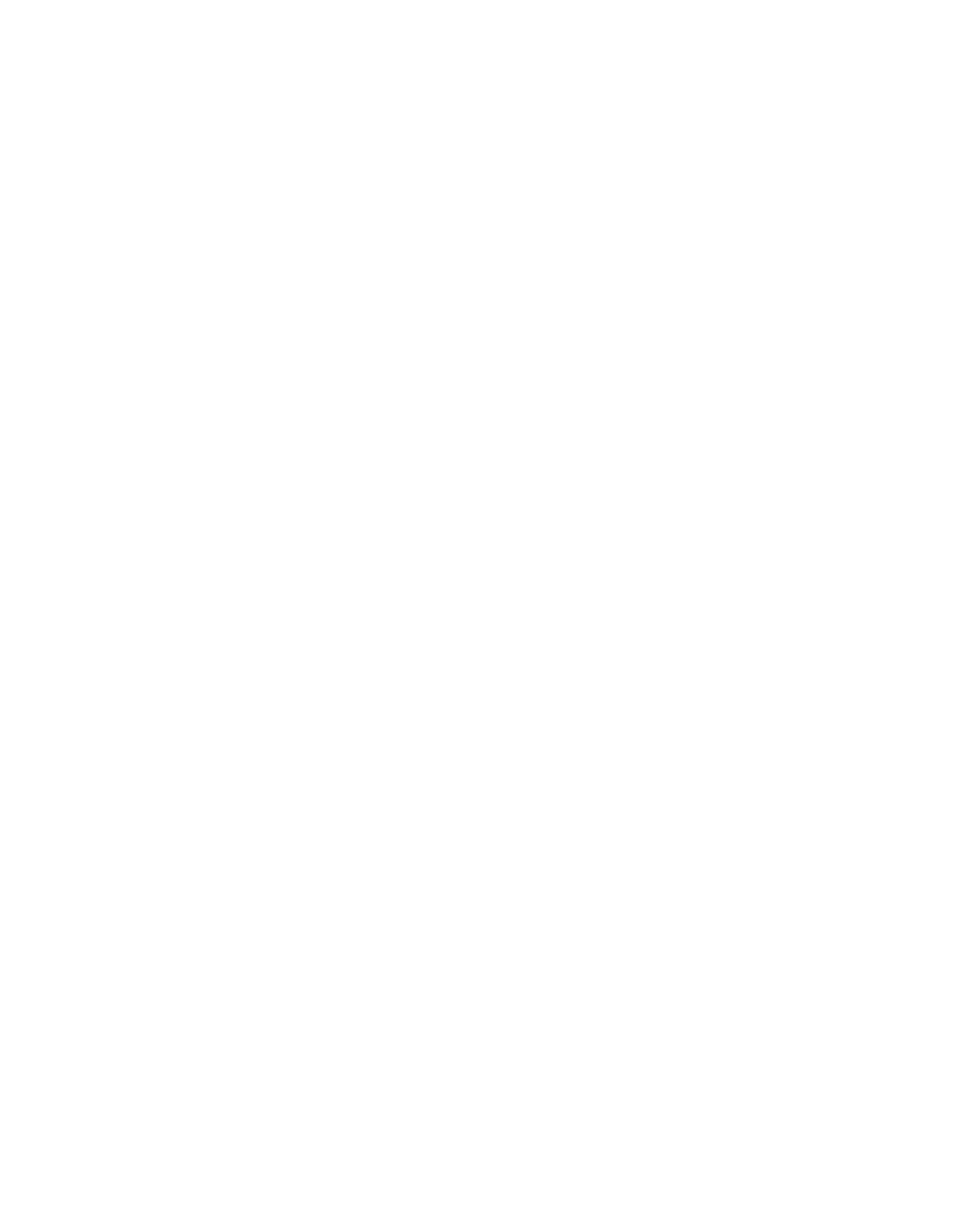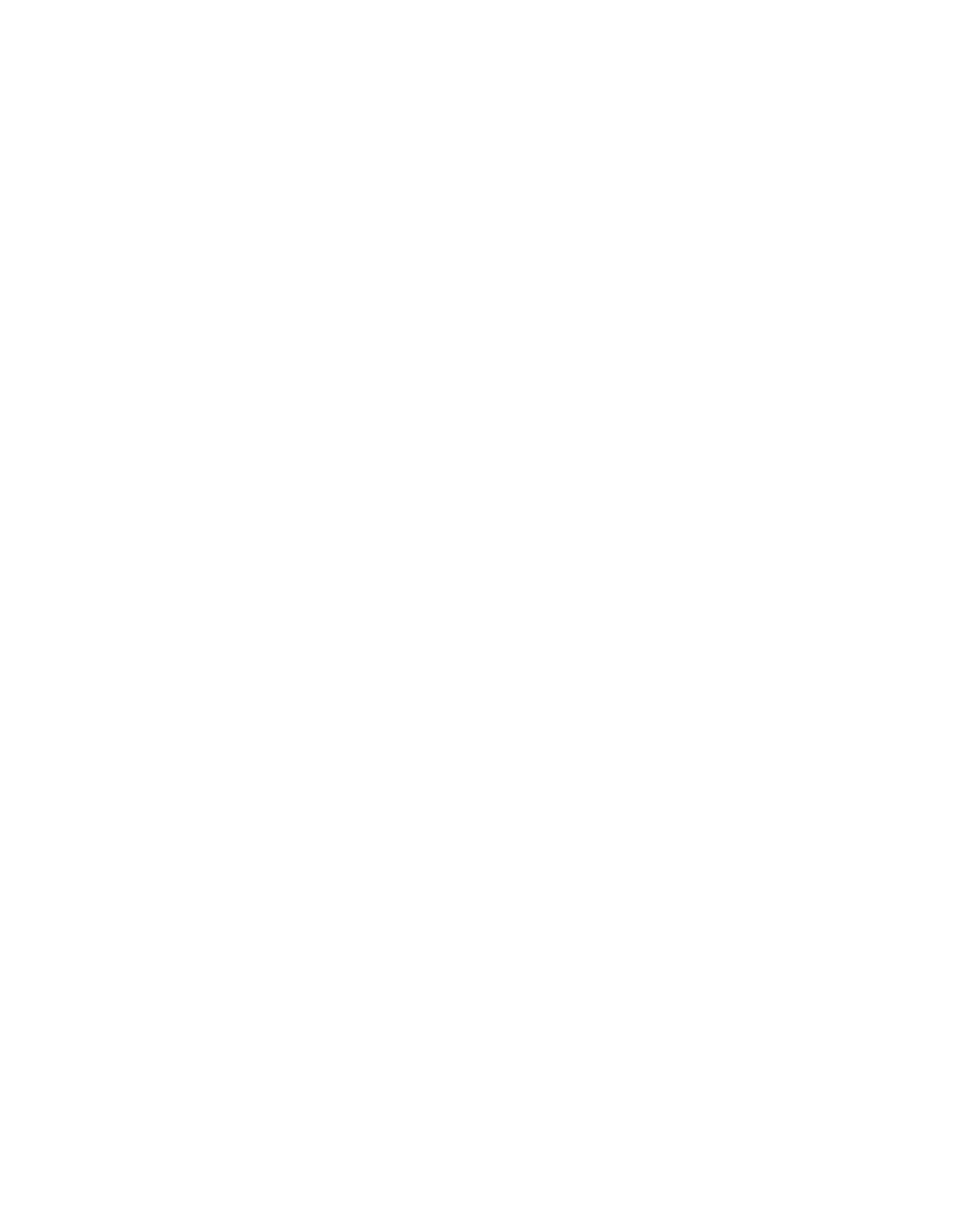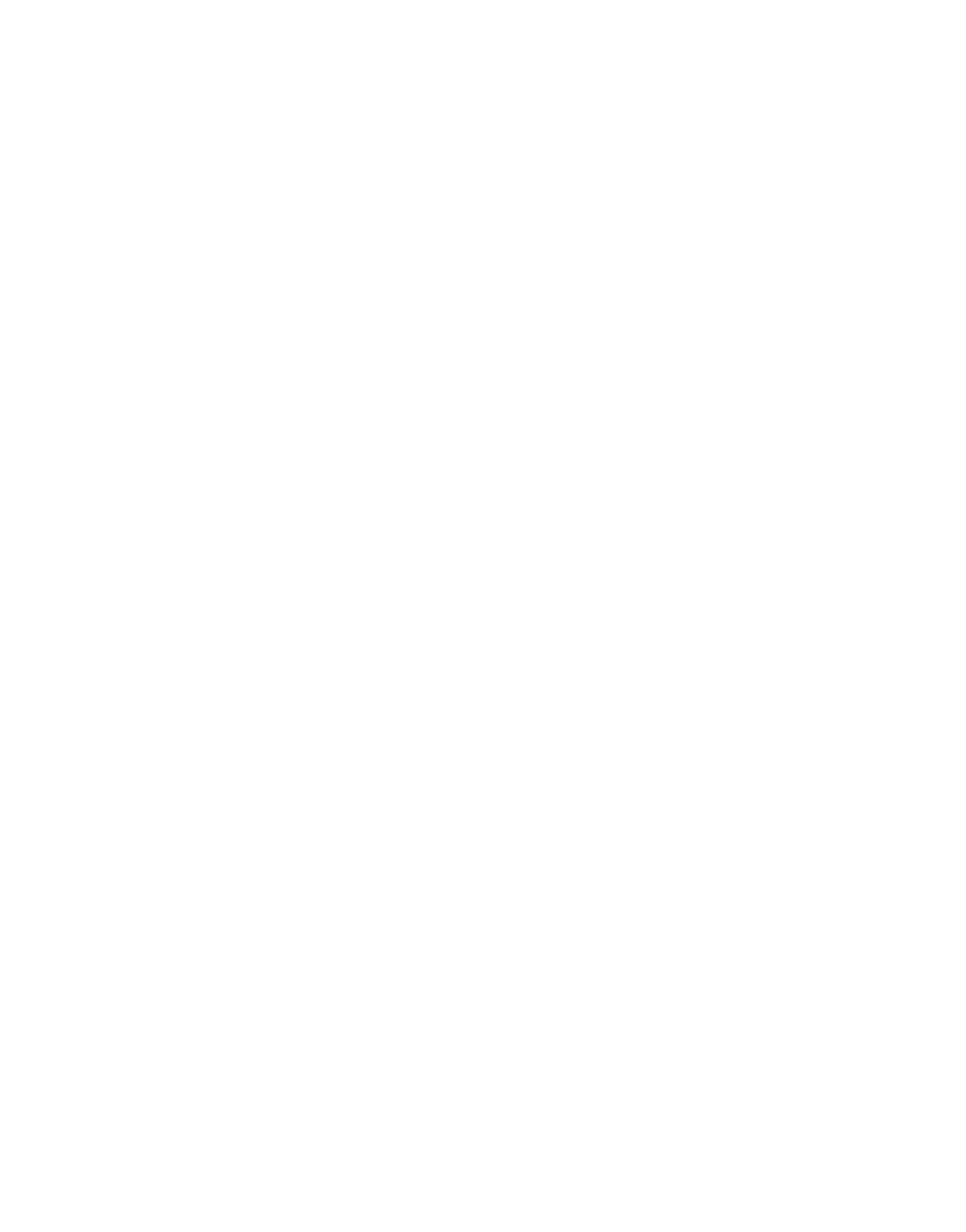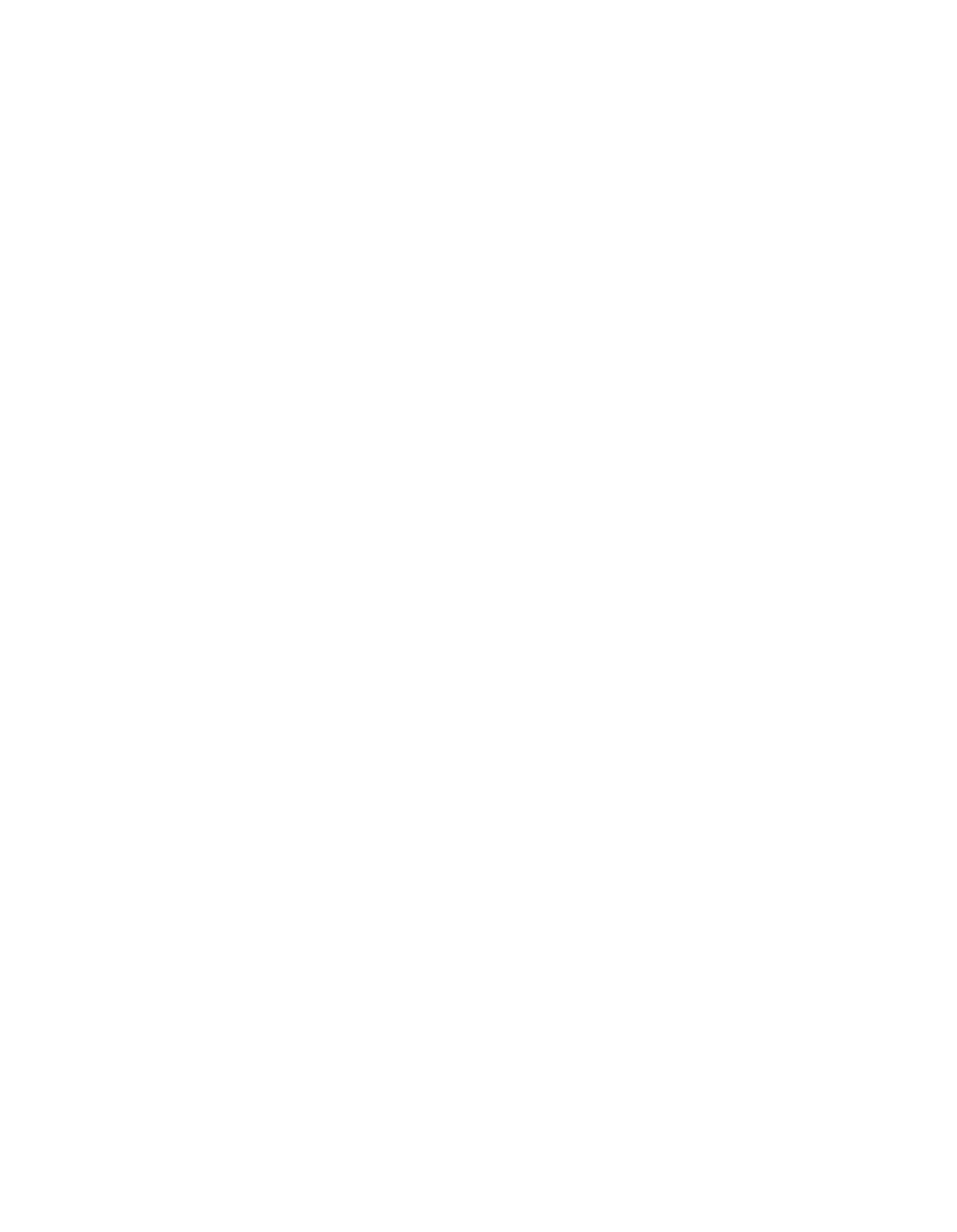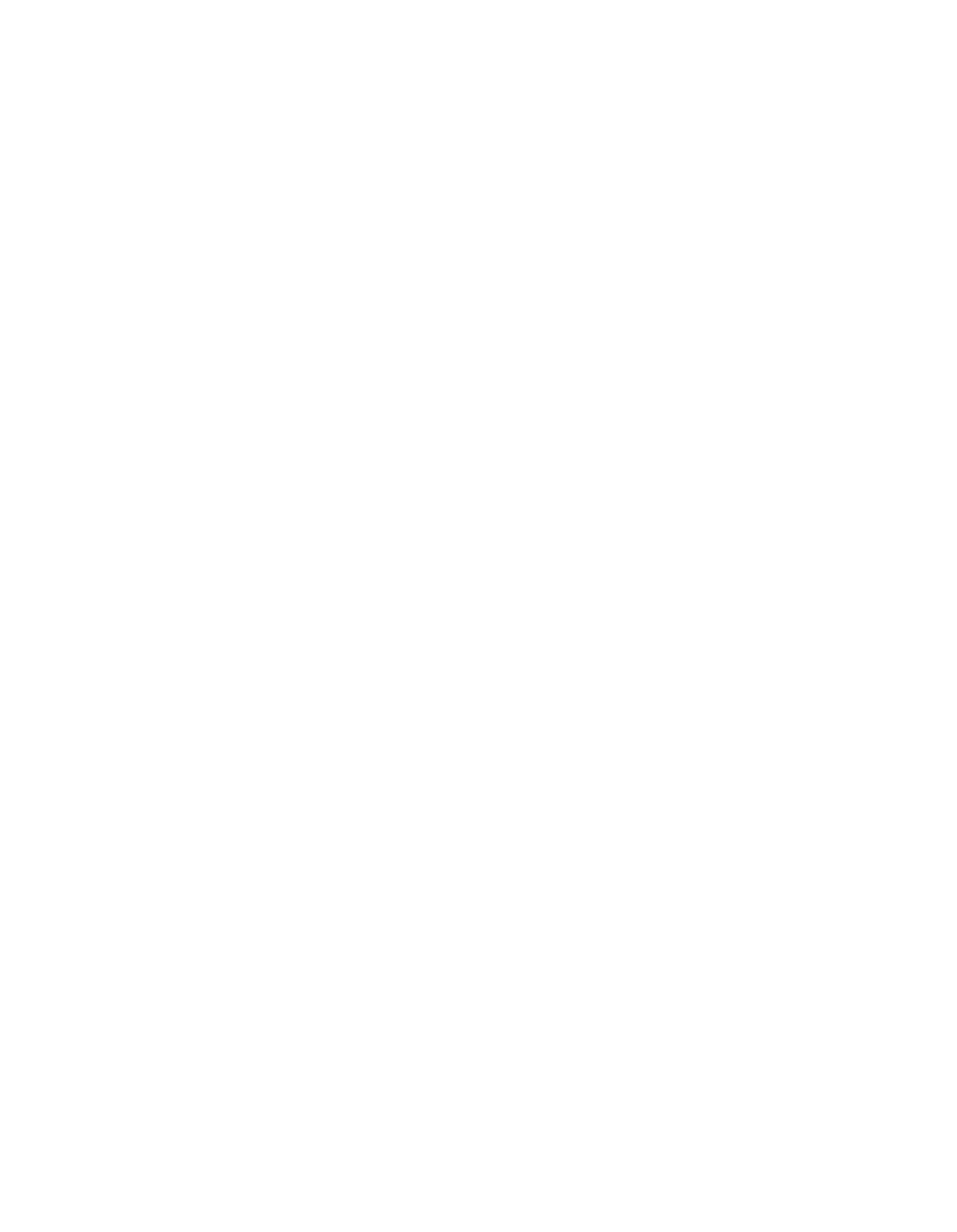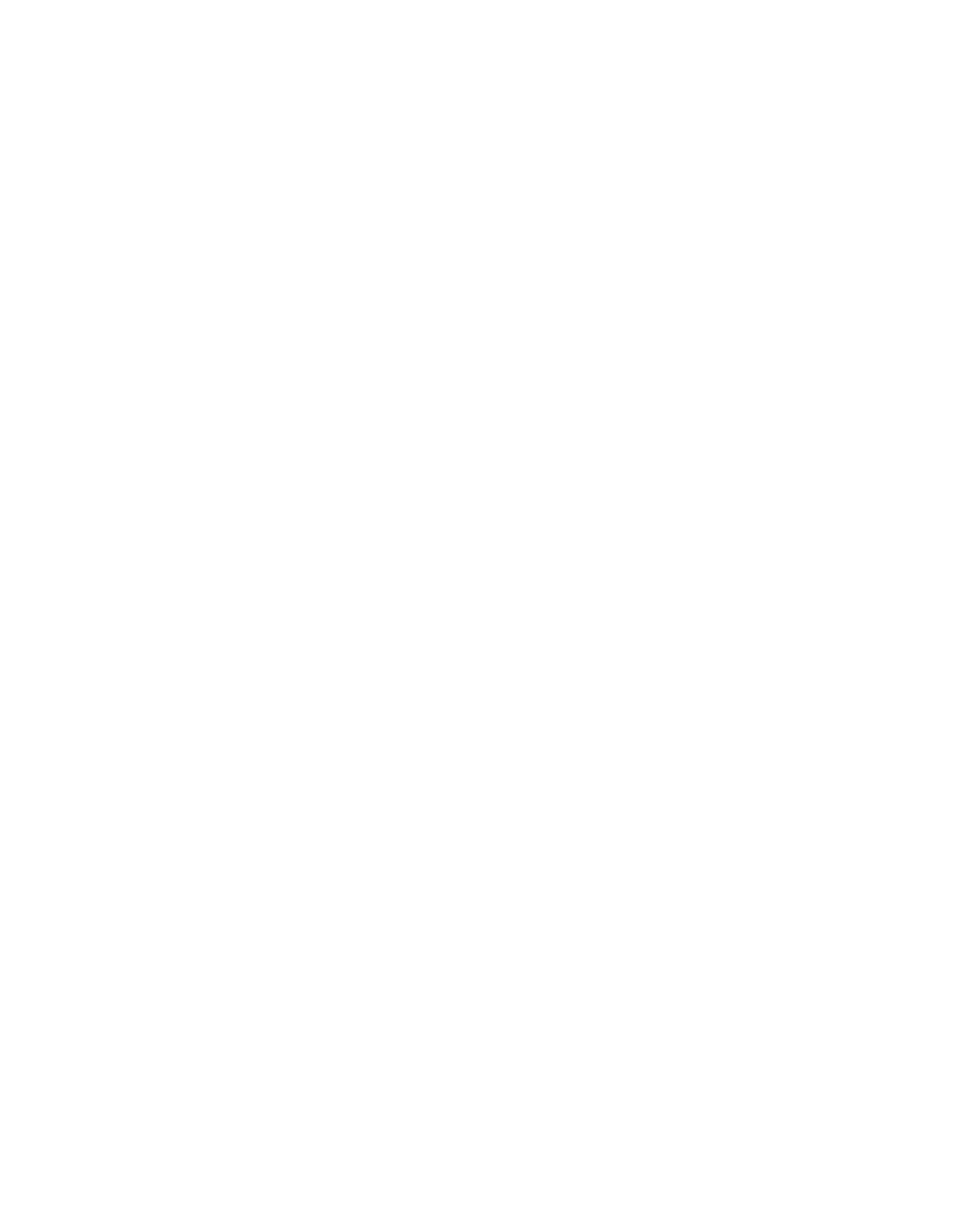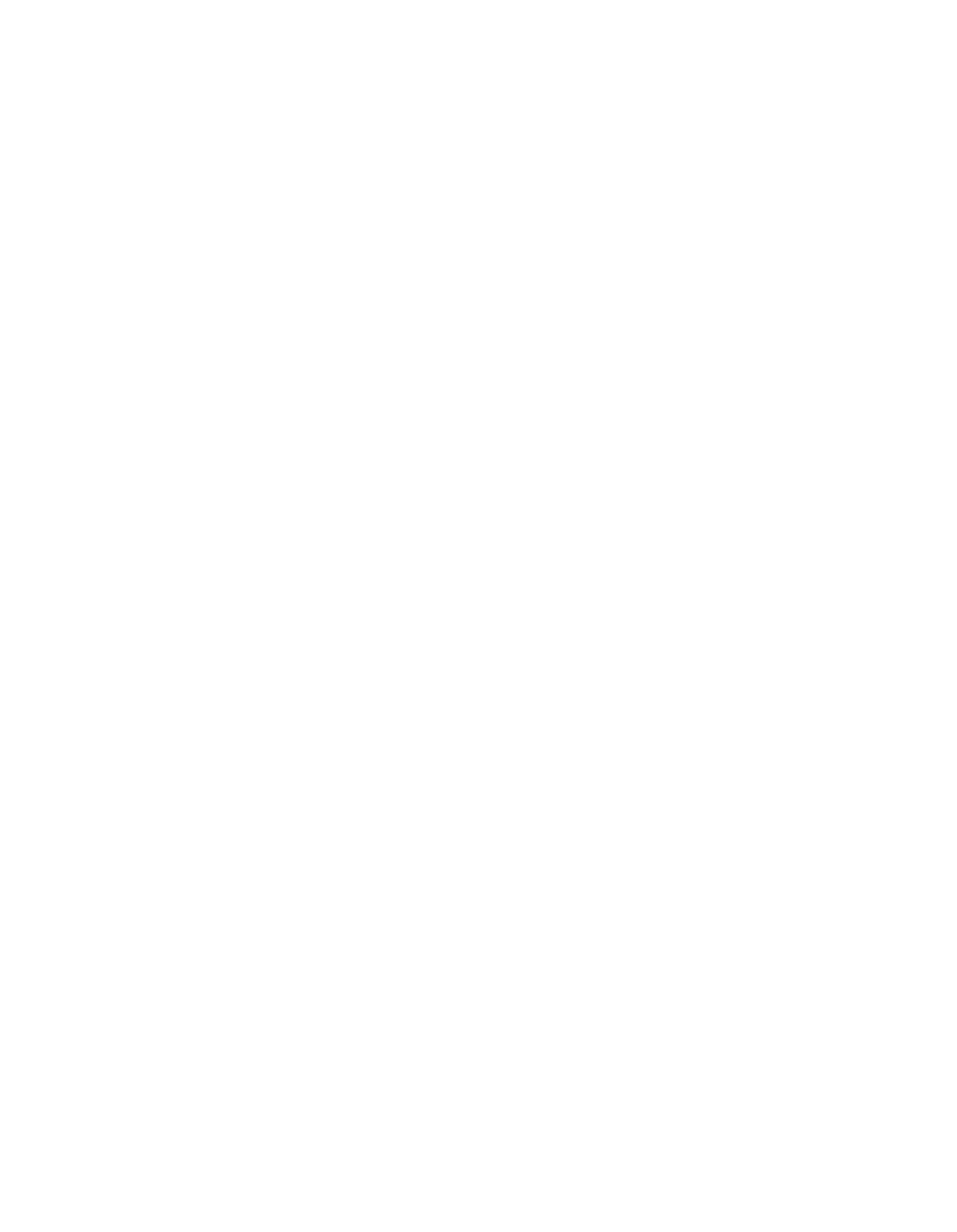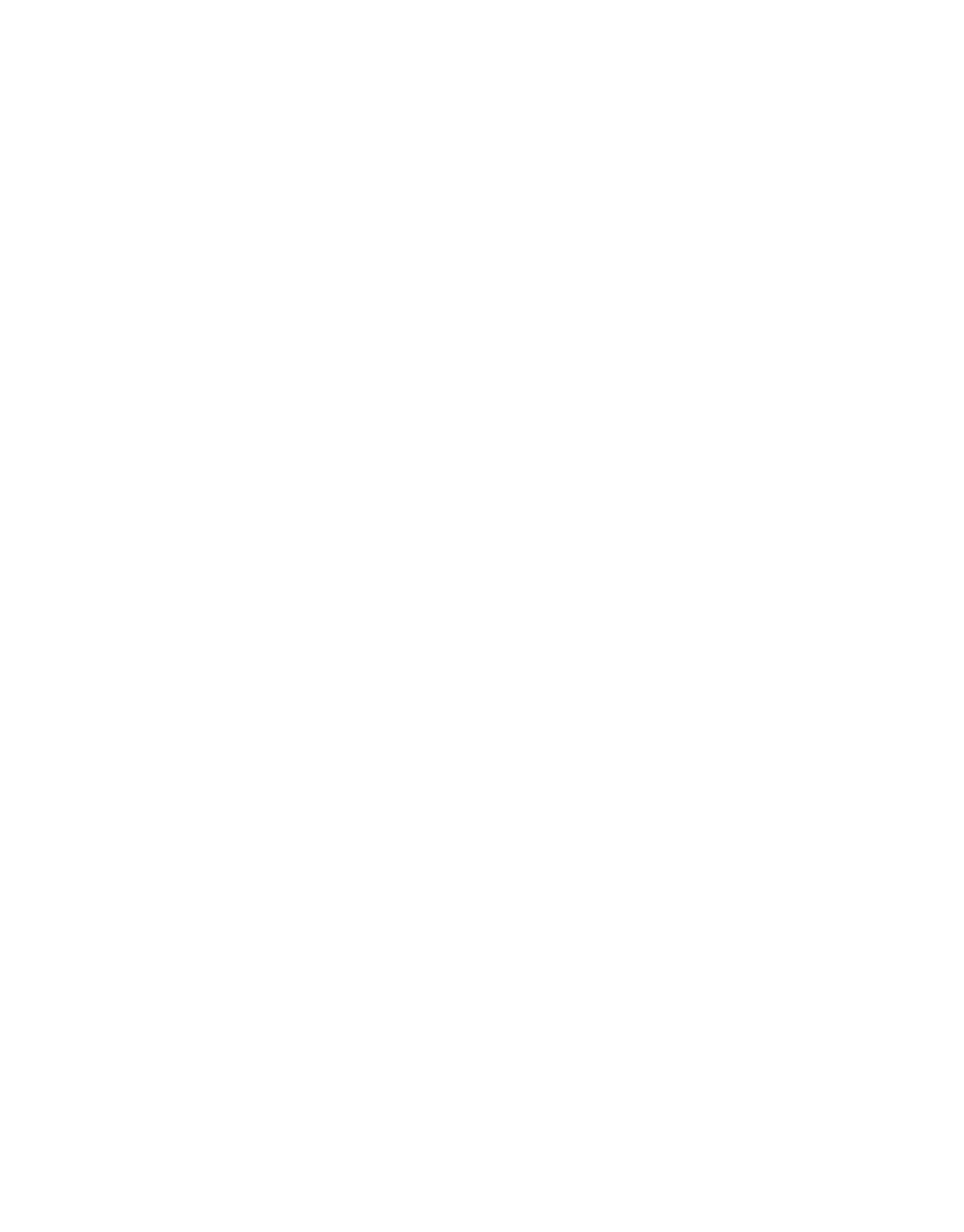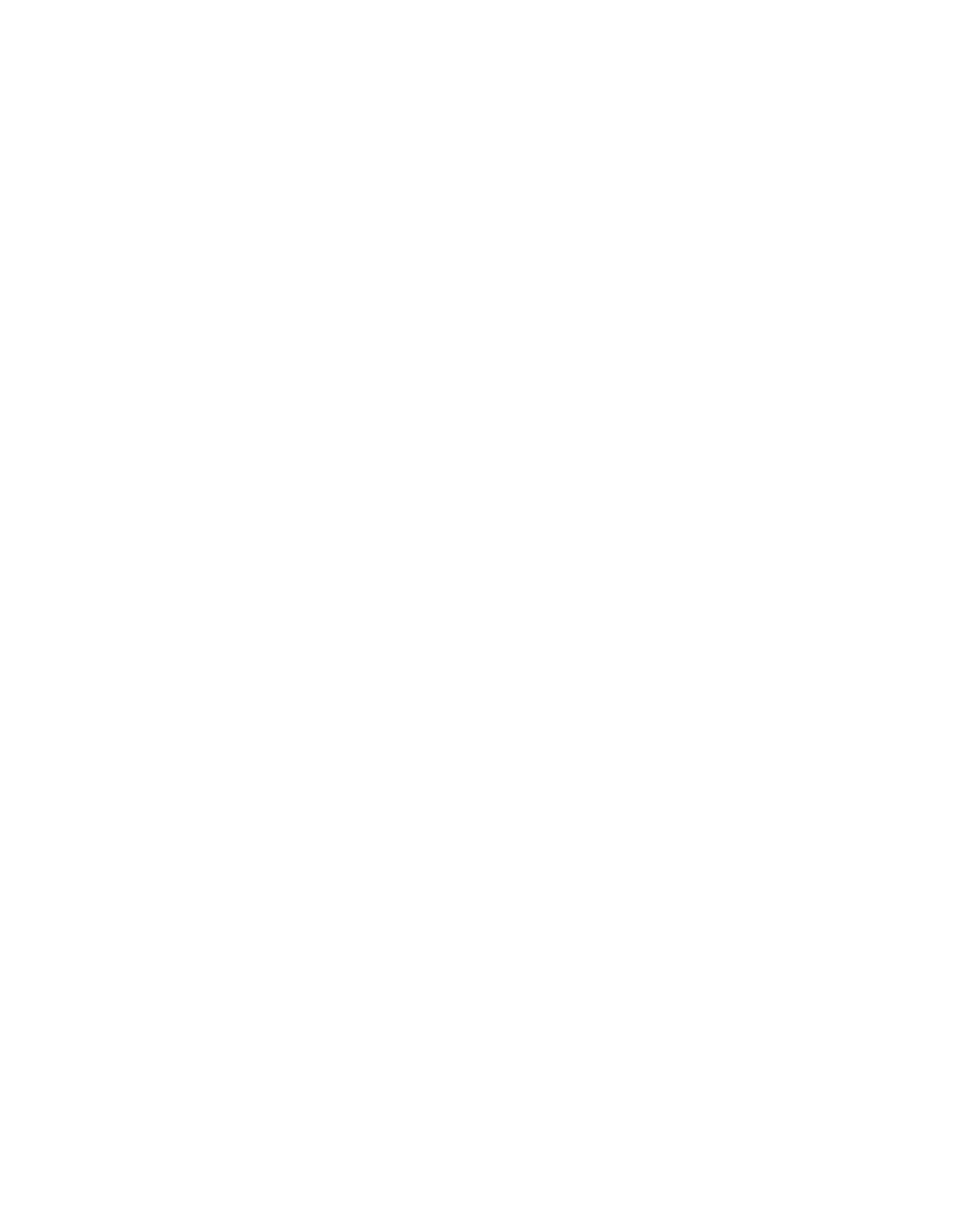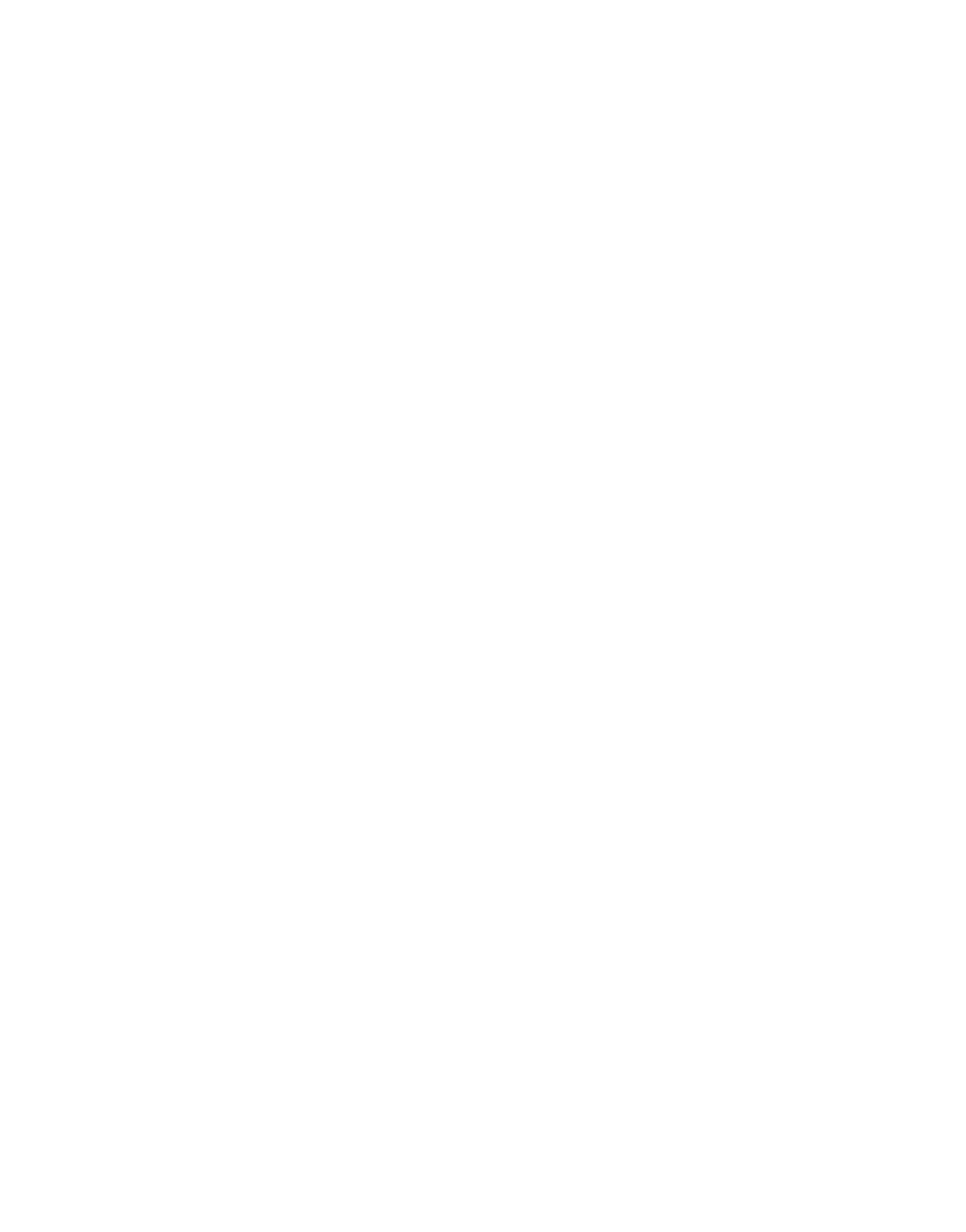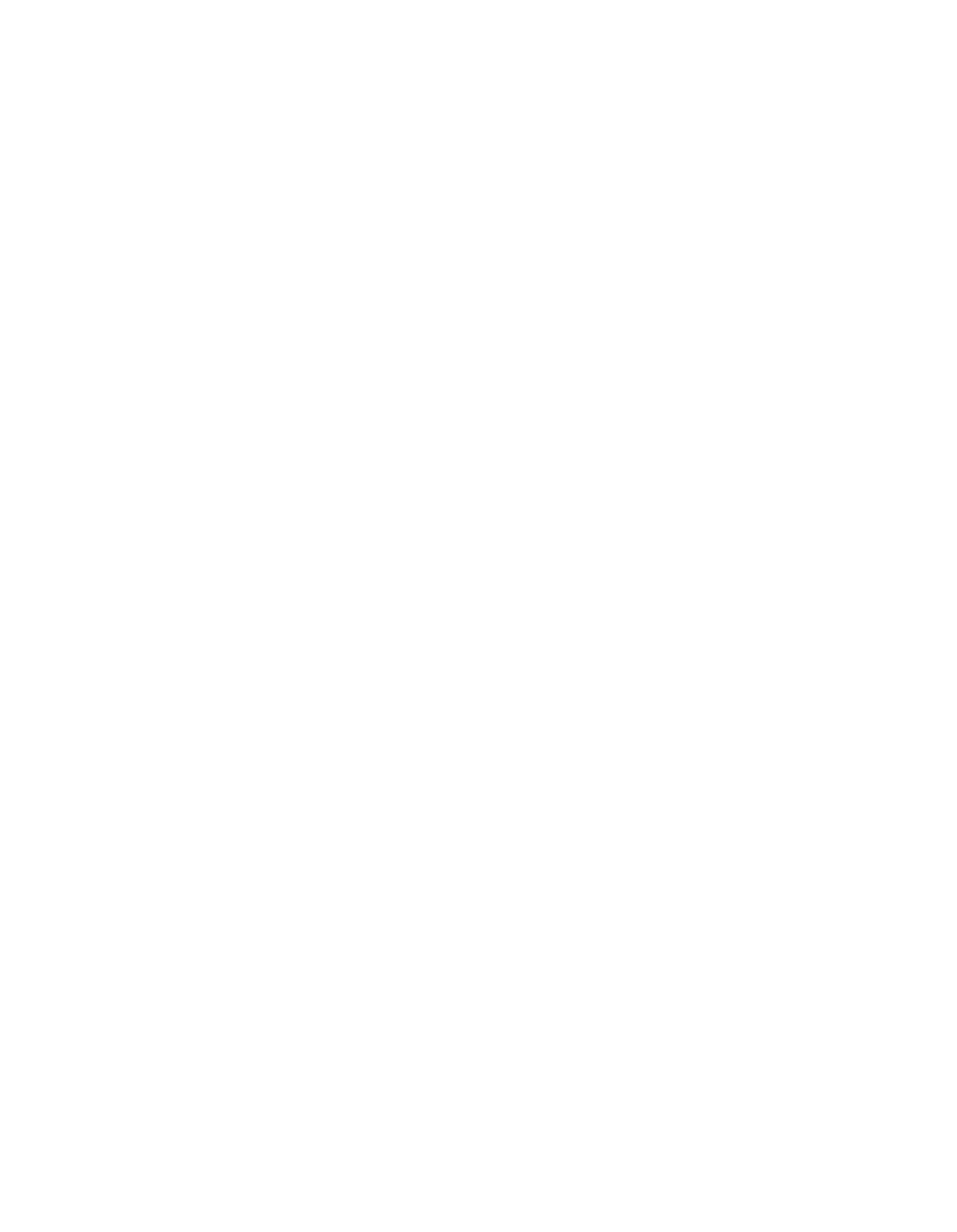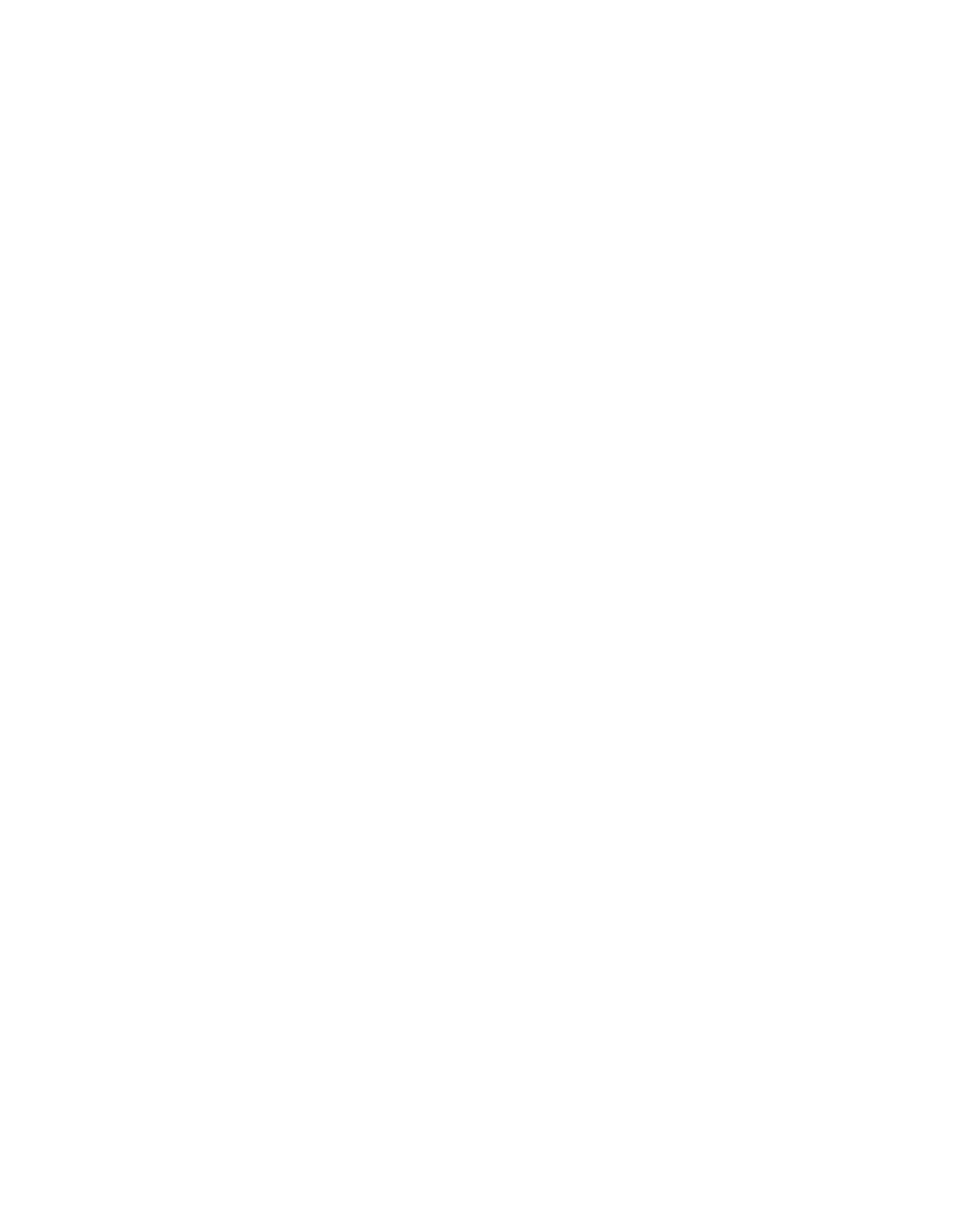ILLINOIS POLLUTION CONTROL BOARD
May
11, 1989
IN THE MATTER OF:
)
PRETREATMENT UPDATE
)
R89-3
(7/1/88
—
12/31/88)
)
PROPOSAL FOR PUBLIC COMMENT
PROPOSED ORDER OF THE BOARD
(by J. Marlin):
The Board proposed to amend
the Illinois pretreatment
regulations pursuant
to Section
13.3 of the Environmental
Protection Act
(Act).
Section
13.3
of
the Act requires the Board
to
adopt
regulations which
are “identical
in substance” with the federal
regulations promulgated
by
the United States Environmental
Protection Agency
(USEPA)
to implement the pretreatment
requirement of Sections 307 and 402
of the Clean Water Act,
previously
known as
the Federal Water Pollution Control Act.
Section
13,3 provides that Title VII
of
the Act and Sections
5
and 6.02
of the Administrative Procedure Act
(APP.)
do not apply
to
identical
in substance regulations adopted
for
the
pretreatment program.
However,
Section 13.3
of
the Act does
require
the Board
to provide for notice and public comment before
rules
are
filed with the Secretary of State.
This rulemaking
updates
the Illinois pretreatment
rules to correspond with major
federal amendments which appeared
at
53 Fed.
Reg.
40610, October
17,
1988 and
53 Fed.
Reg.
52369,
December
27, 1988.
This Order
is supported by
a proposed Opinion adopted
this
same
day.
The Board will receive public comment on the proposal
for
a period of
45 days following publication
in
the Illinois
Register.
Because
of
its
length,
the text of
the proposal will
not
be published
in
the Environmental Register,
or appear
in the
Opinion volumes.
The complete text of
the proposed rules
follow.
IT
IS SO ORDERED
I,
Dorothy M. Gunn,
Clerk of
the Illinois Pollution Control
Board,
hereby certify that
the above Proposed Order was adopted
on
the
~//~
day
of
~
,
1989,
by
a vote of
7-O
~6
))).
Dorothy Mv’JGunn,
Cl’erk
Illinois ?“ollution Control Board
99—131
—2—
TITLE
35:
ENVIRONMENTAL PROTECTION
SUBTITLE
C:
WATER POLLUTION
CHAPTER
I:
POLLUTION CONTROL BOARD
P1~RT307
SEWER DISCHARGE CRITERIA
SUBPART
A:
GENERAL PROVISIONS
Section
307. 101
307. 102
307. 103
307. 104
307. 105
307. 1001
307. 1002
307. 1003
307.1005
Section
307.1101
307. 1102
307. 1103
Section
307.1501
307. 1502
307. 1503
307. 1504
307. 1505
307. 1506
307. 1507
307. 1508
Preamble
(Renumbered)
General Requirements
(Renumbered)
Mercury (Renumbered)
Cyanide
(STORET number 00720)
(Renumbered)
Pretreatment Requirements
(Repealed)
Preamble
Definitions
Test Procedures
for Measurement
Toxic Pollutants
Mercury
Cyanide
Receiving Stations
Fluid Products
Cultured Products
Butter
Desserts
307. 1509
307. 1510
307. 1511
307. 1512
Condensed Milk
Dry Milk
Condensed Whey
Dry Whey
Corn Wet Milling
Corn Dry Milling
Normal Wheat
Flour
Bulgur Wheat
Flour
Normal Rice Milling
Parboiled Rice Milling
Animal Feed
Hot Cereal
Ready—to—eat Cereal
Wheat Starch and Gluten
SUBPART
B:
GENERAL AND SPECIFIC PRETREATMENT REQUIREMENTS
General
and Specific Requirements
SUBPART
F:
DAIRY PRODUCTS
PROCESSING
Cottage Cheese and Cultured Cream Cheese
Natural
and Processed Cheese
Fluid Mix for Ice Cream and
other Frozen Desserts
Ice Cream,
Frozen Desserts, Novelties
and Other
Dairy
SUBPART
G:
GRAIN
MILLS
Section
307. 1601
307. 1602
307. 1603
307. 1604
307. 1605
307. 1606
307. 1607
307. 1608
307. 1609
307. 1610
Milling
Milling
99—132
—3—
SUBPART
H:
CANNED AND PRESERVED FRUITS AND VEGETABLES
Section
307. 1700
307. 1701
307. 1702
307. 1703
307. 1704
307. 1705
307. 1706
307. 1707
307. 1708
Section
307. 1801
307. 1815
Section
307. 1901
307. 1902
307. 1903
Section
307.2000
307. 2001
307.2002
307. 2003
307.2004
307. 2005
307.2006
307. 2007
307.2008
307. 2009
Section
307. 2101
307. 2102
307. 2103
Section
307. 2201
307. 2202
Section
307. 2300
307. 2301
307.2302
307. 2304
307.2305
General Provisions
Apple Juice
Apple Products
Citrus Products
Frozen Potato Products
Dehydrated Potato Products
Canned
and Preserved Fruits
Canned
and Preserved Vegetables
Canned and Miscellaneous Specialties
SUBPART
I:
CANNED AND PRESERVED SEAFOOD
Farm—raised Catfish
Fish Meal Processing Subcategory
SUBPART
J:
SUGAR PROCESSING
Beet Sugar Processing
Crystalline Cane Sugar Refining
Liquid Cane Sugar Refining
SUBPART
K:
TEXTILE MILLS
General Provisions
Wool Scouring
Wool Finishing
Low Water Use Processing
Woven Fabric Finishing
Knit Fabric Finishing
Carpet Finishing
Stock
and Yarn Finishing
Nonwoven Manufacturing
Felted Fabric Processing
SUBPART
L:
CEMENT MANUFACTURING
Nonleaching
Leaching
Materials Storage Piles Runoff
General
Ducks
SUBPART
M:
FEEDLOTS
SUBPART
N:
ELECTROPLATING
General Provisions
Electroplating of Common Metals
Electroplating
of Precious Metals
Anodizing
Coatings
99—133
—4—
307. 2306
307.2307
307. 2308
SUBPART
Section
307.2400
307. 2401
307.2402
307. 2403
307.2404
307. 2405
307. 2406
307.2407
307.2490
307.2491
Chemical Etching and
Electroless Plating
Printed Circuit Boards
Milling
0:
ORGANIC CHEMICALS, PLASTICS AND SYNTHETIC FIBERS
General Provisions
Rayon Fibers
Other Fibers
Thermoplastic Resins
Thermosetting Resins
Commodity Organic Chemicals
Bulk
Organic
Chemicals
Specialty Organic Chemicals
Non—complexed Metal—bearing and Cyanide—bearing
Waste s t r earns
Cornplexed Metal—bearing Wastestreams
SUBPART
P:
INORGANIC
CHEMICALS
MANUFACTURING
General Provisions
Aluminum Chloride Production
Aluminum Sulfate Production
Calcium Carbide Production
Calcium
Chloride
Production
Calcium
Oxide
Production
Chlor—alkali
Process
(Chlorine
and Sodium or
Potassium Hydroxide Production)
Hydrofluoric Acid Production
Hydrogen Peroxide Production
Potassium
Metal
Production
Potassium
Dichromate
Production
Potassium
Sulfate
Production
Sodium
Bicarbonate
Production
Sodium
Chloride
Production
Sodium
Dichromate
and
Sodium
Sulfate
Production
Sodium
Sulfite
Production
Titanium
Dioxide
Production
Aluminum Fluoride Production
Ammonium Chloride Production
Borax Production
Boric
Acid
Production
Bromine
Production
Calcium
Carbonate
Production
Calcium
Hydroxide
Production
Carbon Monoxide and Byproduct Hydrogen Production
Chrome Pigments Production
Chromic
Acid
Production
Copper
Salts
Production
Ferric Chloride Production
Fluorine Production
Hydrogen Production
Hydrogen
Cyanide
Production
Iodine Production
Section
307.2500
307. 2501
307. 2502
307. 2503
307. 2504
307.2505
307.2506
307.2508
307. 2509
307. 2511
307.2512
307.2513
307.
2514
307.
2516
307.
2517
307.2520
307. 2522
307.2523
307.2524
307.
2527
307.
2528
307. 2529
307. 2530
307.2531
307.2533
307.2534
307.2535
307.2536
307.
2538
307. 2540
307.
2541
307.2542
307.2543
99—134
—5—
307. 2544
307. 2545
307.2547
307. 2549
307. 2550
307.2551
307. 2553
307. 2554
307. 2555
307.2560
307. 2563
307.2564
307. 2565
307.2566
307.2567
Section
307. 2701
307.2702
307.2703
307. 2704
307.2705
307. 2706
307.2707
307. 2708
307. 2709
307. 2710
307. 2711
307.
2712
307. 2713
307. 2714
307.
2715
307.
2716
307. 2717
307. 2718
307. 2719
Section
307. 2801
307.2802
307.2803
307. 2804
307.2805
307.2806
307.2807
Section
307.2901
307.2902
307.2903
Lead Monoxide Production
Lithium Carbonate Production
Nickel Salts Production
Oxygen and Nitrogen Production
Potassium Chloride Production
Potassium Iodide Production
Silver Nitrate Production
Sodium Bisulfite Production
Sodium Fluoride Production
Stannic Oxide Production
Zinc Sulfate Production
Cadmium
Pigments
and
Salts
Production
Cobalt
Salts
Production
Sodium
Chlorate
Production
Zinc
Chloride
Production
SUBPART
R:
SOAP
AND
DETERGENTS
Soap
Manufacturing
by
Batch
Kettle
Fatty
Acid
Manufacturing
by
Fat
Splitting
Soap
Manufacturing
by
Fatty
Acid
Neutralization
Glycerine
Concentration
Glycerine Distillation
Manufacture
of
Soap
Flakes
and
Powders
Manufacture
of
Bar
Soaps
Manufacture
of
Liquid
Soaps
Oleum
Sulfonation
and
Sulfation
Air—Sulfur
Trioxide
Sulfation
and Sulfonation
Sulfur Trioxide Solvent and Vacuum Sulfonation
Sulfamic
Acid
Sulfation
Chlorosulfonic
Acid
Sulfation
Neutralization
of
Sulfuric
Acid
Esters
and
Sulfonic
Acids
Manufacture
of
Spray
Dried
Detergents
Manufacture
of
Liquid
Detergents
Manufacturing
of
Detergents
by
Dry
Blending
Manufacture
of
Drum
Dried
Detergents
Manufacture of Detergent Bars
and Cakes
SUBPART
S:
FERTILIZER
MANUFACTURING
Phosphate
Ammonia
Urea
P~.mmoniumNitrate
Nitric
Acid
Ammonium
Sulfate
Production
Mixed
and
Blend
Fertilizer
Production
SUBPART
T:
PETROLEUM
REFINING
Topping
Cracking
Petrochemical
99—13 5
—6—
307.2904
307. 2905
Section
307.3000
307. 3001
307.3002
307. 3003
307.3004
307. 3005
307.3006
307. 3007
307.3008
307.
3009
307. 3010
307. 3011
307.3012
Section
307.
3100
307.
3101
307.3102
307.
3103
307.
3104
307.
3105
307.
3106
307.
3107
307.
3108
307.
3109
307.
3110
307. 3111
307. 3112
307.
3113
307.
3114
307.
3115
307.
3116
307.
3117
307.
3118
307.
3119
307.
3120
307.
3121
307.
3122
307.
3123
307.
3124
307.
3125
307.
3126
307. 3127
307.
3128
307.
3129
307.3130
307.
3131
Lube
Integrated
General Provisions
Cokemaking
S inter
ing
I ronmaking
Steelmaking
Vacuum Degassing
Continuous Casting
Hot
Forming
Salt Bath Descaling
Acid Pickling
Cold Forming
Alkaline
Cleaning
Hot Coating
General Provisions
Bauxite Refining
Primary Aluminum Smelting
Secondary Aluminum Smelting
Primary Copper Smelting
Primary
Electrolytic
Copper
Secondary Copper
Primary
Lead
Primary
Zinc
Metallurgical
Acid
Plants
Primary
Tungsten
Primary
Columbium—Tantalum
Secondary
Silver
Secondary
Lead
Primary
Antimony
Primary
Beryllium
SUBPART
U:
IRON AND STEEL MANUFACTURING
SUBPART
V:
NONFERROUS
METALS
MANUFACTURING
Refining
Primary and Secondary Germanium and Gallium
Secondary Indium
Secondary Mercury
Primary
Molybdenum
and
Rhenium
Secondary Molybdenum and Vanadium
Primary Nickel and Cobalt
Secondary Nickel
Primary Precious Metals
and Mercury
Secondary Precious Metals
Primary
Rare
Earth
Metals
Secondary Tantalum
Secondary
Tin
Primary
and
Secondary
Titanium
Secondary
Tungsten
and
Cobalt
Secondary Uranium
Primary
Zirconium and Hafnium
99—136
—7—
SUBPART
X:
STEAM ELECTRIC POWER GENERATING
Section
307.3301
Section
307.3401
307.3402
307.3403
307. 3404
307.3405
307. 3406
307.3407
Steam Electric Power Generating
SUBPART
Y:
FERROALLOY MANUFACTURING
Open Electric Furnaces With Wet Air Pollution Control
Devices
Covered Electric Furnaces and Other Smelting
Operations with Wet Air Pollution Control Devices
Slag Processing
Covered Calcium Carbide Furnaces With Wet Air
Pollution
Control
Devices
Other
Calcium
Carbide
Furnaces
Electrolytic Manganese Products
Electrolytic
Chromium
SUBPART
Z:
LEATHER
TANNING
AND
FINISHING
General
Provisions
Hair
Pulp,
Chrome
Tan,
Retan—Wet
Finish
Hair
Save,
Chrome
Tan,
Retan—Wet
Finish
Hair
Save
or
Pulp,
Non—Chrome Tan,
Retan—Wet Finish
Retan—Wet
Finish—Sides
No
Beamhouse
Through—the—Blue
Shearling
Pigsk in
Retan—Wet
Finish—Splits
Potassium Ferricyanide Titration Method
SUBPART
BA:
GLASS
MANUFACTURING
Insulation
Fiberglass
Sheet
Glass
Manufacturing
Rolled
Glass
Manufacturing
Plate
Glass
Manufacturing
Float
Glass
Manufacturing
Automotive
Glass
Tempering
Automotive
Glass
Laminating
Glass
Container
Manufacturing
Glass Tubing
(Danner) Manufacturing
Television
Picture
Tube
Envelope
Manufacturing
Incandescent
Lamp
Envelope
Manufacturing
Hand
Pressed
and
Blown
Glass
Manufacturing
SUBPART
BB:
ASBESTOS
MANUFACTURING
Section
307. 3500
307. 3501
307.3502
307. 3503
307.3504
307. 3505
307.3506
307. 3507
307.3508
307. 3509
307.3590
Section
307. 3601
307.3602
307.3603
307.
3604
307.3605
307. 3606
307.3607
307.3608
307. 3610
307. 3611
307. 3612
307. 3613
Section
307. 3701
307.3702
307.3703
307.3704
307.3705
307. 3706
Asbestos—Cement
Pipe
Asbestos—Cement
Sheet
Asbestos
Paper
(Starch
Binder)
Asbestos Paper
(Elastomeric Binder)
Asbestos Millboard
Asbestos Roofing
99—13 7
—8—
307. 3707
307.3708
307.3709
307. 3710
307. 3711
Section
307. 3801
307. 3802
307.3803
307.3804
307. 3805
307. 3806
307.3807
307.3808
307. 3809
307.3810
307. 3811
Section
307.3900
307. 3901
307. 3902
307.3903
307.3904
307.3905
307.3906
307. 3907
307. 3908
307.
3909
307. 3910
307.
3911
307.
3912
307. 3913
307. 3914
307. 3915
307.
3916
Section
307.4000
307.
4001
307.4002
307.4004
307.4005
307.4006
Asbestos Floor Tile
Coating
or Finishing of Asbestos Textiles
Solvent Recovery
Vapor Absorption
Wet
Dust
Collection
SUBPART BC:
RUBBER MANUFACTURING
Tire and Inner Tube Plants
Emulsion Crumb Rubber
Solution Crumb Rubber
Latex Rubber
Small—Sized General Molded,
Extruded and Fabricated
Rubber
Plants
Medium—Sized General Molded, Extruded and Fabricated
Rubber
Plants
Large—Sized
General
Molded,
Extruded
and
Fabricated
Rubber Plants
Wet
Digestion
Reclaimed
Rubber
Pan,
Dry
Digestion
and
Mechanical
Reclaimed
Rubber
Latex—Dipped,
Latex—Extruded
and Latex—Molded Rubber
Latex Foam
SUBPART BD:
TIMBER
PRODUCTS
PROCESSING
General Provisions
Barking
Veneer
Plywood
Dry Process Hardboard
Wet
Process
Hardboard
Wood
Preserving—Water
Borne
or
Nonpressure
Wood
Preserving—Steam
Wood
Preserving-Boulton
Wet
Storage
Log
Washing
Sawmills
and
Planing
Mills
Finishing
Particleboard
Manufacturing
Insulation Board
Wood
Furniture
and
Fixture
Production
Without
Water
Wash
Spray
Booth(s)
or Without Laundry Facilities
Wood
Furniture
and
Fixture
Production
with
Water
Wash
Spray
Booth(s)
or
With
Laundry
Facilities
SUBPART
BE:
PULP,
PAPER
AND
PAPERBOARD
General
Prov is ions
Unbleached
Kraft
Semi—Chemical
Unbleached
Kraft—Neutral
Sulfite
Semi—Chemical
(Cross
Recovery)
Paperboard
From
Wastepaper
Dissolving
Kraft
99—138
—9—
307. 4007
307.4008
307. 4009
307. 4010
307. 4011
307.4012
307.4013
307. 4014
307. 4015
307. 4016
307.4017
307. 4018
307. 4019
307.4020
307. 4021
307.4022
307. 4023
307.4024
307. 4025
307.4026
Market Bleached Kraft
BCT Bleached Kraft
Fine Bleached Kraft
Papergrade
Sulfite
(Blow Pit Wash)
Dissolving Sulfite Pulp
Groundwood—Chemi—Mechan ical
G roundwood—Thermo—Mechanical
Groundwood—CMN Papers
Groundwood—Fine Papers
Soda
Deink
Nonintegrated—Fine Papers
Nonintegrated—Tissue Papers
Tissue From Wastepaper
Papergrade Sulfite
(Drum Wash)
Unbleached Kraft
and Semi—Chemical
Wastepaper—Molded
Products
Nonintegrated—Lightweight
Papers
Nonintegrated—Filter
and
Nonwoven
Papers
Nonintegrated—Paperboard
SUBPART
BF:
BUILDERS’
PAPER
AND
BOARD
MILLS
Builder’s
Paper
and
Roofing
Felt
SUBPART
BG:
MEAT
PRODUCTS
Simple
Slaughterhouse
Complex Slaughterhouse
Low—Processing Packinghouse
High—Processing
Packinghouse
Small
Processor
Meat Cutter
Sausage and Luncheon Meats Processor
Ham Processor
Canned Meats Processor
Renderer
SUBPART
Bli:
METAL FINISHING
General Provisions
Metal Finishing
General
Provisions
Fermentation
Products
Extraction Products
Chemical Synthesis Products
Mixing/Compounding and Formulation
Research
SUBPART BR:
PAVING AND ROOFING MATERIALS
(TARS AND ASPHALT)
Section
Section
307. 4101
Section
307. 4201
307. 4202
307.4203
307. 4204
307.4205
307.
4206
307.4207
307.4208
307.4209
307.
4210
Section
307.4300
307.4301
Section
307.4900
307. 4901
307.4902
307.4903
307.4904
307.4905
SUBPART
BN:
PHARMACEUTICAL
MANUFACTURING
99—139
—10—
307. 5301
307.5302
307. 5303
307.5304
Section
307. 5601
Section
307. 5701
Section
307.6500
307.6501
307.6502
307. 6503
Section
307. 6801
307. 6802
307.6803
307.6804
Section
307. 7100
307. 7101
307. 7102
307. 7103
307. 7104
307. 7105
307.7106
307. 7107
Section
307.7300
307. 7301
307.7302
307. 7303
Section
307.7400
307. 7401
307.7402
307. 7403
307. 7404
Asphalt Emulsion
Asphalt Concrete
Asphalt
Roofing
Linoleum and Printed Asphalt Felt
SUBPART BU:
PAINT FORMULATING
Oil—Base Solvent Wash Paint
SUBPART
BV:
INK
FORMULATING
Oil—Base Solvent Wash Ink
SUBPART
CD:
PESTICIDE
CHEMICALS
General
Provisions
Organic Pesticide Chemicals Manufacturing
Metallo—Organic
Pesticides
Chemicals
Manufacturing
Pesticide
Chemicals
Formulating
and
Packaging
SUBPART
CG:
CARBON
BLACK
MANUFACTURING
Carbon
Black
Furnace
Process
Carbon Black Thermal Process
Carbon
Black
Channel
Process
Carbon Black Lamp Process
SUBPART
C.):
BATTERY
MANUFACTURING
General Provisions
Cadmium
Calcium
Lead
Leclanche
Lithium
Magnesium
Z inc
SUBPART
CL:
PLASTICS
MOLDING
AND
FORMING
General
Provisions
Contact
Cooling
and
Heating
Water
Cleaning Water
Finishing
Water
SUBPART
CM:
METAL
MOLDING
AND
CASTING
General Provisions
Aluminum Casting
Copper
Casting
Ferrous
Casting
Zinc Casting
SUBPART
CN:
COIL
COATING
99—140
—11—
Section
307.7500
307. 7501
307.7502
307. 7503
307.7504
Section
307.7600
307. 7601
307. 7602
307. 7603
307.7604
Section
307. 7700
307. 7701
307.7702
307. 7703
307.7704
307. 7705
307.7706
Section
307. 7800
307. 7801
307.7802
Section
307. 7901
307. 7902
307.7903
307. 7904
General Provisions
Steel
Basis
Material
Galvanized Basis Material
Aluminum Basis Material
Canmaking
SUBPART CO:
PORCELAIN ENAMELING
General
Provisions
Steel
Basis
Material
Cast
Iron
Basis
Material
Aluminum
Basis
Material
Copper Basis Material
SUBPART
CP:
ALUMINUM
FORMING
General
Provisions
Rolling With Neat Oils
Rolling With Emulsions
Extrusion
Forg ing
Drawing
With
Neat
Oils
Drawing
With
Emulsions
or
Soaps
SUBPART CQ:
COPPER FORMING
General Provisions
Copper Forming
Beryllium
Copper
Forming
SUBPART CR:
ELECTRICAL AND ELECTRONIC COMPONENTS
Semiconductor
Electronic Crystals
Cathode Ray Tube
Luminescent
Materials
SUBPART CT:
NONFERROUS METALS FORMING AND METAL POWDERS
S eCt lOfl
307. 8100
307. 8101
307. 8102
307.8103
307. 8104
307. 8105
307. 8106
307.8107
307.8108
307.
8109
307. 8110
Appendix
General Provisions
Lead—Tin—Bismuth
Forming
Magnesium
Forming
Nickel—Cobalt
Forming
Precious Metals Forming
Refractory
Metals
Forming
Titanium
.Forming
Uranium Forming
Zinc Forming
Zirconium—Hafnium
Forming
Metal Powders
References
to Previous Rules
(Repealed)
99—141
—12—
AUTHORITY:
Implementing Sections
13 and 13.3 and authorized
by
Section 27
of
the Environmental Protection Act (Ill.
Rev.
Stat.
1987,
ch.
111 1/2,
pars.
1013,
1013.3 and 1027,
as amended by
P.A.
85—1048, effective January
1,
1989).
SOURCE:
Adopted
in R70—5,
at
1 PCB
426, March
31,
1971;
amended
in R7l—14,
at
4 PCB
3,
March
7,
1972;
amended
in R74—3,
at
19
PCB
182,
October
30,
1975;
amended
in
R74—15,
16,
at
31
PCB
405,
at
2
Ill.
Reg.
44, p.
151,
effective November
2,
1978;
amended
in R76—17,
at
31 PCB
713,
at
2 Ill.
Reg.
45,
p.
101, effective
November
5,
1978;
amended
in R76—21,
at
44 PCB
203,
at
6
Ill.
Reg.
563,
effective December
24,
1981;
codified at
6 Ill.
Reg.
7818;
amended
in
R82—5,
10,
at
54
PCB
411,
at
8
Ill.
Reg.
1625,
effective January
18,
1984;
amended
in R86—44
at
12 Ill.
Reg.
2592,
effective January
13,
1988;
amended
in R88—ll
at
12
Ill.
Reg.
13094,
effective July
29,
1988;
amended
in R88—l8
at
13
Ill.
Reg.
1794,
effective January
31,
1989;
amended
in R89—3
at
13 Ill.
Reg.
effective
SUBPART CP:
ALUMINUM FORMING
Section
307.7700
General Provisions
a)
Applicability.
1)
Aluminum forming includes commonly recognized
forming
operations
such
as
rolling,
drawing,
extruding
and forging,
and
related
operations
such
as
heat
treatment,
casting
and
surface
treatments.
Surface treatment of aluminum
is any
chemical
or electrochemical treatment applied
to
the
surface
of
aluminum.
Such
surface
treatment
is
considered
to be
a part
of aluminum forming
whenever
it
is
performed
as
an
integral
part
of
aluminum forming.
For the purposes
of
this
Subpart, surface treatment
of aluminum
is
considered
to
be
an
integral
part
of
aluminum
forming whenever
it
is performed at
the same plant
site
at which aluminum
is
formed and such
operations
are
not
considered
for regulation
under
the
electroplating
and
metal
finishing
provisions
of
Subparts
N
and
AH.
Casting
aluminum
when
performed
as
an
integral
part
of
aluminum
forming
and
located
on—site
at
an
aluminum
forming
plant
is
considered
an
aluminum
forming
operation
and
is
covered
under
this
Subpart.
When
aluminum
forming
is
per~orrned
on
the
same
site
as
primary
aluminum
reduction
the casting
shall
be regulated
by Subpart
CT
(nonferrous metals)
if
there
is
no
cooling
of
the aluminum prior to casting.
If
the aluminum
is
cooled prior
to casting then
the casting shall
be
regulated
by this Subpart.
2)
This Subpart applies
to any aluminum forming
99—142
—13—
facility,
except
for plants identified
under
subsection
(a)(3), which
introduces
or may
introduce pollutants
into
a POTW.
3)
This Subpart applies
to
indirect discharging
aluminum forming plants
that extrude
less than
3
million pounds of product per year
and draw,
with
emulsions
or
soaps,
less than
1 million pounds per
year.
b)
General
definitions.
The
Board
incorporates
by
reference
40 CFR 467.02 +~986-~(l988),as amended at
53
Fed.
Reg.
52369,
December 27,
1988.
This incorporation
includes no later amendments
or editions.
c)
Monitoring
requirements.
The Board
incorporates
by
reference
40 CFR 467.03 +3986-~(1988). This
incorporation includes no
later
amendments
or editions.
d)
Compliance
dates.
The Board
incorporates by reference
40
CFR
467.04
f~986-~(l988).
This
incorporation
includes
no
later amendments
or editions.
e)
Removal credits.
The control
authority may grant
removal
credits pursuant
to
35 Ill.
Adm.
Code 310.300
et
seq.
for toxic metals limited
in this Subpart when used
as
indicator pollutants.
Source:
Amended
at
13 Ill.
Reg.
effective
Section 307.7701
Rolling With Neat Oils
a)
Applicability.
This Section applies
to discharges
resulting from the core
and the ancillary operations
of
the rolling with neat oils subcategory.
b)
Specialized
definitions.
The Board
incorporates
by
reference
40 CFR 467.11 fI-9&6-~(l988).
This
incorporation includes no
later
amendments or editions.
c)
Existing sources:
1)
The Board
incorporates by
reference
40 CFR 467.15
4~9&6+(l988), as amended
at
53
Fed.
Reg.
52369,
December
27,
1988.
This
incorporation includes no
later amendments
or editions.
2)
No person subject
to
the pretreatment
standards
incorporated
by reference
in subsection
(c)(l)
shall
cause,
threaten or allow the discharge of any
contaminant
to
a POTW
in violation
of
such
standards.
99— 143
—14—
d)
New
sources:
1)
The
Board
incorporates
by
reference
40
CFR
467.16
~986-)(l988).
This incorporation includes
rio
later
amendments or editions.
2)
No person subject
to
the pretreatment standards
incorporated
by reference
in subsection
(d)(1)
shall
cause,
threaten
or
allow
the discharge of
any
contaminant
to
a POTW
in violation of such
standards.
3)
“New source” means any building,
structure,
facility
or
installation the construction of which
commenced
after November
22,
1982.
Source:
Amended
at
13
Ill.
Reg.
effective
Section 307.7702
Rolling With Emulsions
a)
Applicability.
This Section applies
to discharges
resulting from the core and the ancillary operations of
the rolling with emulsions subcategory.
b)
Specialized definitions.
The Board
incorporates by
reference
40 CFR 467.21
(-~986-~(198B).This
incorporation includes no
later amendments
or editions.
c)
Existing sources:
1)
The Board incorporates by
reference 40 CFR 467.25
-~3~B6-)(l988),as amended
at
53 Fed Reg.
52369,
December 27,
1988.
This incorporation includes
no
later
amendments
or editions.
2)
No person subject
to
the pretreatment standards
incorporated by reference
in subsection
(c)(l)
shall
cause,
threaten or allow the discharge of
any
contaminant
to
a POTW
in violation of such
standards.
d)
New sources:
1)
The Board
incorporates
by reference
40 CFR 467.26
-~3~&6+(l988). This
incorporation includes no later
amendments
or
editions.
2)
No person subject
to
the pretreatment standards
incorporated by reference
in subsection
(d)(l)
shall
cause,
threaten or allow
the discharge
of any
contaminant
to
a POTW
in violation
of such
standards.
99—144
—15—
3)
“New source” means any building,
structure,
facility or
installation the construction of which
commenced after November
22,
1982.
Source:
Amended
at
13 Ill.
Reg.
effective
Section 307.7703
Extrusion
a)
Applicability.
This Section applies
to discharges
resulting from
the core and the ancillary operations of
the extrusion subcategory.
b)
Specialized definitions.
The Board
incorporates by
reference 40 CFR 467.31 ?~986-)(l988).
This
incorporation includes no later amendments
or editions.
c)
Existing
sources:
1)
The
Board
incorporates
by
reference
40
CFR
467.35
+3~996-)(l988), as amended
at
53 Fed.
Reg.
52369,
December
27,
1988.
This incorporation includes no
later amendments or editions.
2)
No person subject to the pretreatment standards
incorporated by reference
in subsection_(c)(1)
shall
cause,
threaten or allow
the discharge of any
contaminant
to
a
POTW
in violation of such
standards.
d)
New sources:
1)
The Board incorporates
by reference
40 CFR 467.36
(l986)(l988).
This incorporation includes no later
amendments
or editions.
2)
No person subject
to
the pretreatment
standards
incorporated
by reference
in subsection_(d)(l)
shall
cause,
threaten
or
allow
the discharge
of any
contaminant
to
a POTW
in violation of
such
standards.
3)
“New source”
means any buildThe Board
incorporates
by reference
40 CFR 467.35 f~986-~(l988),as amended
at
53
Fed.
Reg.
52369, December
27,
1988.
This
incorporation includes no later amendments
or
editions.
Source:
Amended at
13
Ill.
Reg.
effective
Section 307.7704
Forging
a)
Applicability.
This Section applies
to discharges
~9—145
—16—
resulting
from the core of the
forging subcategory
and
the
ancillary
operations.
b)
Specialized
definitions.
The
Board
incorporates
by
reference 40 CFR 467.41 +~86-)(1988). This
incorporation includes no later amendments or editions.
c)
Existing sources:
1)
The
Board
incorporates
by
reference
40
CFR
467.45
-(-~96+(l988), as amended
at
53 Fed.
Reg.
52369,
December
27,
1988.
This
incorporation includes no
later amendments
or
editions.
2)
No person subject
to the pretreatment
standards
incorporated
by
reference
in subsection_(c)(l)
shall
cause, threaten or
allow the discharge
of any
contaminant
to
a
POTW
in violation of such
standards.
d)
New
sources:
1)
The
Board
incorporates
by
reference
40
CFR
467.46
~86-~(l988).
This incorporation
includes no later
amendments
or
editions.
2)
No person subject to
the pretreatment
standards
incorporated
by reference
in subsection_(d)(1)
shall
cause,
threaten or
allow
the discharge of any
contaminant
to
a POTW
in violation of such
standards.
3)
“New source” means
any building,
structure,
facility
or
installation
the
construction
of
which
commenced
after
November
22,
1982.
Source:
Amended
at
13
Ill.
Reg.
effective
Section 307.7705
Drawing With Neat Oils
a)
Applicability.
This Section applies
to discharges
resulting from the core
of the drawing with neat oils
subcategory and the ancillary operations.
b)
Specialized
definitions.
The
Board
incorporates
by
reference
40 CFR 467.51 -~986-~(l988). This
incorporation includes no
later amendments
or
editions.
c)
Existing
sources:
1)
The Board incorporates by reference
40 CFR 467.55
~986-~(l988),
as amended
at
53 Fed.
Reg.
52369,
December
27, 1988.
This incorporation includes no
99—146
—17—
later amendments
or editions.
2)
No person subject
to the pretreatment standards
incorporated
by reference
in subsection_(c)(l)
shall
cause,
threaten or allow
the discharge of any
contaminant
to
a POTW
in violation of such
standards.
d)
New sources:
1)
The Board incorporates
by reference
40 CFR 4~7.56
+~98-6-)(l988).
This incorporation includes no later
amendments
or editions.
2)
No person subject
to
the pretreatment standards
incorporated
by reference
in subsection
(d)(l)
shall
cause,
threaten
or allow
the discharge
of any
contaminant
to
a POTW
in violation
of such
standards.
3)
“New source” means
any building,
structure,
facility or
installation the construction
of which
commenced after November
22,
1982.
Source:
Amended
at
13
Ill.
Reg.
effective
Section 307.7706
Drawing With Emulsions
or Soaps
a)
Applicability.
This Section applies
to discharges
resulting from
the core and the ancillary operations
of
the drawing with emulsions or soaps subcategory.
b)
Specialized definitions.
The Board
incorporates by
reference
40 CFR 467.61 f~986-~(l988). This
incorporation includes no
later
amendments
or editions.
c)
Existing sources:
1)
The Board incorporates by
reference
40 CFR 467.65
f~9&6-~(l988),as amended
at
53 Fed.
Reg.
52369,
December
27,
1988.
This incorporation includes
no
later amendments or editions.
2)
No person subject
to the pretreatment standards
incorporated
by reference
in subsection_(c)(l)
shall
cause,
threaten or allow the discharge
of any
contaminant
to
a POTW
in violation
of such
standards.
d)
New sources:
1)
The Board
incorporates by reference
40 CFR 467.66
+~86-)(l988).
This
incorporation includes
no later
99—147
—18—
amendments
or
editions.
2)
No person subject
to the pretreatment standards
incorporated by reference
in subsection_(d)(l)
shall
cause,
threaten or allow the discharge
of any
contaminant
to a POTW
in violation of such
standards.
3)
“New source”
means any building,
structure,
facility
or
installation the construction
of which
commenced
after November
22,
1982.
Source:
Amended at
13
Ill.
Reg.
effective
99— 148
—19—
TITLE
35:
ENVIRONMENTAL PROTECTION
SUBTITLE
C:
WATER POLLUTION
CHAPTER
I:
POLLUTION CONTROL BOARD
PART 310
PRETREATMENT PROGRAMS
SUBPART A:
GENERAL PROVISIONS
Section
310. 101
310.
102
310. 103
310. 104
310.
105
310. 107
310. 110
310.111
Section
310.
201
310.
202
310. 210
310. 211
310. 220
310. 221
310.222
310.
230
310.232
310.233
Applicability
Objectives
Federal Law
State
Law
Confidentiality
Incorporations
by Reference
Definitions
New Source
SUBPART
B:
PRETREATMENT
STANDARDS
General
Prohibitions
Specific Prohibitions
Specific
Limits
Developed
by
POTW
Local Limits
Categorical Standards
Category Determination Request
Deadline
for Compliance with Categorical Standards
Concentration and Mass Limits
Dilution
Combined Wastestream Formula
SUBPART
C:
REMOVAL CREDITS
Special
Definitions
Authority
Conditions
for Authorization
to Grant Removal Credits
Calculation
of
Revised
Discharge
Limits
Demonstration of Consistent Removal
Provisional Credits
Compensation
for Overflow
Exception
to POTW Pretreatment Program
Application
for Removal Credits Authorization
Agency
Review
Assistance
of
POTW
Continuation
of ~uthorization
Modification
or Withdrawal
of Removal Credits
SUBPART
D:
PRETREATMENT
PERMITS
Preamble
Pretreatment Permits
Time
to
Apply
Imminent
Endangerment
Application
Section
310. 301
310.
302
310. 303
310.
310
310. 311
310. 312
310. 320
310.
330
310.340
310.
341
310.343
310.
350
310. 351
Section
310.400
310. 401
310.402
310. 403
310. 410
99—149
—20—
SUBPART
E:
POTW
PRETREATMENT
PROGRAMS
Section
310.
501
310.
502
310.503
310. 504
310.
505
310.
510
310. 521
310. 522
310.
524
310. 531
310. 532
310. 533
310.
541
310.
542
310. 543
310.
544
310. 545
310.
546
310.547
Section
310. 601
310. 602
310.603
310. 604
310.605
310. 606
310.
610
310.
611
310.612
310.
613
310.621
310. 631
310.
632
310. 633
310.634
Pretreatment Programs Required
Deadline
for Program Approval
Incorporation of Approved Programs
in Permits
Incorporation of Compliance Schedules
in Permits
Reissuance
or Modification
of Permits
Pretreatment Program Requirements
Program Approval
Contents of
Program
Submission
Content of Removal Allowance Submission
Agency Action
Defective Submission
Water
Quality
Management
Deadline for Review
Public Notice and Hearing
Agency Decision
USEPA
Objection
Notice
of Decision
Public
Access
to
Submission
Appeal
SUBPART
F:
REPORTING REQUIREMENTS
Definition of Control Authority
Baseline Report
Compliance Schedule
Report
on
Compliance with Deadline
Periodic Reports on Compliance
Notice of S3t~gI~a~rtgPotentialProblems
Monitoring and
Analysis
Requirements
for
Non—Categorical
Standard
Users
Annual
POTcq
Reports
Notification
of
Changed
Discharge
Compliance
Schedule
for
POTW’s
Signatory
Requirements
for
Industrial
User
Reports
Signatory Requirements
for POTW Reports
Fraud
and False Statements
Recordkeeping Requirements
310. 411
310. 412
310. 413
310. 414
310. 415
310.420
310. 421
310.430
310. 431
310.432
310. 441
310.442
310. 443
310.444
Certification
of Capacity
Signatures
Site Visit
Completeness
Time
Limits
Standard
for Issuance
Final Action
Conditions
Duration of Permits
Schedules of Compliance
Effect
of
a
Permit
Modification
Revocation
Appeal
99—150
—21—
SUBPART G:
FUNDAMENTALLY DIFFERENT FACTORS
Section
310. 701
310. 702
310. 703
310. 704
310.
705
310.706
310. 711
310. 712
310. 713
310. 714
310. 721
310. 722
Section
310.
801
Section
310.
910
310.
911
310.
912
310.913
Definition
of
Requester
Purpose and Scope
Criteria
Fundamentally Different Factors
Factors
which
are
Not
Fundamentally
Different
More
Stringent
State
Law
Application Deadline
Contents
of
FDF
Request
Deficient Requests
Public Notice
Agency
Review
of
FDF
Requests
USEPA Review of FDF Requests
SUBPART
H:
ADJUSTMENTS
FOR
POLLUTANTS
IN
INTAKE
Net/Gross Calculation by USEPA
SUBPART
I:
UPSETS
Definition
Effect
of
an
Upset
Conditions
Necessary
for
an
Upset
Burden
of
Proof
Reviewability
of
Claims
of
Upset
User Responsibility
in Case
of Upset
SUBPART
3:
BYPASS
Definition
Bypass
Not
Violating Applicable Pretreatment Standards
or Requirements
Notice
Prohibition of Bypass
SUBPART
K:
MODIFICATION
OF
POTW
PRETREATMENT
PROGRAMS
Section
310.920
General
310.921
Procedures
310.922
Substantial Modifications
AUTHORITY:
Implementing and authorized
by Section
13.3
of
the
Environmental
Protection
Act
(Ill.
Rev.
Stat.
1987,
ch.
111
1/2,
par.
1013.3,
as
amended
by
P.A.
85—1048,
effective January
1,
1989).
SOURCE:
Adopted
in
R86—44
at
12
Ill.
Reg.
2502,
effective
January
13,
1988;
amended
in
R88—lB
at
13
Ill.
Reg.
2463,
effective
January
31,
1989;
amended
in
R89—3
at
Ill.
Reg.
effective
Section
310.901
310. 902
310.903
310. 904
310. 905
310. 906
99—151
—22—
SUBPART A:
GENERAL PROVISIONS
Section 310.107
Incorporations
by Reference
a)
The
following
publications
are
incorporated
by
reference:
The consent decree
in NRDC
v.
Costle,
12
Environment Reporter Cases
1833.
Standard Industrial Classification Manual
(1972),
and 1977 Supplement,
republished
in
1983,
available
from the Superintendent
of Documents,
U.S.
Government Printing Office, Washington,
D.C.
20401.
b)
The following provisions
of the Code
of Federal
Regulations
are
incorporated
by
reference~
40 CFR 2.302 +~98~(l988)
40
CFR
25
-?I~98~(l988)
40 CFR
122, Appendix
D, Tables
II
and
III
f~987-~
(1988)
40
CFR
128.140(b)
(1977)
40
CFR
136
-~8-7-~(l988)
40
CFR
403
-(498~(l988)
40
CFR
403,
Appendix D -?198~-)(l988)
c)
The
following
federal statutes
are incorporated
by
reference:
Section
1001
of
the Criminal Code
(18 U.S.C.
1001)
as
of July
1,
i~-9&~(l988)
Clean Water Act (33 U.S.C.
1251
et seq.)
as of July
1,
~9&~(l988)
Subtitles
C and D of the Resource Conservation
and
Recovery Act
(42 U.S.C.
6901) as
of July
1,
~9&~
(1988)
d)
This
Part
incorporates
no
future
editions
or amendments.
Source:
Amended at
13 Ill.
Reg.
effective
Section
310.110
Definitions
“Act”
means
the
Environmental
Protection
Act
(Ill.
Rev.
99—152
—23—
Stat.
1987,
ch.
111
1/2,
par.
1001
et
seq.)
“Agency” means
the Illinois Environmental Protection
Agency.
“Approval Authority” means
the Agency.
BOARD NOTE:
Derived
from 40 CFR 403.3(c) f~9&~(l988).
“Approved POTW Pretreatment Program”
or
“Program”
or
“POTW Pretreatment Program” means
a program administered
by
a
POTW
which
has
been
approved
by the Agency
in
accordance with Sections
310.541 through
310.546.
BOARD
NOTE:
Derived
from
40
CFR
403.3(d) -~98~+(l988).
“Authorization
to discharge”
means
an authorization
issued
to
an
industrial
user
by
a
POTW which
has an
approved pretreatment program.
The authorization may
consist
of
a permit,
license, ordinance
or other
mechanism
as
specified
in the approved pretreatment
program.
“Blowdown”
means
the minimum discharge
of recirculating
water
for
the
purpose
of
discharging
materials
contained
in
the
water,
the
further
buildup
of which would
cause
concentration
in amounts exceeding
limits established
by
best engineering practice.
BOARD
NOTE:
Derived
from
40
CFR
401.11(p)
~I9&7-~
(1988).
“Board”
means
the
Illinois Pollution Control Board.
“CWA”
means
Federal
Water
Pollution
Control
Act,
also
known
as
the
Clean
Water
Act,
as
amended,
incorporated
by
reference
in
Section
310.107.
BOARD
NOTE:
Derived from
40
CFR
403.3(b)
-~987-~(1988).
“Control authority”
is as defined
in Section 310.601.
“Indirect
Discharge”
or
“Discharge” means
the
introduction
of
pollutants
into
a
POTW
from
any
non—
domestic source regulated under
Section 307(b),
(c)
or
(d)
of
the
CWA
(33
U.S.C.
1317(b),
(c)
or
(d)).
BOARD NOTE:
Derived
from 40 OFR 403.3(g)
~98~(1988).
“Industrial
User”
or
“User”
means
a
source
of
indirect
discharge.
As
used
in this Part,
an “industrial user”
includes any person who meets
any
of the following
criteria:
99—153
—24—
Discharges
toxic pollutants
as defined
by
35
Ill.
Adm.
Code
307.1005.
Is subject to a categorical standard adopted
or
incorporated
by reference
in
35
Ill. Adm. Code
307.
Discharges more
than 15
of
the total hydraulic
flow received by the POTW treatment plant.
Discharges more
than 15
of the
total biological
loading
of
the
POTW
treatment
plant
as
measured
by
the 5—day biochemical oxygen demand.
Has caused pass through
or
interference.
Or,
Has
presented
an
imminent endangerment
to the
health or welfare
of persons.
BOARD
NOTE:
Derived
from
40
CFR
403.3(h)
~9&~
(1988).
“Industrial wastewater” means waste
of
a liquid nature
discharged by
an industrial
user
to
a
sewer
tributary
to
a POTW.
“Interference”
means
a
discharge
which,
alone
or
in
conjunction with
a discharge
or
discharges
from other
sources, both:
Inhibits or disrupts
the
POTcq,
its treatment
processes
or
operations,
or
its
sludge
processes,
use
or disposal;
and
Therefore
is
a
cause
of
a
violation
of
any
requirement
of
the
POTW’s
NPDES
permit
(including
an
increase
in
the magnitude or duration of
a
violation)
or
of
the
prevention
of
sewage
sludge
disposal
in
compliance with any “sludge
requ irements.
BOARD
NOTE:
Derived from
40
CFR
403.3(i)
f~98~+
(1988).
“Municipal sewage”
is sewage treated
by
a POTW exclusive
of
its industrial
component.
“Municipal
sludge”
is
sludge produced
a POT~treatment
works.
“Municipality.”
See
“unit of local government.”
“New source”
means
~
b~~d4ngy
rtte~t~re7f~4~y
~r
frei!t
wh~ehthere
4s er
iriey
be ~ d4~eh~rge
of po~en,-
the
eon
eHer~of
wh4eh
ee~eneed after
99—154
—25—
the de~e~pee4f4ed
4n 3S H3~-hdm- eode aG~
for th~
e~egory or ~ube~egory
“new source”
as defined
in
Section 310.111.
“Noncontact
cooling
water”
means
water
used
for
cooling
which does
not come
into direct contact with any raw
material,
intermediate product, waste product
or
finished product.
BOARD
NOTE:
Derived from 40 CFR 401.11(n) f~98~-~
(1988).
“Noncontact
cooling
water pollutants”
means pollutants
present
in noncontact
cooling waters.
BOARD
NOTE:
Derived
from
40
CFR
401.11(o)
-~198~+(1988).
“NPDES
Permit”
means
a
permit
issued
to
a
POTW
pursuant
to
Section
402
of
the
CWA,
or Section 12(f)
of
the
Act
and
35
Ill.
Adm.
Code
309.Subpart
A.
BOARD
NOTE:
Derived
from
40
CFR
403.3(1)
f~98~-)(l988).
“0
arid
M”
means
operation
and maintenance.
“Pass through” means
a discharge of pollutants which
exits
the POTW into waters
of
the State
in quantities or
concentrations which, alone
or
in conjunction with
a
discharge
or
discharges from other
sources,
is
a cause
of
a violation of any requirement of
the POTW’s NPDES
permit
(including
an increase
in the magnitude
or
duration of
a violation).
BOARD
NOTE:
Derived
from
40
CFR
403.3(n)
+~9S~(l988).
“Person”
means
an
individual,
corporation,
partnership,
association,
State,
“unit
of
local
government”
or
any
interstate
body.
This
term
includes
the
United
States
government,
the State of Illinois and their political
subdivisions.
BOARD
NOTE:
Derived
from
40
CFR
401.11(m)
~98~(1988)
and
33
U.S.C.
1362(5).
“Pollutant”
means
dredged
spoil,
solid waste,
incinerator
residue, sewage,
garbage,
sewage sludge,
munitions,
c~hemica1
wastes, biological materials,
radioactive materials,
heat, wrecked
or discarded
equipment,
rock,
sand,
cellar
dirt
and
industrial,
municipal and agricultural waste discharged
into
a
sewer.
BOARD
NOTE:
Derived
from
40
CFR
401.11(f)
f~98~(1988).
9 9—155
—26—
“Pollution” means
the man—made
or man—induced alteration
of the chemical, physical,
biological and radiological
integrity of water.
BOARD
NOTE:
Derived
from
40
CFR
401.11(g)
~I98~(1988).
“POTS’?”
means
“Publicly
Owned
Treatment
Works,”
which
is
defined
below.
“POTW Treatment Plant” means
that portion of
the POTW
which
is designed
to provide treatment
(including
recycling and reclamation)
of municipal sewage and
industrial wastewater.
BOARD
NOTE:
Derived from 40 CFR 403.3(p) ~98~+(1988).
“Pretreatment”
means
the reduction of
the amount of
pollutants,
the elimination of pollutants
or
the
alteration
of
the
nature
of
pollutant
properties
in
wastewater prior
to
or
in lieu of discharging
or
otherwise
introducing
such
pollutants
into
a
POTW.
The
reduction
or
alteration
may
be
obtained
by physical,
chemical
or biological processes,
process changes
or by
other
means,
except
as
prohibited
by
Section 310.232.
Appropriate pretreatment technology includes control
equipment,
such
as equalization
tanks
or facilities,
for
protection
against surges
or
slug loadings which might
interfere
with
or
otherwise
be imcompatible with
the
POTW.
However,
where
wastewater
from
a
regulated
process
is mixed
in an equalization facility with
unregulated
wastewater
or
with
wastewater
from another
regulated process,
the effluent from the equalization
facility must meet an adjusted pretreatment
limit
calculated
in accordance with Section
310.233.
BOARD NOTE:
Derived from 40 CFR 403.3(q) +8+~(l988).
“Pretreatment permit” means an authorization
to
discharge
to a sewer which
is issued
by
the Agency
as
the control authority.
“Pretreatment requirements” means any substantive or
procedural requirement related
to pretreatment,
other
than
a pretreatment standard,
imposed on
an industrial
user.
BOARD NOTE:
.
Derived from 40 CFR 403.3(r) -f98~3(l988).
“Pretreatment standard,”
or “standard” means
any
regulation containing pollutant discharge
limits
promulgated by USEPA,
and incorporated by reference
in
35 Ill.
Adm. Code
307.
This term includes prohibitive
discharge
limits
established pursuant
to Section 310.201
through
310.213
or
35
Ill.
Adm.
Code 307.1101.
This
99—156
—27—
term also includes more
stringent prohibitions and
standards
adopted
by
the Board
in
this Part or
35
Ill.
~dm. Code
307,
including 35
Ill.
Adm.
Code 307.1101,
307.1102 and 307.1103.
The term also
includes local
limits pursuant
to Section 310. 211 which are
a part of
an approved pretreatment program.
BOARD NOTE:
Derived from
40 CFR 403.3(j) +39&~(l988).
“Process wastewater” means any water which,
during
manufacturing
or
processing,
comes
into direct contact
with or results from
the production or use
of any raw
material,
intermediate product,
finished product, by-
product
or waste product.
BOARD NOTE:
Derived
from 40 CFR 401.11(q)
‘~I9&~-)(l988).
“Process wastewater pollutants” means pollutants present
in process wastewater.
BOARD NOTE:
Derived
from 40 CFR 401.11(r) ‘~98~-~(l988).
“Publicly owned
treatment works”
or
“POTW” means
a
“treatment works” which
is owned
by the State
of
Illinois
or
a
“unit
of
local government.”
This
definition
includes
any
devices
and
systems
used
in
the
storage,
treatment,
recycling
and
reclamation of
municipal sewage or
industrial wastewater.
It also
includes sewers,
pipes
and other conveyances
only
if
they
convey
wastewater
to
a
POTW treatment plant.
The
term also means
the “unit
of local government” which has
jurisdiction over
the
indirect discharges
to and the
discharges from such
a
treatment works.
BOARD
NOTE:
Derived
from
40
CFR
403.3(o)
+~98
(1988).
“Schedule
of
compliance”
means
a
schedule
of
remedial
measures
included
in
an
authorization
to
discharge
or
a
pretreatment permit,
or
an
NPDES
permit,
including
an
enforceable
sequence of
interim requirements
(for
example,
actions, operations
or
milestone
events)
leading
to compliance with
this Part and
35 Ill.
Adm.
Code
307.
A schedule
of compliance does not protect an
industrial
user
or POTW from enforcement.
BOARD NOTE:
Derived from 40 CFR 401.11(m)
~98~7-3(l988)
and
33 U.S.C.
1362(17).
“Sludge requirements” means any of
the following
permits
or regulations:
35
Ill.
Adm.
Code
309.208
(Permits for
Sites Receiving Sludge
for Land Application),
703.121
(RCRA Permits),
807.202
(Solid Waste Permits),
the Toxic
Substances Control Act (15 U.S.C.
2601)
or
the Marine
Protection, Research and Sanctuaries Act
(33 U.S.C.
99—157
—28—
1401).
BOARD NOTE:
Derived
from 40 CFR 403.3(i)
~3~987-)(1988)
and
403.7(a)
9~8~)(1988).
“Submission” means
a request
to
the Agency by a POTW for
approval
of
a
pretreatment
program,
or
for
authorization
to
grant
removal
credits.
BOARD
NOTE:
Derived
from 40 CFR 403.3(t)
f3~&~-~(l988).
“Treatment
works”
is
as
defined
in
33
U.S.C.
1292(2)
f~9~7-)~(1988).It
includes any devices
and systems used
in
the storage, treatment,
recycling and reclamation of
municipal
or
industrial
wastewater
to
implement
33
U.S.C.
1281,
or
necessary
to
recycle
or
reuse
water
at
the
most
economical
cost over
the estimated life of
the
works,
including
intercepting
sewers,
outfall sewers,
sewage
collection systems, pumping, power
and
other
equipment.
BOARD
NOTE:
Derived
from
40
CFR
403.3(o)
~398~+(l988)
and
33
U.S.C.
1292(2).
“Unit
of
local government” means
a unit
of local
government,
as defined by Art.
7,
Sec.
1 of the Illinois
Constitution, having jurisdiction over disposal
of
sewage.
“Unit
of
local government”
includes,
but
is
not
limited
to,
municipalities
and
sanitary
districts.
BOARD
NOTE:
Derived
from
40
CFR
401.11(m)
~I99~(1988)
and
33
U.S.C.
1362(4).
“USEPA” means
the United States Environmental Protection
Agency.
Source:
Amended
at
13
Ill.
Reg.
effective
Section
310.111
New
Source
a)
“New
Source” means
any building,
structure,
facility
or
installation from which there
is
or
may be
a discharge
of
pollutants,
the
construction
of
which
commenced after
the date specified
in
35
Ill.
Adm.
Code
307
for
that
category
or
.subcategory,
provided
that:
1)
The
building,
structure,
facility
or
installation
is
constructed
at
a
site
at
which
no
other
source
is
located;
or
2)
The
building,
structure,
facility
or
installation
totally replaces the process
or production
99—158
—29—
equipment
that
causes
the
discharge
of
pollutants
at
an
existing
source;
or
3)
The production
or wastewater generating processes
of
the
building,
structure,
facility
or
installation are substantially independent
of
an
existing source at
the same site.
In determining
whether
these
are substantially independent,
factors
such
as
the
extent
to
which
the
new
facility
is
integrated with the existing plant and
the extent
to which
the new facility
is engaged
in
the
same general
type
of activity as the existing
source should be considered.
b)
Construction
on
a
site
at which an existing source
is
located
results
in
a
modification
rather
than
a new
source
if the construction does not create
a new
building,
structure,
facility
or installation meeting
the criteria
of subsections (a)(2)
or
(a)(3)
but
otherwise alters,
replaces
or
adds
to existing process
or production equipment.
C)
Construction
of
a
new
source
as
defined
in
this
Section
has
commenced
if
the owner
or operator
has:
1)
Begun or caused to begin
as part
of
a continuous
onsite construction program:
A)
Any placement assembly or
installation of
facilities
or
equipment;
or
B)
Significant site preparation work including
clearing,
excavation
or
removal
of
existing
buildings,
structures
or
facilities
which
is
necessary
for
the
placement,
assembly
or
installation
of
new
source
facilities
or
equipment;
or
2)
Entered
into
a
binding
contractual
obligation
for
the
purchases
of
facilities
or
equipment
which
are
intended
to
be
used
in
its
operation
within
a
reasonable
time.
Options
to purchase
or contracts
which
can
be
terminated
or
modified
without
substantial
loss
and
contracts for feasibility,
engineering and design studies do not constitute
a
contractual obligation under
this subsection.
d)
New Sources
shall
install
and
have
in operating
condition
and
shall
“start—up”
all
pollution
control
equipment
required
to
meet
applicable
pretreatment
standards
before
beginning
to
discharge.
Within
the
shortest feasible
time
(not
to exceed
90 days),
new
sources
shall
meet
all
applicable
standards.
99—159
—30—
BOARD
NOTE:
Derived from 40
CFR
403.3(k),
as added
at
53
Fed.
Reg.
40610,
October
17,
1988
and
40 CFR 403.6(b),
as amended
at
53 Fed.
Reg.
40611,
October
17,
1988.
Source:
Amended
at
13
Ill.
Reg.
effective
SUBPART B:
PRETREATMENT STANDARDS
Section 310.221
Category Determination Request
a)
Application deadline.
1)
The industrial
user
or POTW may request
that the
Agency provide written certification
as
to whether
the
industrial
user
falls
within
that
particular
subcategory.
If
an
existing
industrial
user
adds
or changes a process
or operation
which
may
be
included
in
a
subcategory,
the existing industrial
user
shall
request this certification prior
to
commencing
discharge
from
the
added
or
changed
processes
or operation.
With respect
to new
standards:
A)
The
POTW
or
industrial
user
shall
direct
to
USEPA
any category determination requests for
pretreatment
standards
adopted
by
USEPA
prior
to authorization of the Illinois program.
B)
After
authorization
of
the
Illinois
program,
the
POTS’?
or
industrial
user
shall
direct
to
the
Agency
any
category
determination
requests
within
60
days
after
the
Board
adopts
or
incorporates by reference
a pretreatment
standard
for
a subcategory
under
which
an
industrial user
may be included.
2)
A new source shall request
this certification prior
to
commencing
discharge.
3)
If
a
request
for
certification
is
submitted
by
a
POTW,
the
POTW
shall
notify
any
affected
industrial
user
of
such
applications.
The
industrial
user
may
provide written comments on
the POTW submissions
to
the
Agency
within
30
days
of
notification.
b)
Contents
of application.
Each request
shall contain
a
statement:
1)
Describing
which subcategories might
be applicable;
and
2)
Citing
evidence
and
reasons
why
a
particular
99—160
—31—
subcategory
is applicable
and why others are not
applicable.
Any person signing
the application
statement submitted pursuant to
this Section shall
make the following
certification:
F hove persene~3~yeom4ned
end em
fom4~er
w~h the ~nfermo~on
,~bm4~edin the o~oehed
doettn~en~7end
F
hereby
eer~fy
tender
pene~y
of
~ew
thee
~
4nformo~4on
wo~ eb~e4ned
4rt
oceordenee w4th
the
req~4remen~of See~on
3~82?3~-Mereover~bo~edt~ponmy ~nqtt4ry
of
those 4nd4
dt~o~z4mmed~o~e~y
re~pom~4b1e
for
ob~e~rtin~
the
4~nforme~ion
reported
here4n7
F
be~4eve~ho~
the
s~bm4~edinformo~on 5e
~r~e7
oeet~re~eend
eom~e~e-
F
em
owere
~hO~
there ore
gn~f~eon~
peno~~e~
for
~ttbm4~4ng
f~~einforme~4onyir~e~t~d4ng
the
po~e’~b4~i~y
of
fine
end
4mprisonmen~-
I
certify
under
penalty
of
law
that
this
document and
all attachments were prepared
under
my direction
or supervision
in
accordance
with
a system designed
to assure
that
qualified
personnel
properly gather
and
evaluate
the information submitted.
Based
on
my inquiry of
the person or persons who manage
the
system or
those persons directly
responsible
for
gathering
the
information,
the
information
submitted
is,
to
the
best
of my
knowledge
and
belief,
true,
accurate
and
complete.
I
am
aware
that
there
are
significant
penalties
for
submitting false
information,
including
the
possibility
of
fine
and
imprisonment
for knowing violations.
c)
Deficient requests.
The
Agency
shall
act
only
on
written
requests for determinations which contain all of
the
information
required.
The Agency shall notify persons
who
have
made
incomplete
submissions that their
requests
are deficient
and
that,
unless
the
time
period
is
extended,
they
have
30
days
to
correct
the
deficiency.
If
the deficiency
is not corrected within 30
days
or
within an extended period allowed by the Agency,
the
Agency
shall
deny
the
request
for
a
determination.
d)
Final
determination.
1)
When
the Agency
receives
a submission,
the Agency
shall,
if
it determines
that the submission
contains
all
of
the information required by
subsection
(b),
consider
the submission,
any
additional
evidence that may have been requested
and
any
other
available
information
relevant
to
the
request.
The
Agency
shall
then make
a written
99— 161
—32—
determination of
the applicable subcategory and
state
the reasons
for
the determination.
2)
The Agency shall
forward
the determination
described
in
subsection
(d)(l)
to USEPA.
If
USEPA
does
not
modify
the
Agency’s
decision
within
60
days after
its receipt, the Agency’s decision
is
final.
3)
If
USEPA
modifies
the
Agency’s
decision,
USEPA’s
decision
will
be
final.
4)
The
Agency
shall
send
a
copy
of
the
determination
to the affected
industrial user
and the POTW.
If
the final determination
is made
by USEPA,
the
Agency
shall
send
a
copy
of
the
determination
to
the
user.
e)
Requests
for hearing
or
legal decision.
1)
Within
30
days following
the date of receipt
of
notice of the final determination as provided
for
by subsection
(d)(4),
the
requester may submit
a
petition
to
reconsider
or
contest
the
decision
to
USEPA,
which
will
act
pursuant
to
40
CFR
403.6(a) (5).
2)
Within
35
days
following
the
date
of
receipt
of
notice of the final determination as provided for
by
subsections
(c),
(d)(2)
or
(d)(4),
the
requester
may
appeal
a
final
decision made by the Agency
to
the
Board.
BOARD
NOTE:
Derived
from
40
CFR
403.6(a)
~986-~
(1988),
as
amended
at
53
Fed.
Reg.
40611,
October
17,
1988.
Source:
Amended
at
13
Ill.
Reg.
effective
Section 310.222
Deadline
for Compliance with Categorical
Standards
a)
If
a
compliance
date
for
o
an existing or new source
categorical pretreatment standard
is adopted
or
incorporated
by reference
in
35 Ill. Adm.
Code
307,
then
industrial
t~sers
shall
comply
with
the
standard
by
the
following
times, whichever
is
last:
1)
The
date
specified
or
incorporated
by
reference;
or
2)
The
date
the
Board
adopts
or
incorporates
the
standard
by
reference;
or
99—162
—33—
3)
The
date
USEPA approves
the Illinois pretreatment
program.
b)
If
no compliance date
for
a categorical pretreatment
standard
is
adopted
or
incorporated
by
reference
in
35
Ill. Mm.
Code 307,
then
industrial
users
shall comply
with
the
standard
by
the
following
times,
whichever
is
last:
1)
The
date
the
Board
adopts
or
incorporates
the
standard
by reference;
or
2)
The
date
USEPA
approves
the
Illinois
pretreatment
program.
c)
This Section shall
not
be
construed
as
extending
compliance
dates
for
enforcement
of
categorical
pretreatment
standards
pursuant
to
statutes
and
regulations
existing
prior
to
authorization
of
the
Illinois
pretreatment
program.
BOARD
NOTE:
Derived from 40 CFR 403.6(b)
~9&6~
(1988)
as
amended
at
53
Fed.
Reg.
40611,
October
17,
1988.
Source:
Amended
at
13
Ill.
Reg.
effective
Section
310.230
Concentration
and
Mass
Limits
a)
Pollutant discharge
limits
in categorical pretreatment
standards
will
be
expressed either
as concentration
or
mass
limits.
Limits
in categorical pretreatment
standards
shall
apply
to
the
discharge
from
the
process
regulated
by
the
standard
or
as
otherwise
specified
by
the standard.
b)
When
the
limits
in
a
categorical
pretreatment
standard
are expressed only
in terms
of
mass
of pollutant
per
unit
of
production,
the control
authority may convert
the
limits
to
equivalent
limitations expressed either
as
mass
of
pollutant
discharged
per
day
or
effluent
concentration for purposes of calculating
effluent
limitations applicable
to individual
industrial
users.
c)
A
control
authority
calculating
equivalent
mass—per—day
limitations
under
subsection
(b)
shall calculate such
limitations •by multiplying the limits
in
the standard
by
the
industrial user’s average
rate
of production.
This
average
rate
of
production
shall
be
based
not
upon
the
designed production capacity
by rather upon
a reasonable
measure
of
the
industrial
user’s
actual
long—term
daily
production during
a representative year.
For new
sources, actual production
shall
be estimated using
projected production.
99— 163
—34—
d)
A control authority calculating equivalent concentration
limitations under subsection
(b) shall
calculate
such
limitations
by
dividing
the
mass
limitations
derived
under
subsection
(c)
by the average daily flow rate
of
the
industrial user’s regulated process wastewater.
This average daily flow rate must
be based upon
a
reasonable
measure
of
the
industrial
user’s
actual
long—
term average flow rate,
such
as
the average daily flow
rate during the representative year.
e)
Equivalent
limitations
calculated
in
accordance
with
subsections
(c)
and
(d)
are
deemed
pretreatment
standards.
Industrial
users
shall
be required
to comply
with
the equivalent limitations
instead of the
promulgated categorical standards from which
the
equivalent
limitations
were
derived.
f)
Many categorical pretreatment standards specify one
limit
for
calculating
maximum
daily
discharge
limitations and a second limit
for calculating maximum
monthly average or 4—day average, limitations.
Where
such standards are being applied, the same production
of
flow figure shall
be used
in calculating
both
types
of
equivalent
limitations.
~9j
Any industrial user
operating
under
a control mechanism
incorporating equivalent mass
or concentration
limits
calculated
from
a production based standard shall
notify
the
control authority within two
(2) business days after
the
user
has
a reasonable basis
to know that
the
production
level
will
significantly
change
within
the
next
calendar
month.
Any
user
not
notifying
the
control
authority
of
such
anticipated
change
will
be
required
to
meet
the
mass
or
concentration
limits
in
its
control
mechanism that were based
on
the original
estimate
of
the
long term average production
rate.
BOARD NOTE:
Derived from 40 CFR 403.6(c) +3~&6~(1988)
as
amended
at
53
Fed.
Reg.
40611,
October
17,
1988.
Source:
Amended
at
13
Ill.
Reg.
effective
Section 310.232
Dilution
Except
where
expressly
authorized
to
do
so
by
an
applicable
categorical
pretreatment
standard
or
requirement,
no
industrial
user
shall
increase
the
use
of
process
water
or,
in
any
other
way,
attempt
to
dilute
a
discharge
as
a
partial
or
complete
substitute
for
adequate
treatment
to
achieve
compliance
with
a
pretreatment standard
or requirement.
The control
authority may
impose
mass
limitations
on
industrial
users
which
are
using
dilution
to
meet
applicable
pretreatment
standards
or
in
other
99—164
—35—
cases where
the imposition of mass
limitations
is appropriate.
POTW’s
may
allow
dilution
to
meet
local
limits developed under
Section
310. 210.
BOARD
NOTE:
Derived from 40
CFR
403.6(d)9~86
(1988),
as
amended at
53 Fed.
Reg.
40611, October
17, 1988.
Source:
Amended
at
13
Ill.
Reg.
effective
Section
310.233
Combined
Wastestream
Formula
Where process wastewater
is mixed prior
to
treatment with
wastewaters other
than those generated
by the regulated process,
the control authority
shall derive fixed
alternative discharge
limits,
which the control authority shall apply
to
the mixed
discharge.
When
it
is deriving alternative categorical limits,
the
control
authority
shall
calculate
both
an
alternative
daily
maximum
value
using
the
daily maximum values specified
in the
appropriate categorical pretreatment standards and
an alternative
consecutive sampling day average value
using
the average monthly
values
specified
in
the appropriate categorical pretreatment
standards.
The
industrial
user shall
comply with
the alternative
daily maximum and average monthly limits
fixed
by the control
authority until
the control authority modifies
the limits
or
approves an industrial
user modification
request.
Modification
is
authorized
whenever
there
is
a
material
or
significant
change
in
the
values
used
in
the
calculation
to
fix
alternative
limits
for the regulated pollutant.
An
industrial
user
shall
immediately report any such material
or significant change
to the
control
authority.
Where appropriate,
the control authority
shall calculate new alternative categorical limits within
30
days.
a)
Alternative limit calculation.
For purposes of these
formulas,
the
“average
daily
flow”
means
a
reasonable
measure
of
the
average
daily
flow
for
a
30—day
period.
For
new
sources,
flows
shall
be
estimated
using
projected
values.
The
control authority shall
derive
the
alternative
limit
for
a
specified
pollutant
by
the
use
of
either
of
the
following
formulas:
1)
Alternative concentration limit.
C
=
(T—D)SUM(CiFi)
/
(T)SUM(Fi)
where
C
=
The alternative concentration limit
for the
combined wastestream.
Ci
=
The
categorical
pretreatment
standard
concentration
limit
for
a
pollutant
in
the
regulated stream
i.
99—165
—36—
Fi
=
The average daily flow
(at least
a 30—day
average)
of
stream
i
to
the
extent
that
it
is
regulated for such pollutant.
“SUM(Gi)”
means
the
sum
of
the
results
of
calculation G for streams
i
=
1
to
i
=
N.
N
=
The total number
of regulated streams.
T
=
The
average
daily
flow
(at
least
a
30—day
average) through
the combined pretreatment facility
(includes
Fi,
D
and
unregulated
streams.
D
=
The
average
daily
flow
(at
least
a
30—day
average)
from:
A)
Boiler blowdown streams end
,
non—contact
cooling streams,
stormwater streams and
demineralizer backwash streams,
subject
to the
proviso
of
subsection
(d);
and
B)
Sanitary wastestreams
where such wastestreams
are not regulated by a categorical
pretreatment
standard;
and,
C)
From any process wastestreams which were
or
could have been entirely exempted from
categorical pretreatment standards
as
specified
in
subsection
(e).
2)
Alternative
mass
limit.
M
=
(T-D)SUM(Mi)
/
SUM(Fi)
where
M
=
The alternative mass limit
for
a pollutant
in
the combined wastestream.
Mi
=
The categorical pretreatment standard mass
limit
for
a pollutant
in the regulated stream
i
(the categorical pretreatment mass limit multiplied
by
the appropriate measure of production).
Fi
=
The average daily flow
(at
least
a 30—day
average)
of stream
i
to the extent that
it
is
regulated
for such pollutant.
“SUM(Gi)” means
the
sum of
the results of
calculation G for streams
i
=
1
to
i
=
N.
N
=
The
total number of regulated streams.
T
=
The
average
daily
flow
(at
least
a
30—day
99—166
—37—
average) through the combined pretreatment facility
(includes
Fi, D and unregulated streams.
D
=
The
average
daily
flow
(at
least
a
30—day
average)
from:
A)
Boiler blowdown streams end, non—contact
cooling
streams,
stormwater
streams
and
demineralizer backwash streams subject
to the
proviso of subsection
(d);
and
B)
Sanitary
wastestreams
where
such
wastestreams
are not regulated by
a categorical
pretreatment standard;
and,
C)
From any process wastestreams which were
or
could
have
been
entirely
exempted
from
categorical
pretreatment
standards
as
specified
in
subsection
(e).
b)
Alternative
limits
below detection.
An alternative
pretreatment limit shall
not
be
used
if
the alternative
limit
is below
the analytical detection limit
for any of
the
regulated pollutants.
c)
Self—monitoring.
Self—monitoring
required
to insure
compliance with the alternative categorical
limit shall
be
as
follows:
1)
The type and frequency of sampling,
analysis and
flow measurement
shall
be determined by reference
to
the self—monitoring requirements
of
the
appropriate categorical pretreatment standards.
2)
Where
the self—monitoring schedules
for
the
appropriate
standards
differ,
monitoring
shall
be
done
according
to
the
most frequent schedule.
3)
Where
flow determines
the frequency of self—
monitoring
in
a categorical pretreatment standard,
the
sum
of
all
regulated
flows
(Fi)
is
the
flow
which
shall
be
used
to
determine
self—monitoring
frequency.
d)
Proviso
to subsections
(a)(l)
and
(a)(2).
Where boiler
blowdown,
end non—contact cooling streams, stormwater
streams and ,demineralizer backwash streams contain
a
significant amount
of
a pollutant
and the combination
of
such
streams, prior
to pretreatment, with the industrial
user’s regulated process wastestreams will result
in
a
substantial
reduction of
that pollutant,
the control
authority,
upon application of
the
industrial user,
shall determine whether
such wastestreams should
be
classified
as diluted
or unregulated.
In
its
99--167
—38—
application
to
the
control
authority,
the
industrial
user shall provide engineering, production,
sampling and
analysis and such other
information so
the control
authority can make
its determination.
e)
Exemptions
from categorical pretreatment
standards.
Process wastestreams were or could have been entirely
exempted from categorical pretreatment standards
pursuant
to
paragraph
8
of
the
NRDC
v.
Costle consent
decree,
incorporated
by reference
in Section 310.107,
for
one
or
more
of
the
following reasons
(see
40
CFR
403,
Appendix
D,
incorporated
by
reference
in
Section
310.107.):
I)
The pollutants of concern
are not detectable
in the
discharge from the industrial
user;
2)
The pollutants
of concern are present only
in
trace
amounts and are neither causing
nor
are likely
to
cause
toxic effects;
3)
The pollutants
of
concern
are
present
in
amounts
too small
to
be effectively reduced
by technologies
known
to USEPA;
4)
The wastestream contains only pollutants
which
are
compatible
with
the
POTS’?.
f)
Where
a treated
regulated process wastestream
is
combined
prior
to
treatment
with
wastewaters other
than
those generated
by the regulated process,
the industrial
user
may
monitor
either
the
segregated
process
wastestream
or
the
combined
wastestream
for
the
purpose
of
determining
compliance
with
applicable
pretreatment
standards.
If
the
industrial
user
chooses
to
monitor
the segregated
process wastestream,
it
shall apply
the
applicable
categorical
pretreatment
standard.
If
the
user
chooses
to monitor
the combined wastestream,
it
shall
apply an alternative discharge limit calculated
using
the combined wastestream formula
as provided
in
this Section.
The industrial
user may change monitoring
points only after
receiving approval from the control
authority.
The control authority shall ensure
that any
change
in
an
industrial
user’s
monitoring
point
or
points
will
not
allow
the
user
to
substitute
dilution
for
adequate
treatment
to
achieve
compliance
with
applicable
standards.
BOARD NOTE:
Derived
from 40 CFR 403.6(e) -~986-~(1988)
amended
at
53
Fed.
Reg.
40611, October
17,
1988.
Source:
Amended
at
13
Ill.
Reg.
effective
99—168
—39—
SUBPART
E:
POTW PRETREATMENT PROGRAMS
Section 310. 502
Deadline for Program Approval
A POTW which meets
the criteria of Section 310. 501 must receive
approval
of
a POTSJ pretreatment program no
later
than one year
after
the
issuance,
reissuance
or
renewal of
the POTW’s NPDES
permit
to
require development of
a pretreatment program.
The
POTW
pretreatment
program shall meet the criteria set forth
in
Section
310.510
and
shall
be
administered
by
the
POTW
to
ensure
compliance
by
industrial
users
with
applicable
pretreatment
standards and
requirements.
BOARD NOTE:
Derived
from 40 CFR 403.8(b)
~986-~
(1988),
as
amended
at
53
Fed.
Reg.
50612,
October
17,
1988.
(Source:
Amended
at
13
Ill.
Reg.
effective
Section
310. 510
Pretreatment Program Requirements
A
POTS’? pretreatment program shall meet the following
requirements:
a)
Legal authority.
The POTW shall operate pursuant
to
legal authority enforceable
in
federal,
state
or
local
courts,
which authorizes
or enables the POTW to apply
and
to
enforce
the
requirements
of
this
Part
and
35
Ill.
Adm.
Code
307.
Such authority may be contained
in
a
statute ordinance or series
of joint powers agreements
which
the
POTS’?
is
authorized
to
enact,
enter
into
or
implement,
and which
are authorized
by State
law.
At
a
minimum,
this
legal
authority shall
enable
the
POTS’?
to:
1)
Deny
or
condition
new
or
increased
contributions
of
pollutants
or
changes
in
the
nature
of
pollutants,
to
the
POTW
by
industrial
users
where
such
contributions do not meet applicable pretreatment
standards and requirements or where
such
contributions
would
cause
the POTW
to
violate
its
NPDES
permit;
2)
Require compliance with applicable pretreatment
standards and requirements
by industrial
users;
3)
Control,
through ordinance, permit order
or
similar
means,
•the contribution
to the
POTS’? by each
industrial
user
to ensure compliance with
applicable pretreatment standards
and requirements;
4)
Require:
A)
The development
of
a compliance
schedule by
each
industrial
user
for
the
installation
of
9
9—169
—40—
technology
required
to
meet
applicable
pretreatment standards and
requirements; and
B)
The
submission
of
all
notices
and
self—
monitoring
reports from
industrial
users as
are
necessary
to
assess
and
assure
compliance
by
industrial users with pretreatment
standards and requirements,
including, but not
limited,
to
the reports
required
in Subpart
F;
5~
Carry out all
inspection, surveillance
and
monitoring
procedures necessary to determine,
independent of
information supplied by
industrial
users, compliance
or noncompliance with applicable
pretreatment
standards
and
requirements
by
industrial
users.
Representatives
of
the
POTS’?
shall
be authorized
to enter
any premises of any
industrial
user
in
which
a
discharge
source
or
treatment system
is
located
or
in
which
records
are
required
to be kept under Section 310.634
to assure
compliance with pretreatment standards.
Such
authority shall
be
at least
as extensive
as
the
authority provided under Section
308
of
the
CWA;
6)
Obtain
remedies
for noncompliance by any industrial
user with any pretreatment
standard or requirement.
A)
All
POTW’s
shall
be
able
to
seek
injunctive
relief
for
noncompliance
by
industrial
users
with
pretreatment
standards
or
requirements.
The
P~W she~
pass
~e
~e~4on
~o
eeek
end
essess
e-iv4~ or
er4m4na~ perto3~4e~ for
noneomp~onee by 4nd~s~rio~
t~~er~
w4~th
~re~reo~men~
~ondord5
end re~remen~~
All POTW’s
shall also have autho
tto_seek
or
assess
civil
or
criminal
penalties
in
at
least
the
amount
of
$1000
a
day
for
each
violation
by
industrial
users
of
pretreatment
standards
and
requirements.
POTW’s
whose
approved pretreatment programs require
modification
to conform
to the requirements
of
this subsection
shall submit a
request by
November
16,
1989.
B)
Pretreatment requirements which will
be
enforced through the remedies
set forth
in
subsection
(a)(6)(A)
will
include
but
not
be
limited
to:
the duty
to
allow or
carry out
inspections,
entry
or
monitoring
activities;
any
rules,
regulations
or
orders
issued
by
the
POTS’?;
or
any
reporting
requirements
imposed
by
the
POTW,
this
Part
or
35
Ill.
Mm.
Code
307.
The
POTW
shall
have authority
and
procedures
(after notice
to
the
industrial
99—170
—41—
user)
immediately and effectively to halt or
prevent any discharge of pollutants to the
POTS’? which reasonably appears
to present an
imminent endangerment
to the health or welfare
of
persons.
The
POTS’?
shall also have
authority and procedures
(which shall
include
notice
to the affected
industrial users
and
an
opportunity to respond)
to halt or prevent any
discharge
to the POTW which presents or may
present
an
endangerment
to
the
environment
or
which threatens
to
interfere with
the
operation
of
the
POTS’?.
The
Agency
shall have
authority
to seek
judicial relief
for
noncompliance by industrial users when the
POTS’?
has
acted
to seek
such relief but has
sought
a penalty which
the Agency finds
to be
insufficient.
The procedures
for
notice to
industrial
users
where
the
POTW
is
seeking
ex
parte temporary judicial
injunctive relief
will
be
governed
by
applicable
state
or
federal
law
and
not
by
this
provision;
and
7)
Comply with the confidentiality
requirements
set
forth
in Section 310.105
b)
Procedures.
The
POTS?
shall
develop and implement
procedures
to
ensure
compliance
with
the
requirements
of
a pretreatment program.
At
a minimum,
these procedures
shall enable the
POTS’?
to:
1)
Identify and locate
all possible industrial
users
which
might
be
subject
to
the
POTS’?
pretreatment
program.
Any
compilation,
index
or
inventory
of
industrial
users made under
this subsection shall
be
made
available
to
the
Agency
upon
request.
2)
Identify the character and
volume of pollutants
contributed
to
the
POTS’?
by
the
industrial
users
identified under subsection
(b)(l).
This
information shall
be made available to
the Agency
upon request.
3)
Notify industrial
users identified under
subsection
(b)(l)
of
applicable pretreatment standards and any
applicable
requirements
under
Section
204(b)
and
405
of
the
CWA
and
Subtitles
C
and
D
of
the
Resource Conservation and Recovery Act,
incorporated by
reference
in Section
310.107.
4)
Receive
and analyze self—monitoring reports and
other
notices
submitted
by
industrial
users
in
accordance with the self—monitoring requirements
in
Subpart
D;
99—17 1
—42—
5)
Randomly
sample
and
analyze
the
effluent
from
industrial
users and conduct surveillance and
inspection activities
in order
to identify,
independent of information supplied
by
industrial
users, occasional
and continuing noncompliance with
pretreatment standards.
The results of these
activities
shall be made
available
to the Agency
upon request;
6)
Investigate instances of noncompliance with
pretreatment
standards
and
requirements,
as
indicated
in
the
reports
and
notices required under
Subpart
D
or
as
indicated by analysis,
inspection
and surveillance activities described
in
subsection
(b)(5).
Sample
taking
and
analysis,
and the
collection of other
information,
shall
be performed
with
sufficient
care
to
produce
evidence
admissible
in
enforcement
proceedings
or
in
judicial
actions;
and
7)
Comply with the public participation requirements
of
40
CFR
25,
incorporated
by
reference
in
Section
310.107,
in
the
enforcement
of
pretreatment
standards.
These
procedures
shall
include
provision
for providing,
at least annually,
public
notification,
in
a newspaper of general circulation
in
the unit of
local government
in which
the
POTS’?
is
located,
of
industrial users which,
during
the
previous
12 months, were significantly violating
applicable pretreatment standards or other
pretreatment
requirements.
For
the purposes
of
this provision,
a significant violation
is
a
violation
which
remains
uncorrected
45
days
after
notification
of
noncompliance;
which
is
part
of
a
pattern
of
noncompliance
over
a
twelve
month
period; which
involves a
failure
to accurately
report
noncompliance;
or
which
resulted
in
the
POTS’?
exercising
its emergency authority under
subsection
(a)
(6)(B).
c)
The
POTS’? shall have sufficient
resources and qualified
personnel
to carry
the authorities
and procedures
described
in subsections
(a) and
(b).
d)
Local
limits.
The
POTS’? shall develop
local limits as
required
in
Section
310.210
or
demonstrate
that
they are
not necessar~y.
BOARD
NOTE:
See
40
CFR
403.8(f)
-~986-~(l988),
as
amended
at
53 Fed.
Reg.
40612,
October
17,
1988.
(Source:
Amended
at
13
Ill.
Reg.
effective
)
99—17 2
—43—
Section
310.
522
Contents
of
Program
Submission
The
program
description
must
contain
the
following
information:
a)
A statement
from the attorney
or other official acting
in
a
comparable
capacity
for
the
unit
of
local
government
that the
POTS’? has authority adequate to carry
out the programs described
in Section 310.501 through
310.510.
This
statement
shall:
1)
Identify the provision of
the legal
authority under
Section
310.510(a)
which provides the basis for
each procedure under Section 310.510(b);
2)
Identify the manner
in which the
POTS’? will
implement
the program requirements
set
forth
in
Sections 310. 501 through
310.510, including the
means
by which pretreatment standards will
be
applied
to individual
industrial
users
(e.g., by
order, permit,
ordinance, eon~roe~,etc.);
and,
3)
Identify how the POTW
intends
to ensure compliance
with pretreatment standards and requirements,
and
to
enforce
them
in the event of noncompliance by
industrial
users;
b)
A
copy
of
any
statutes,
ordinances,
regulations,
eon~ree~,agreements or other
authorities
relied
upon
by
the
POTW
for
its
administration
of
the
program.
This
submission
shall
include
a statement reflecting
the
endorsement
or
approval of the local
boards or bodies
responsible
for
supervising
or
funding
the
POTW
pretreatment program
if approved;
c)
A brief description
(including organization charts)
of
the POTW organization which will
administer
the
pretreatment
program.
If
more
than
one
agency
is
responsible
for administration of
the program the
responsible agencies should be
identified,
their
respective
responsibilities delineated and their
procedures
for coordination set
forth; and
d)
A description of the funding
levels and
full—
and part—
time manpower available
to
implement the program;
BOARD
NOTE:
Derived
from
40
CFR 403.9(b) f3~9&6~(1988),
amended
at
53
Fed.
Reg.
40612,
October
17,
1988.
(Source:
Amended
at
13
Ill.
Reg.
effective
Section 310.531
Agency Action
Any
POTS’? requesting
POTW pretreatment program approval shall
99—173
—44—
submit.
to
the
Agency
three
copies
of
the
submission
described
in
Section 310.522,
and,
if appropriate,
Section 3l0.524.~~3pone
pre~m4nery de~ermine~en~ho~ the st±bm4s~4onmeets the
re~iremen~s
of
See~on
GrS2~~
ertd7 4?
eppropr4o~e7See~on
2r3G-S~47
the hgeney
~ho~3~-Within
60
days
after
receiving
the
submission,
the Agency shall
make
a preliminary determination of
whether
the
submission
meets
the
requirements
of
Section
310.522
and,
if
appropriate,
Section
310.524.
If
the
Agency
makes
the
preliminary determination that the submission meets
these
requirements,
the Agency shall:
a)
Notify
the
POTW
that
the submission has been received
and
is
under
review;
and
b)
Commence
the public notice and evaluation activities set
forth
in Section 310. 540 through
310. 546.
BOARD
NOTE:
Derived
from
40
CFR
403.9(e)
~98G-~(1988),
as
amended
at
53
Fed.
Reg.
40612,
October
17,
1988.
(Source:
Amended
at
13
Ill.
Reg.
effective
Section 310. 542
Public
Notice
and
Rearing
Upon receipt of
a submission
the Agency shall
commence its
review.
Within
5
20 work days after making
a determination that
a submission meets
the requirements of Section 310.522,
and,
where removal ered4~a
her4re~4onallowance approval
is
sought,
Sections
310.340
and
310.524,
the
Agency
shall:
a)
Issue
a public notice of
request
for approval of the
s u bm is s ion;
1)
This
public
notice
shall
be
circulated
in
a
manner
designed
to
inform interested
and potentially
interested persons
of
the submission.
Procedures
for
the
circulation
of
public
notice
shall
include:
A)
Mailing
notices
of
the
request
for
approval
of
the submission
to:
i)
Federal
agencies
as
designated
by
USEPA;
ii)
Regional planning agencies which
participate
in development
of water
quality management plans;
and
iii) Any other person
or group
who has
requested individual
notice,
including
those on appropriate mailing lists;
and
B)
Publication
of
a
notice
of
request
for
approval
of
the
submission
in
the
largest
99—174
—45—
daily newspaper within the jurisdiction
or
jurisdictions served by the POTW.
2)
The public notice shall provide
a period of not
less than
30
days following
the date
of the public
notice
during
which
time
interested
persons
may
submit their written views on
the submission.
3)
All
written
comments
submitted
during
the
30
day
comment period shall be retained
by the Agency and
considered
in the decision
on whether
or not
to
approve
the submission.
The period
for comment may
be
extended
at
the
discretion of
the Agency; and
b)
Provide
an opportunity
for the applicant,
any affected
State,
any interested State
or federal
agency,
person or
group of persons
to request
a public hearing with
respect to the submission.
1)
This
request
for
public
hearing
shall
be
filed
within the
30 day
(or
extended)
comment period
described
in subsection
(a)(2) and
shall
indicate
the interest of
the person filing such request and
the reasons why a hearing
is warranted.
2)
The Agency shall
hold a hearing
if the POTW so
requests.
In addition,
a hearing will
be held
if
there
is
a
significant public interest
in issues
relating
to whether
or not the submission should
be
approved.
Instances of doubt should
be
resolved
in
favor
of
holding
the hearing.
3)
Public notice of
a hearing
to consider
a submission
and sufficient
to
inform interested parties
of the
nature of
the hearing
and the right
to participate
shall
be published
in
the same newspaper
as
the
notice
of
the
original
request
for
approval
of the
submission under
subsection
(a)(l)(B).
In
addition,
notice of
the hearing
shall
be sent
to
those persons requesting individual
notice.
BOARD
NOTE:
Derived
from
40
CFR
403.11(b)
f~9&6-~
(1988),
as
amended
at
53
Fed.
Reg.
40613,
October
17,
1988.
(Source:
Amended at
13
Ill.
Reg.
effective
SUBPART
F:
REPORTING REQUIREMENTS
Section
310.602
Baseline Report
Within
the
time
limits specified
in subsection
(h),
existing
industrial users subject
to such categorical pretreatment
99—175
—46—
standards
and currently discharging
to or scheduled
to discharge
to
a POTW shall submit
to
the control authority
a report which
contains the information listed
in subsections
(a)
through
(g).
New sources
shall submit
to
the control authority a report which
contains the information listed
in subsections
(a)
through (e)~
Where
reports containing
this information already have been
submitted
to the USEPA
in compliance with
40 CFR 128.140(b),
incorporated
by
reference
in
Section
310.107,
the
industrial
user
shall
not
be
required
to
submit this information again.
New
sources
shall
also
include
in
the
report
information
on
the
method
of pretreatment
the source intented
to use
to meet
applicable pretreatment standards.
New sources shall give
estimates
of the
information requested
in subsections
(d)
and
(e).
a)
Identifying
information.
The
industrial
user
shall
submit
the
name
and
address
of
the
facility
including
the
name
of
the
operator
and
owners;
b)
Permits.
The
industrial
user
shall
submit
a
list
of
any
environmental control permits held by
or for the
facility;
c)
Description of operations.
The industrial
user
shall
submit
a
brief
description
of
the
nature,
average
rate
of
production
and
standard
industrial
classification
(SIC Code)
of the operations carried out by
such
industrial
user.
This description should
include
a
schematic process diagram which
indicates points of
discharge
to
the
POTS’?
from
the regulated processes.
ci)
Flow
measurement.
The
industrial
user shall submit
information
showing
the
measured average daily and
maximum daily
flow,
in gallons
per day,
to
the
POTS’? from
each
of
the
following:
1)
Regulated
process
streams;
and
2)
Other
streams as necessary to allow use of the
combined wastestream formula of Section 310.233.
(See
subsection
(e)(5)).
The
control
authority
may
allow
for
verifiable
estimates
of
these
flows
where
justified
by
cost
or feasibility considerations.
e)
Measurement of pollutants.
1)
The
industrial
user
shall
identify the pretreatment
standards applicable
to each regulated process;
2)
In
addition,
the
industrial
user shall submit
the
results
of
sampling
and
analysis
identifying
the
nature
and
concentration
(or
mass, where required
by
the
standard
or control authority)
of regulated
pollutants
in
the discharge from each regulated
99—17 6
—47—
process.
Both daily maximum and average
concentration
(or mass, where required)
shall be
reported.
The sample shall be
representative of
daily operations.
3)
Where fea~4b~eT~emp~e~ ntu~tbe ebte4ned throttgh
the
How propor’e4orte~eompo~4te
~amp~4rtg teehn4~e~
~pee4f4ed
4n
the
ep~4eab~eeategor4ee3~
pretreatment ~tandardr
Where eempo~te ~amp~ng
~
not
?ee~4b3e7 a grab ~errtp~e4~eeeeptabie-
A
minimum
of
four
(4)
grab
samples
must
be
used
for
pH, cyanide,
total phenols,
oil and grease,
sulfide
and
volatile
organics.
For
all
other
pollutants,
24—hour composite samples must
be obtained through
flow—proportional composite sampling techniques
where
feasible.
The control authority shall waive
flow
proportional
composite
sampling
for
any
industrial
user
that demonstrates that flow—
proportional
sampling
is
infeasible.
In
such
cases,
samples shall
be obtained
through
time
proportional composite
sampling techniques
or
through
a minimum of
four
(4) grab
samples where
the
user
demonstrates
that this will provide
a
representative sample of the effluent being
discharged.
4)
Where
the
How
of
the
~treein be4rtg ~amp~ed
~
than or
egtta~‘eo ~G7-G~8G ~4ter~/dey
-?epprox4mate~y
~SO79OG
gpd-)r
the
4ndaetr4ei
~er
mt~t take
three
~amp3e~
w4th4n a
two—week
per~oth- Where
the
How
of
the stream be4ng semp~ed is greater than 950y900
~ers,’day
-~apprex4mate~y~8p-~O~
gpd~7the aser
she3~
take
~4x
samp~1e~w4th4n
a
two—week
per4od;
The
user
shall
take
a minimum of one representative
sample
to compile
that
data
necessary
to
comply
with the requirements of
this subsection.
5)
Samples
shall
be
taken
immediately
downstream
from
pretreatment facilities
if such exist or
immediately
downstream
from
the
regulated
process
if
no
pretreatment
exists.
If
other
wastewaters
are
mixed
with
the
regulated
wastewater
prior
to
pretreatment
the
industrial
user
shall
measure
the
flows
and
concentrations
necessary
to allow
use
of
the combined wastestream formula
of Section 310.233
in
order
to
evaluate compliance with the
pretreatment
standards.
Where
an
alternate
concentration or mass
limit has been calculated
in
accordance
with
Section
310.233,
this
adjusted
limit
along with supporting data shall be submitted
to
the
control
authority;
6)
Analytical
methods.
99—177
—48—
A)
The
Board
incorporates
by
reference
40
CFR
403.12(b)
~986+
(1988),
as
amended
at
53
Fed.
Reg.
40613,
October
17,
1988.
This
Part
incorporates
no future amendments or editions.
B)
Sampling and analysis shall
be performed
in
accordance with the techniques prescribed
in
35 Ill.
Adm.
Code 307.1003.
When
35 Ill.
Adm.
Code 307.1003
does not reference sampling
or
analytical
techniques
for
the pollutant
in
question
or
where USEPA has determined that
sampling
and analysis techniques are
inappropriate pursuant
to 40 CFR 403.12(b),
sampling and analysis shall
be performed
by
using
validated
analytical
methods
or
any
other applicable sampling and analytical
procedures,
approved
by
the
Agency,
including
procedures
suggested
by
the
POTS’?
or
other
parties;
7)
The
control authority may allow
the submission of
a
baseline
report
which
utilizes
only
historical
data
so
long
as
the
data
provides
information
sufficient
to
determine
the
need
for
industrial
pretreatment
measures;
8)
The
baseline
report
shall
indicate
the
time,
date
and place
of sampling,
and methods of
analysis,
and
shall
certify
that
such
sampling and analysis
is
representative of normal work cycles
and expected
pollutant
discharges
to
the
POTW.
f)
Certification.
A
statement,
reviewed
by
an
authorized
representative
of
the
industrial
user
(as
defined
in
Section
310.633)
and
certified
to
by
a
qualified
professional, indicating whether
pretreatment standards
are
being
met
on
a
consistent
basis,
and,
if
not,
whether
additional operation and maintenance
(0
and
M)
or
additional pretreatment
is required
for
the
industrial
user
to
meet
the
pretreatment
standards
and
requirements;
and
g)
Compliance
schedule.
If
additional
pretreatment
or
0
and
M
will
be required
to meet
the pretreatment
standards;
the
shortest
schedule
by
which
the
industrial
user
will
provide
such
additional pretreatment or 0
and
M.
The
completion
date
in
this
schedule
shall
not
be
later
than
the compliance date established
for
the
applicable pretreatment standard.
1)
Where
the industrial user’s categorical
pretreatment
standard
has
been
modified
by
a
removal
allowance
(Subpart
C),
by
the
combined
wastestream
formula
(Section
310.233)
or
a
99—178
—49—
fundamentally different
factors determination
(Subpart
E)
at
the
time
the
user
submits
the
report
required by this Section,
the information required
by subsections
(f)
and
(g)
shall pertain
to
the
modified limits.
2)
If the categorical pretreatment standard
is
modified
by
a
removal
allowance
(Subpart
C),
by
the
combined wastestream formula
(Section 310.233)
or a
fundamentally different factors determination
(Subpart
E)
after
the
user
submits
the
report
required by this Section,
any necessary amendments
to
the
information
requested by subsections
(f)
and
(g)
shall
be
submitted
by
the
user
to
the
control
authority within 60 days after
the modified limit
is approved.
h)
Deadlines
for
existing industrial
users.
3~
For
standards
adopted
by
S3SBPA
pr4or
to
author4rat4on
of
the
H~4no4s
pretreatment
program7
base~4nereports mttst be
sttbm4tted pt~rsttantto 4G
GFR
3~fb~-
~
For standards adopted by
USSPh
after
at~thor4rat-ion
of the H34no4s pretreatment progremT bBaseline
reports
for existing sources are due within
180
days after
the Board adopts or
incorporates a
categorical pretreatment standard
or
180 days after
the final administrative decision made upon
a
category
determination
submission
under
Section
310.221(d), whichever
is later.
i)
Deadlines
for
new
sources
and
certain
industrial
users.
New
sources
and
sources
that
become
industrial
users
subsequent
to
the
promulgation
of
an
applicable
categorical
standard shall submit
the baseline report
within
90 days before beginning
of discharge.
BOARD
NOTE:
Derived from
40
CFR
403.12(b)
f~98G-~
(1988),
as amended
at
53
Fed.
Reg.
40613,
October
17,
1988.
(Source:
Amended
at
13
Ill.
Reg.
effective
)
Section
310.604
Re.port
on Compliance with Deadline
Within
90
days
following
the
date
for
final
compliance
with
applicable categorical pretreatment standards or,
in
the case of
a new source following commencement of the introduction of
wastewaster
into
the
POTW,
any
industrial user subject to
pretreatment
standards
and
requirements
shall
submit
to
the
control
authority a
report 4nd4eat4ng the natt~reand
99—179
—50—
ceneentrat4on
of e~
po3i~tents4n the d4scharge from the
reg~eted
process
whieh are ~4m~ted
by
pretreatment
standards
and
re~4rements end the average and mex4mt~mda43~y
How
fer
these
process ~n4ts
4n
the
4rtdttstr4ei
user
which
are
~im~ted
by
st~ch
pretreatment
standards
and
regt~4rementsT
The
report
she~
state
whether
the
app~4eab~e pretreatment
standards
or
regtt4rements
are
be4ng
met
on
a
eons4stent
bes~is
and7
4?
net7
whet
add4t4one~
e
and M
or pretreatment
4s necessary
to br4ng the 4nd~str4a~user
~4nto
eomp~4anee
w4th
the
epp34eab~e
pretreatment
standards
or
re~t4rements-
Ph4s
statement
shaH
be
s4grted
by
en
attthor~ed
representat4ve
of
the
4nd~str4a~
~ser7
as
def4ned
~n
Sect4ei’~
3i9~&33~and
eert4f4ed
to
by
a
~a~4f~ed
profess4ona~-containing
the
information described
in Section 310.602(d)
through
(f).
For
industrial
users
subject
to equivalent mass
or concentration
limits established by
the control
authority
in accordance with
procedures
in Section 310.230,
this report must contain
a
reasonable
measure
of
the
user’s
long
term
production
rate.
For
all
other
industrial
users
subject
to
categorical
pretreatment
standards
expressed
in
terms
of
allowable
pollutant
discharge
per
unit
of
production
(or
other
measure
of
operation),
this
report
must
include
the
user’s actual production during the appropriate
sampling
period.
BOARD
NOTE:
Derived from
40
CFR
403.12(d)
f~98G-~(1988),
as
amended
at
53
Fed.
Reg.
40613,
October
17,
1988.
(Source:
Amended
at
13
Ill.
Reg.
effective
Section 310.605
Periodic Reports
on Compliance
a)
Any
industrial
user
subject
to
a
categorical
pretreatment
standard,
after
the
compliance
date
of
such
pretreatment standard
or,
in the case
of
a new source,
after
commencement of the discharge
into
the
POTS’?,
shall
submit
to
the
control
authority
during
the months
of
June
and
December,
unless
required
more
frequently
in
the
pretreatment
standard
or
by
the
control authority,
a
report
indicating
the
nature
and
concentration
of
pollutants
in
the
effluent
which
are
limited
by
such
categorical pretreatment standards.
In
addition,
this
report shall
include
a record of measured
or estimated
average
and
maximum
daily
flows
for
the
reporting
period
for
the discharge reported
in Section
310.602(d),
except
that the control authority may require more detailed
reporting
of flows.
In consideration of such factors
as
local
high
or
low
flow
rates,
holidays,
budget
cycles,
etc.,
the control authority may alter
the months
during
which
the above
reports
are
to
be
submitted.
b)
Where
the
control authority has imposed mass limitations
on industrial
users
as provided by Section 310.232,
the
report
required
by
subsection
(a)
shall
indicate
the
mass
of pollutants regulated
by pretreatment
standards
99—180
—51—
in the discharge from the industrial
user.
C)
For
industrial
users subject to equivalent mass or
concentration limits established
by the control
authority
in accordance with the procedures
in Section
310.230,
the report required by subsection
(a) must
contain
a reasonable measure of
the user’s long term
production rate.
For all other
industrial
users subject
to categorical pretreatment standards
expressed
only
in
terms of allowable pollutant discharge per unit of
production
(or other measure
of operation),
the report
required
by
subsection
(a)
must
include
the
user’s
actual average production rate
for
the reporting period.
BOARD NOTE:
Derived from 40 CFR 403.12(e)
ff986-),
(1988),
as
amended
at
53
Fed.
Reg.
40614,
October
17,
1988.
(Source:
Amended
at
13
Ill.
Reg.
effective
)
Section
310.606
Notice
of
S3~gboed~ngPotentia1Problems,
The 4ndustrie~user shaH
notify
the ?&PW ~mmed4ate~y
of
any s~g
~oad4ngy
as
defined
by
S’ect4on
~&--?9~
and
5 H~- ~rdm-Gode
~3G3~7
by the
4nd~str~ia~
ttser-
All categorical
and non—
categorical
industrial
users
shall notify the POTW immediately of
all discharges
that could
cause problems
to
the
POTS’?,
including
any
slug
loadings
as
defined
by
Section 310.202
and
35
Ill.
Adm.
Code
307.1101,
by
the
industrial
user.
BOARD NOTE:
Derived
from 40 CFR 403.12(f)
9~6~(1988),
as
amended
at
53 Fed.
Reg.
40614,
October
17,
1988.
(Source:
Amended at
13
Ill.
Reg.
effective
Section
310.
610
Monitoring
and
Analysis
a)
The
reports required
in Section
310.602(e),
310.604
and
310. 605 shall contain the results of sampling and
analysis
of
the
discharge,
including
the flow and
the
nature
and
concentration
or
production
and
mass
where
requested
by
the control authority,
of pollutants
contained
in the discharge which
are limited
by the
applicable pretreatment
standards.
~H
ena~ysesshaH
be
performed. in accordance w4th procedures referenced
in
3S
H?c~
?~dm-Sode 39-~Q~ or with ony other
test
procedures
approved
by
the
?~gertey7
S~mpHng
shaH
be
performed
4rt
accordance
with
the
teehn~ues
approved
by
the
~gency-
Where
35
H~r
hdmr
eode
3G~-~GG3does
not
reference samp~4ngor anaiyt4ca~teehn4gues for
the
poHutants
4n ~uest4on
or where ~SBP~ has determ4ned
as
prov4ded
in
Seet4ert ~O~-&O2
that
sampHng
and
ena~ytieaI
99—181
—52—
techn4ques
are
4nappropr4ate7
sampHrtg
end
ena~yses
shaH
be
performed
using
veHdeted ene3yt4ce~methods or
any ether sempHng
end ane3yt4ea3
procedures7 approved
by
the
P~gency7 4ne3ud4ng
procedures
suggested
by
the
P9PW or other
perscrtsrThis sampling and analysis may be
performed by the control authority
instead
of
the
industrial
user.
Where
the
P0T~’? performs
the
required
sampling
and
analysis
instead
of
the
industrial
user,
the user
is not required
to submit
the compliance
certification
required
under
Sections
310.602(f)
and
310.604.
In
addition,
where
the
POTS’?
itself
collects
all
the
information
required for the report,
including
flow data,
the industrial
user
is not required
to
submit
the
report.
b)
If sampling performed
by an
industrial user
indicates a
violation,
the
user
shall notify the
control
authority
with
24
hours
of
becoming
aware
of the violation.
The
user
shall
also
repeat
the
sampling
and
analysis and
submit
the results of the repeat analysis
to
the control
authority within 30
days
after becoming aware of
the
violation, except
the industrial user
is not required
to
resample
if:
1)
The
control
authority performs sampling
at the
industrial
user
at
a
frequency
of
at
least
once
per
month
or
2)
The
control authority performs sampling
at the user
between
the
time
when
the
user
performs
its
initial
sampling and
the
time when the user
receives the
results
of
this
sampling.
c)
The
reports
required
in
Section
310. 605 must
be based
upon
data
obtained
through
appropriate
sampling
and
analysis performed during
the period covered
by
the
report,
which
data
is
representative
of
conditions
occurring
during
the reporting period.
The control
authority shall
require
that frequency of monitoring
necessary
to assess and assure compliance by industrial
users with applicable
pretreatment standards and
requirements.
ci)
All analyses must
be performed
in
accordance with
procedures referenced
in
35 Ill.
Acim.
Code 307.1003,
or
with
any
other
test
procedure
approved
by
the
Agency.
Sampling shall
be performed
in accordance with
the
techniques ap~roved by the Agency.
Where
35
Ill Adm.
Code
307.1003 does
not
reference
sampling
or
analytical
techniques for
the pollutants
in question,
or where
USEPA
has
determined
as
provided
in
Section
310.602
that
sampling
and
analytical
techniques
are
inappropriate,
sampling and analyses shall
be
performed
using validated
analytical methods or any other
sampling and analytical
99—182
—53—
procedures including procedures approved by the
POT??
or
other persons.
e)
If
an industrial
user subject
to the
reporting
requirement
in Section 310.605 monitors any pollutant
more frequently than required
by the
control authority,
using
the procedures prescribed
in subsection
(ci), the
results
of this monitoring
shall
be
included
in the
report.
BOARD
NOTE:
Derived
from
40
CFR
403.12(g)
f~86-)
(1988)
,
as amended
at
53
Fed.
Reg.
40614,
October
17,
1988.
(Source:
Amended
at
13
Ill.
Reg.
effective
)
Section
31D.61l
Requirements
for
Non—Categorical Users
The control authority shall require appropriate
reporting from
those
industrial
users with discharges that are not subject
to
categorical
pretreatment
standards.
BOARD NOTE:
Derived from 40 CFR 403.12(h),
added at
53 Fed.
Reg.
40614,
October
17,
1988.
(Source:
Added
at
13
Ill.
Reg.
effective
)
Section 310.612
Annual POTW Reports
POTW’s
with
approved
pretreatment
programs
shall
provide
the
approval authority with
a report that briefly describes the
POTW’s
program activities,
including activities of all
p~ticipating
agencies,
if
more
than
one
jurisdiction
is
involved
in
the
local
program.
The
report
required
by
this
Section
must
be
submitted
no
later
than
one
year
after
approval
of
the
POTW’s
pretreatment program and
at least annually thereafter.
The
report must
include,
at
a minimum,
the
following:
a)
An
updated
list
of
the
POTWts industrial users,
including
their
names
and
addresses
or
a
list
of
deletions and additions keyed
to
a previously submitted
list.
The POTW shall provide
a brief explanation
of
each deletion.
This list must
identify which industrial
users are subject to categorical pretreatment
standards
and specify which standards
are applicable
to each
industrial
user.
The list must
indicate which
industrial
users
are subject
to more stringent than
the
categorical pretreatment
standards.
The
POTS’? shall
also
list the industrial
users that are subject only to local
requirements.
b)
A summary of the status
of
industrial
user compliance
over the reporting period.
99—183
—54—
c)
A summary of compliance
and enforcement activities
(including inspections)
conducted
by the
POTS’? during
the
reporting period. And,
ci)
Any other
relevant information
requested
by
the Agency.
BOARD NOTE:
Derived from 40 CFR 403.12(i),
added
at
53
Fed.
Reg.
40614, October
17,
1988.
(Source:
Added
at
13
Ill.
Reg.
effective
)
Section 310.
613
Notification
of Changed Discharge
All
industrial
users shall promptly notify
the
POTS’?
in advance of
any
substantial
change
in
the
volume
or
character
of pollutants
in
their
discharge.
BOARD
NOTE:
Derived
from
40
CFR
403.12(j),
added
at
53
Fed.
Reg.
40614,
October
17,
1988.
(Source:
Added at
13 Ill.
Reg.
effective
)
Section
310.621
Compliance
Schedule
for
POTW’s
The
following
conditions
and
reporting
requirements
shall
apply
to
the compliance schedule for development
of an approvable POTW
pretreatment program
required
by
Sections
310.
501
through
310.
510.
a)
The schedule shall contain
increments
of progress
in the
form
of
dates
for
the
commencement
and
completion
of
major
events leading
to
the development
and
implementation
of
a POTW pretreatment program
(e.g.,
acquiring required authorities, developing
funding
mechanisms,
acquiring equipment);
b)
No increment referred
to
in Section 310.621(a)
shall
exceed
nine
months;
c)
Not later
than
14
days
following
each
date
in
the
schedule and the final date
for
compliance,
the POTW
shall submit
a progress
report to
the Agency including
as
a
minimum,
whether
or
not
it complied with the
increment
ofi progress to be met
on such date
and,
if
not,
the date on which
it expects
to comply with
this
increment
of
progress,
the
reason
for
delay,
and
the
steps
taken by the
POTS’? to return
to the schedule
established.
In
no event
shall more than
nine months
elapse
between such progress reports to the Agency.
BOARD NOTE:
Derived from 40 CFR 403.12(h)
~986~
99—184
—55—
(1988),
redesignated 40 CFR 403.12(k),
as amended
at
53
Fed.
Reg.
40614, October
17, 1988.
Section 310.631
Signatory Requirements for Industrial User
Reports
The reports required by Sections 310.602,
310.604 and 310.605
must be signed
by an authorized representative
of the
industria3
user-
P~nauthori~ed
representative
is-must
include
the
certification
statement
as
set
forth
in
Section
310.221(b)
(2)
and
must be
signed as
follows:
a)
h prine4pa~executive officer
of at ‘east the ~eve~
of
vice president7 if the industrie~user submitting the
reports reguired by Sections 3~G-6~O~-
3i9~-&O4
end
33~8~-&G5is
a eorporation~Bya responsible corporate
officer,
if
the
industrial
user
submitting
the
reports
required
in Sections 310.602,
310.604
and
310.605
is
a
corporation.
For
the
purposes
of this Section,
a
responsible
corporate
officer
means:
1)
A president,
secretary,
treasurer
or vice—president
of
the
corporation
in
charge
of
a
principal
business function or any other person who performs
similar
policy
or
decision—making
functions
for
the
corporation;
or
2)
The
manager
of
one
or
more
manufacturing,
production
or
operation
facilities
employing
more
than
250
persons
or
having
gross
annual
sales
or
expenditures exceeding $25 million
(in second
quarter
1980
dollars)
if
authority
to
sign
documents
has
been
assigned
or
delegated
to
the
manager
in accordance with corporate procedures.
b)
A general partner
or proprietor,
if
the industrial
user
submitting
the report required by Sections
310.602,
310.604
and
310.605
is
a
partnership
or
sole
proprietorship,
respectively.
c)
A
duly
authorized
representative
of
the
individual
designated
in
subsections
(a)
or
(b),
if:
such
representative is responsib~e
for
the overaH operation
of
the
faeiHty
from
which
the
indirect
discharge
originates~-
1)
The
aubhorization
is
made
in
writing
by
the
individual
described
in
subsections
(a)
or
(b)
2)
The authorization specifies either
an individual
or
a position having responsibility for the overall
operation
of
the
facility
from
which
the
industrial
discharge
originates,
such
as
the
position
of
plant
manager,
operator
of
a
well
or
well field
99—185
—56—
superintendent or
a position of equivalent
responsibility
or having overall responsibility for
environmental
matters
for
the
company;
and
3)
The written authorization
is
submitted
to
the
control
authority.
ci)
If
an
authorization
under
subsection
(C)
is
no
longer
accurate because
a different individual
or position has
responsibility
for
the
overall
operation
of
the
facility
or overall responsibility for environmental matters
for
the
company,
a
new
authorization satisfying
the
requirements of subsection
(c)
must be submitted
to
the
control authority
prior
to or together with any reports
to be signed
by
an authorized representative.
BOARD
NOTE:
Derived
from
40
CFR
403.
12(i)
-~986-~
(1988),
redesignated
40
CFR
403.12(1),
as
amended
at
53
Fed.
Reg.
40614,
October
17, 1988.
(Source:
Amended
at
13
Ill.
Reg.
effective
Section 310.632
Signatory Requirements for
POTS’? Reports
Reports
submitted
to the Agency by
the
POT??
in accordance with
Section
310.621
must
be
signed
by
a
principal
executive
officer,
ranking elected official or other duly authorized employee
if
such
employee
is
responsible
for overall operation
of
the
POTW.
BOARD NOTE:
Derived from 40 CFR 403.12(j)
+i-9&6~ (1988),
redesignated 40 CFR 403.12(m),
as amended
by
53
Fed.
Reg.
40613,
October
17,
1988.
(Source:
Amended
at
13
Ill.
Reg.
effective
)
Section 310.633
Fraud
and False Statements
The
reports
required by Sections
310.602, 310.604,
310.605,
310.611,
310.612
and
310.621
are
subject
to
the
provisions
of
18
U.S.C.
1001,
incorporated by reference
in Section 310.107,
relating
to
fraud
and
false
statements
and
the
provisions
of
Section
309(c)(2)
of
the
CWA
governing
false
statements,
representations or certifications in reports required under
the
CWA,
and
to
the
provisions
of
Title
XII
of
the
Act.
BOARD NOTE:
Derived
fron 40 CFR
403.12(k)
~1986-~ (1988),
redesignated
40 CFR 403.12(n),
as amended by
53 Fed.
Reg.
40614,
October
17,
1988.
(Source:
Amended
at
13
Ill.
Reg.
effective
99—186
—57—
Section 310. 634
Recordkeeping Requirements
a)
Any
industrial
user
the
POTSJ
subject
to
the
reporting
requirements established
in this Subpart
shall maintain
records
of
all
information
resulting
from
any
monitoring
activities required by this Subpart.
Such
records shall
include for all
samples:
1)
The date,
exact place, method and time of sampling,
and
the
names
of
the
person
or persons taking
the
samples;
2)
The dates analyses were performed;
3)
Who
performed
the
analyses;
4)
The
analytical
techniques/methods
use;
and
5)
The results
of such analyses.
b)
Any industrial
user or POTW subject
to the reporting
requirements
established
in
this
Subpart
shall
be
required
to
retain
for
a
minimum
of
3
years
any
records
of monitoring activities
and results
(whether or
not
such
monitoring
activities
are
required
by
this
Section)
and
shall make
such records available
for inspection and
copying
by the Agency
(and POTW
in the case
of an
industrial
user).
This period
of retention shall be
extended during
the course
of any unresolved litigation
regarding
the
industrial
user
or
POTS’?
or
when
requested
by
the
Agency.
c)
Any
POTS’?
to
which
reports
are
submitted
by an industrial
user
pursuant
to
Sections
310.602,
310.604
and,
310.
605
and 310.611
shall
retain such reports for
a minimum of
3
years
and shall make such reports available for
inspection and copying
by the Agency.
This period
of
retention shall
be extended during the course of any
unresolved
litigation
regarding
the
discharge
of
pollutants
by
the
industrial
user
or
the
operation
of
the
POTS’?
pretreatment
program
or
when
requested
by
the
Agency.
BOARD
NOTE:
Derived
from
40
CFR
403.12(1)
?~986~
(1988),
redesignated
40 CFR
403.12(o),
as
amended
at
53
Fed.
Reg.
40614,
October
17,
1988.
(Source:
Amended
at
13
Ill.
Reg.
effective
SUBPART
H:
ADJUSTMENTS
FOR
POLLUTANTS
IN
INTAKE
Section
310.801
Net/Gross
Calculation
by
USEPA
99—187
—58—
USEPA
may
adjust
categorical
pretreatment standards
to reflect
the presence of pollutants
in
the industrial
user’s intake water
as
provided
in
40
CFR
403.15
~9&6-~
(1988),
as
amended
at
53
Fed.
Reg.
40615,
October
17,
1988.
(Source:
Amended
at
13
Ill.
Reg.
effective
)
SUBPART
I:
UPSETS
Section 310. 903
Conditions Necessary
for
an Upset
An
industrial
user
who
wishes
to
establish
the
affirmative
defense
of
upset
shall
demonstrate,
through properly signed,
contemporaneous operating
logs or other
relevant evidence,
that;
a)
An upset occurred and the industrial
user can identify
the
specific
cause
or
causes
of
the
upset;
b)
The
facility was at
the time being operated
in
a prudent
and workmanlike manner
and
in compliance
with applicable
operation and maintenance procedures;
c)
The
industrial user has submitted the following
information
to the POTW and control authority within
24
hours
of becoming aware of
the
upset
(if this
information
is
provided
orally,
a
written
submission
must
be
provided
within
five
days);
1)
A description of
the
indirect discharge
and cause
of noncompliance;
2)
The
period
of
noncompliance,
including
exact
dates
and
times
or,
if
not
corrected,
the
anticipated
time
the noncompliance
is expected
to continue;
3)
Steps being
taken
or planned
to reduce,
eliminate
and
prevent recurrence
of the noncompliance.
BOARD
NOTE:
Derived
from
40
CFR
403.16(c)
f~986~
(1988),
as amended at 53
Fed.
Reg.
40615,
October
17,
1988.
(Source:
Amended
at
13
111.
Reg.
effective
)
SUBPART
.3: BYPASS
Section
310.
910
Definitions
“Bypass”
means
the
intentional
diversion
of
wastestreams
from
any
portion
of
an
industrial
user’s
treatment
facility.
99—188
—59—
“Severe property damage” means
substantial physical
damage
to property, damage
to treatment facilities which
causes them
to become inoperable or
substantial
and
permanent
loss of natural resources which can reasonably
be
expected
to
occur
in
the
absence
of
a
bypass.
Severe
property
damage
does
not
mean
economic
loss
caused
by
delays
in production.
BOARD NOTE:
Derived
from 40 CFR 403.17(a), added
at
53
Fed.
Reg.
40615,
October
17,
1988.
(Source:
Added at
13 Ill.
Reg.
effective
Section 310.911
Bypass
Not Violating Applicable
Pretreatment Standards or Requirements
An
industrial user
may allow any bypass
to occur which does not
cause pretreatment standards or
requirements to be violated,
but
only
if
it
also
is
for
essential
maintenance
to
assure
efficient
operation.
These
bypasses
are
not subject
to the provisions
of
Sections
310.912
and
310.913.
BOARD
NOTE:
Derived
from
40
CFR
403.17(b),
added
at
53
Fed.
Reg.
40615,
October
17,
1988.
(Source:
Added
at
13
Ill.
Reg.
effective
)
Section 310.912
Notice
a)
If
an
industrial
user knows
in advance of the need for
a
bypass,
it
shall
submit
prior
notice
to
the
control
authority,
if
possible
at
least
10
days
before
the
date
of
the
bypass.
b)
An industrial
user shall
submit oral notice
of an
unanticipated
bypass
that
exceeds
applicable
p~treatment
standards
to
the
control
authority
within
24 hours
from the time the industrial
user
becomes
aware
of
the
bypass.
A
written
submission
shall
also
be
provided within
5 days of the time the
industrial
user
becomes
aware
of
the bypass.
The written submission
must
contain:
1)
A description
of
the bypass and
its cause,
2)
The duration
of the bypass,
including exact
dates
and
times
and,
3)
If
the
bypass
has
not
been corrected,
the
anticipated
time
it
is
expected
to
continue
and
the
steps taken or planned
to reduce,
eliminate
and prevent
reoccurrence
of
the
99—189
—60—
bypass.
c)
The
control
authority
may
waive
the
written
report
on
a
case—by—case basis
if the oral report has been received
within
24 hours.
BOARD
NOTE:
Derived
from
40
CFR
403.17(c),
added
at
53
Fed.
Reg.
40615,
October
17,
1988.
(Source:
Added
at
13 Ill.
Reg.
effective
)
Section 310. 913
Prohibition of Bypass
Bypass
is prohibited
unless:
a)
Bypass
was
unavoidable
to
prevent
loss
of
life,
personal
~jury
or
severe
property
damage
b)
There were no
feasible alternatives
to
the bypass,
such
as
the
use
of auxiliary treatment facilities,
retention
of
untreated
wastes
or
maintenance
during
normal
periods
of
equipment
downtime.
This condition
is not satisfied
if adequate back—up equipment should have been installed
in
the
exercise
of
reasonable
engineering
judgment
to
prevent
a bypass which occurred during normal
periods of
equipment downtime
or preventative maintenance; and
C)
The industrial
user
submitted notices as required under
Section
310.
912.
BOARD
NOTE:
Derived
from
40
CFR
403.17(d),
added
at
53
Fed.
Reg.
40615,
October
17,
1988.
(Source:
Added
at
13
Ill.
Reg.
effective
SUBPART
K:
MODIFICATION
OF
POT??
PRETREATMENT
PROGRAMS
Section 310.920
General
Either
the
Agency
or
a
POT??
with
an
approved
POTS’?
pretreatment
program may initiate program
modification
at
any
time
to
reflect
changing conditions
at
the
POT??.
Program modification
is
necessary whenever there
is
a significant change
in
the operation
of
a
POT?? pretreatment program that differs from the information
in the POTW’s
submission,
as approved under Section
310.541
through Section 310. 546.
BOARD
NOrE:
Derived
from
40
CFR
403.18(a),
added
at
53
Fed.
Reg.
40615,
October
17,
1988.
(Source:
Added
at
13
Ill.
Reg.
effective
99—190
—61—
Section 310.921
Procedures
POT?? pretreatment program modifications must be accomplished
as
follows
for substantial modifications,
as defined
in Section
910. 922.
a)
The
POT??
shall
submit
to
the
Agency
a
statement
of
the
basis
for
the
desired
modification,
a
modified
program
description
(See
Section
310.510)
or
such
other
documents
the
Agency
determines
to
be necessary under
the
circumstances.
b)
The Agency shall approve
or disapprove the modification
based on
the requirements of Section
310.510,
following
the
procedures
in Section 310. 542.
c)
The
modification
must
be
incorporated
into the
POTS’l’s
NPDES
permit
after
approval
pursuant
to
35
Ill.
Adm.
Code 309.Subpart A.
ci)
The modification becomes effective upon approval by the
Agency.
Notice of approval must
be published
in
the
same newspaper
of the original request
for approval
of
the modification under Section
310. 542(a)(l)(B).
BOARD NOTE:
Derived from
40
CFR
403.18(b),
added
at
53
Fed.
Reg.
40615,
October
17,
1988.
(Source:
Added
at
13
Ill.
Reg.
effective
Section 310. 922
Substantial Modifications
a)
The following are substantial modifications for purposes
of
thLs
Section:
1)
Changes
to
the
POTW’s
legal
authorities.
2)
Changes
to
local
limits,
which
result
in
less
stringent local
limits.
3)
Changes
to the
POTS’?’s control mechanism,
as
described
in Section 310.510(a) (3).
4)
Changes
to the POTW’s
method
for
implementing
categor.ical pretreatment standards
(e.g.
incorporation
by reference,
separate promulgation,
etc.).
5)
A decrease
in
the frequency of
self—monitoring
or
reporting required of industrial
users.
6)
A decrease
in
the frequency of industrial user
99—191
—62—
inspections
or
sampling by the
POT??.
7)
Changes
to
the POTW’s confidentiality procedures.
8)
Significant reductions
in the POTW’s pretreatment
program resources
(including personnel commitments,
equipment and funding levels). And
9)
Changes
in the POTW’s sludge disposal and
management practices.
b)
The
Agency
may
designate
other
specific modifications,
in addition to
those listed
in subsection
(a)(1)
as
substantial modifications.
BOARD NOTE:
Derived from 40 CFR 403.18(c),
added
at 53
Fed.
Reg.
40615,
October
17,
1988.
(Source:
Added
at
13
Ill.
Reg.
effective
)
99—19 2


